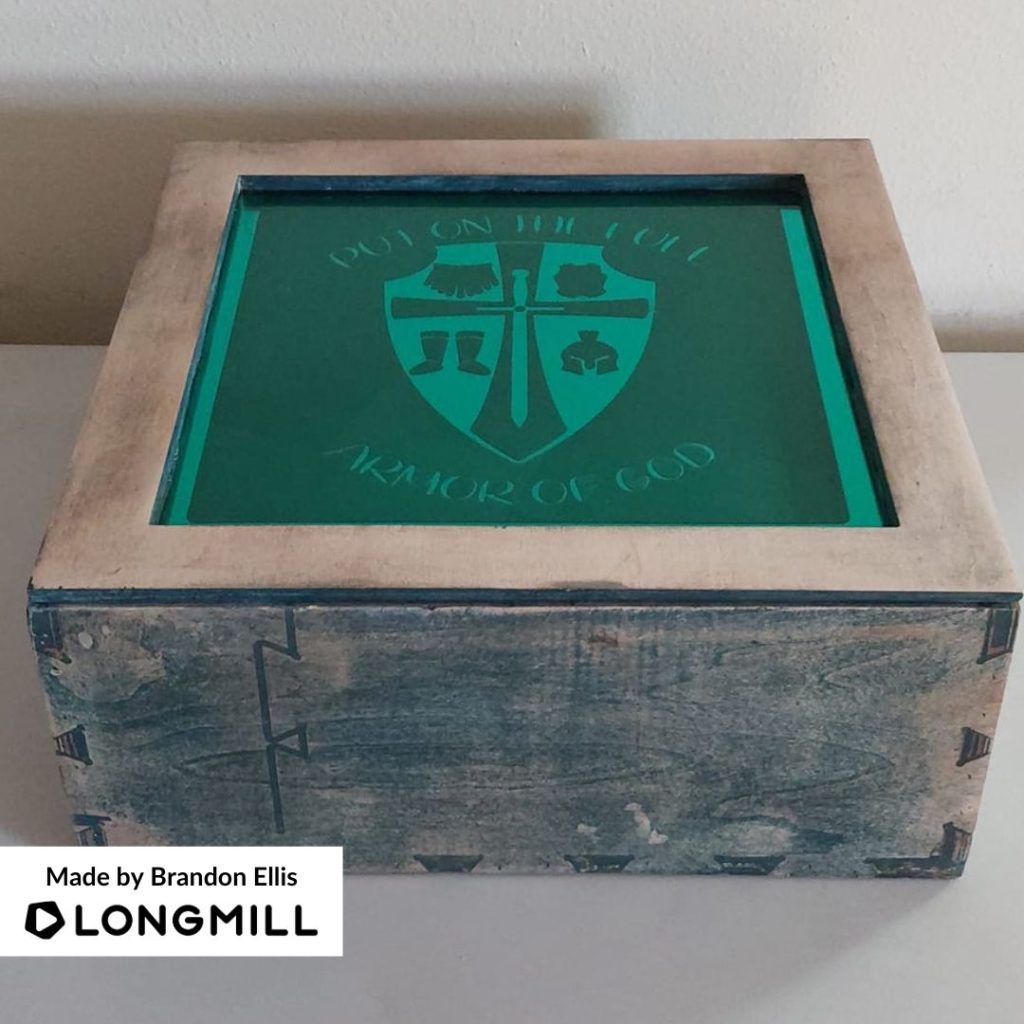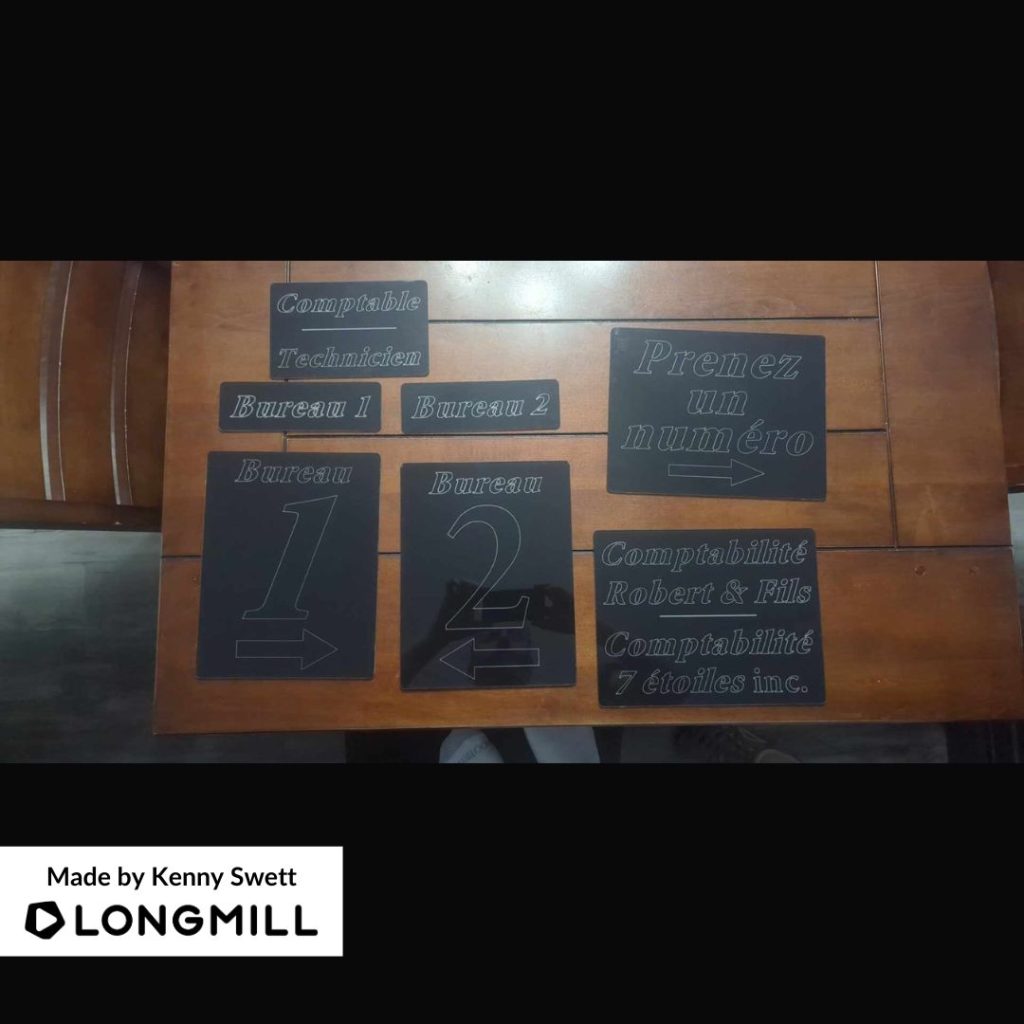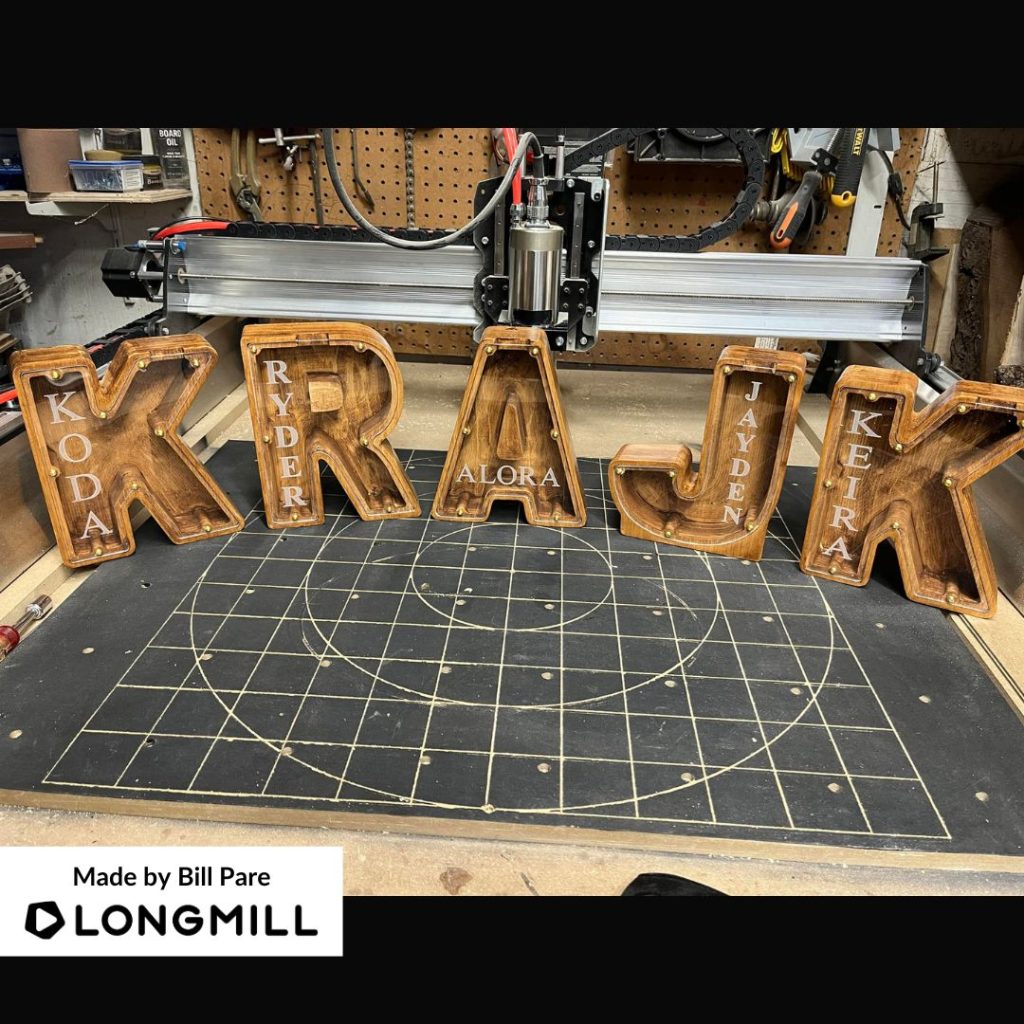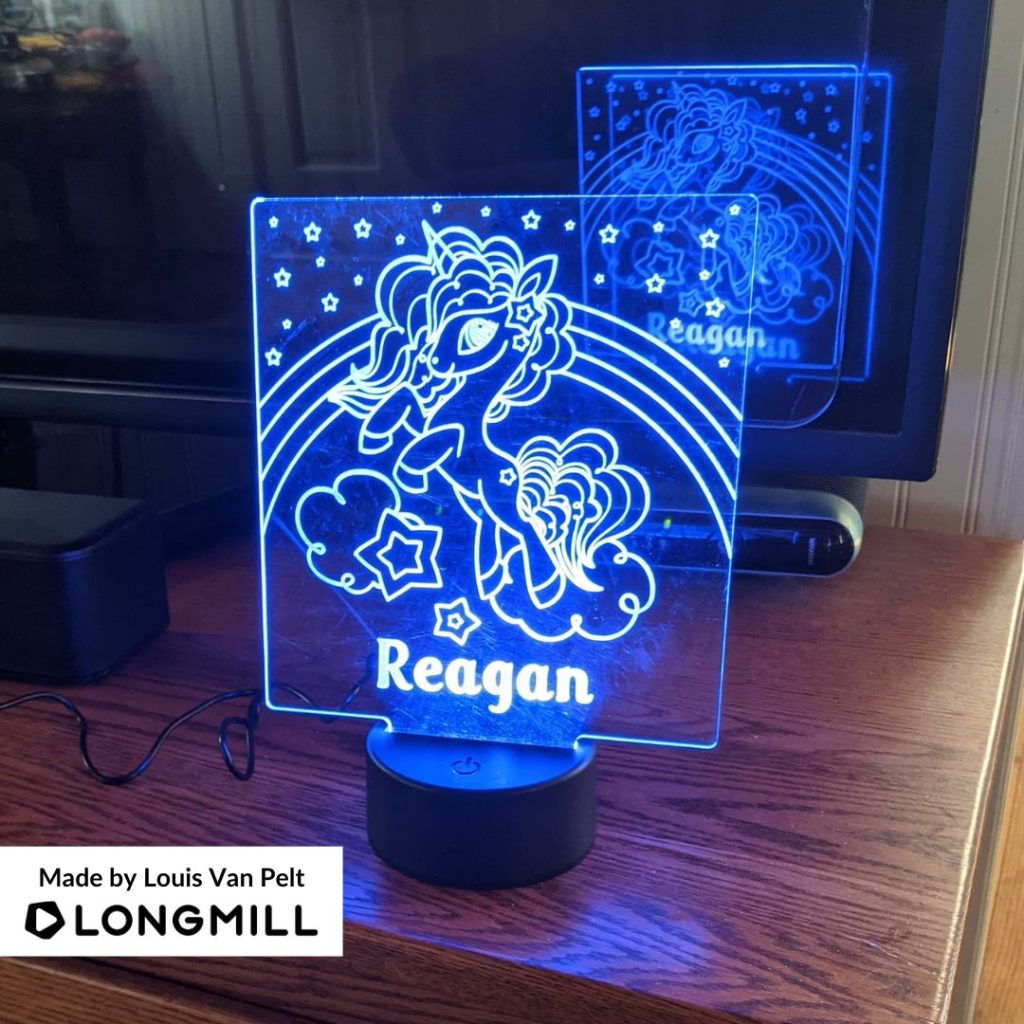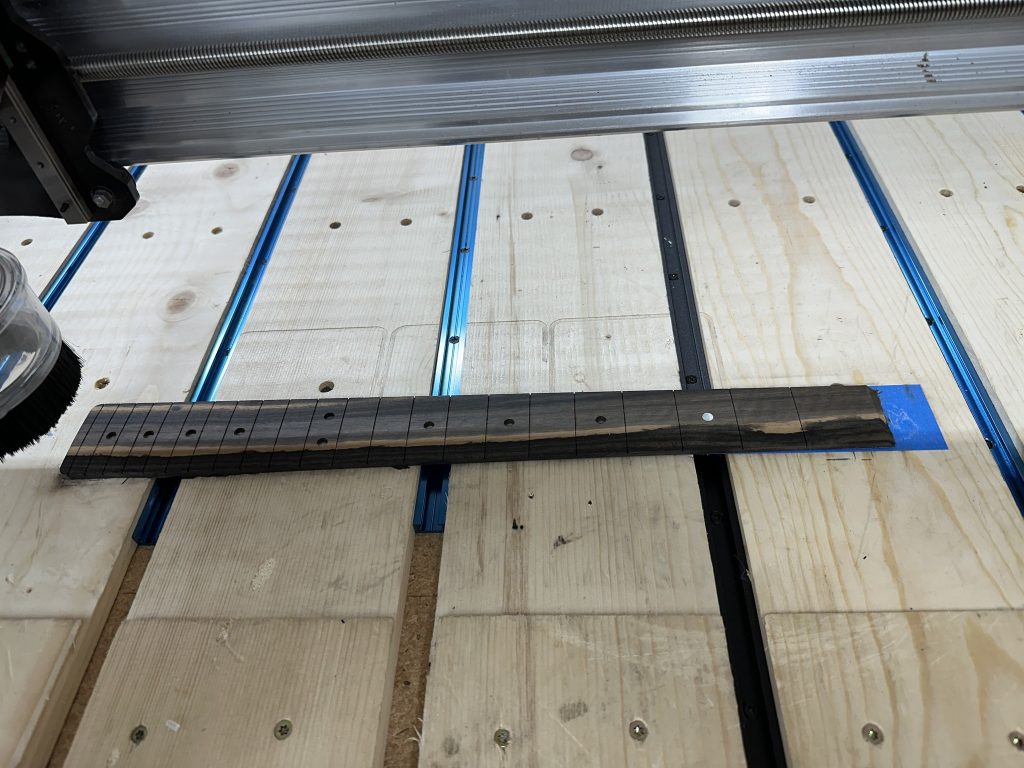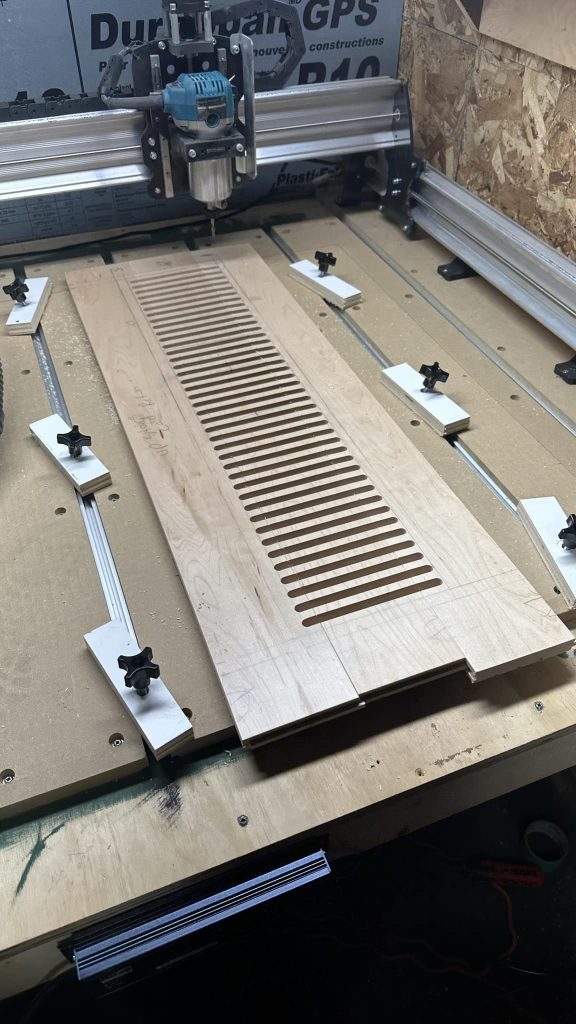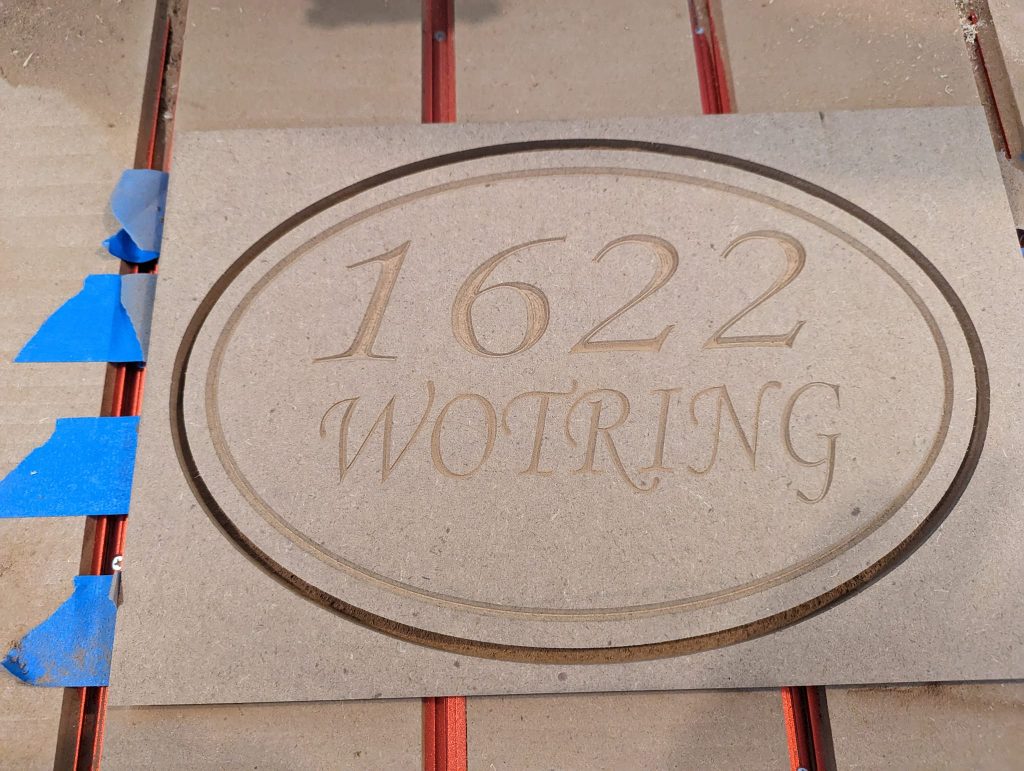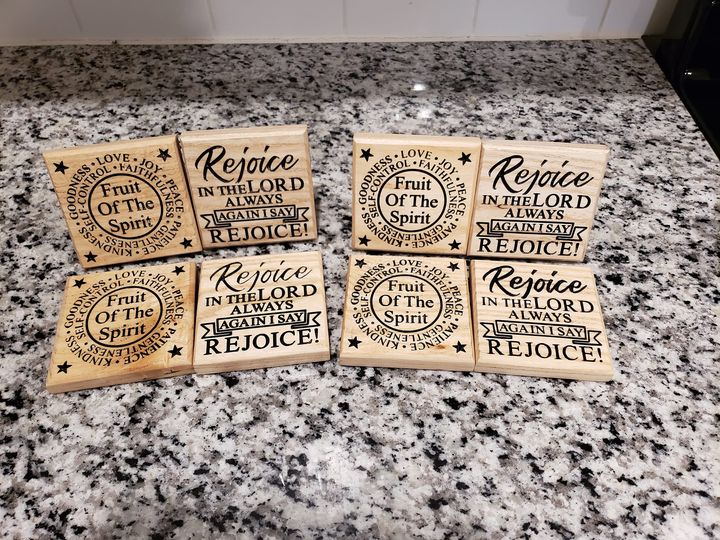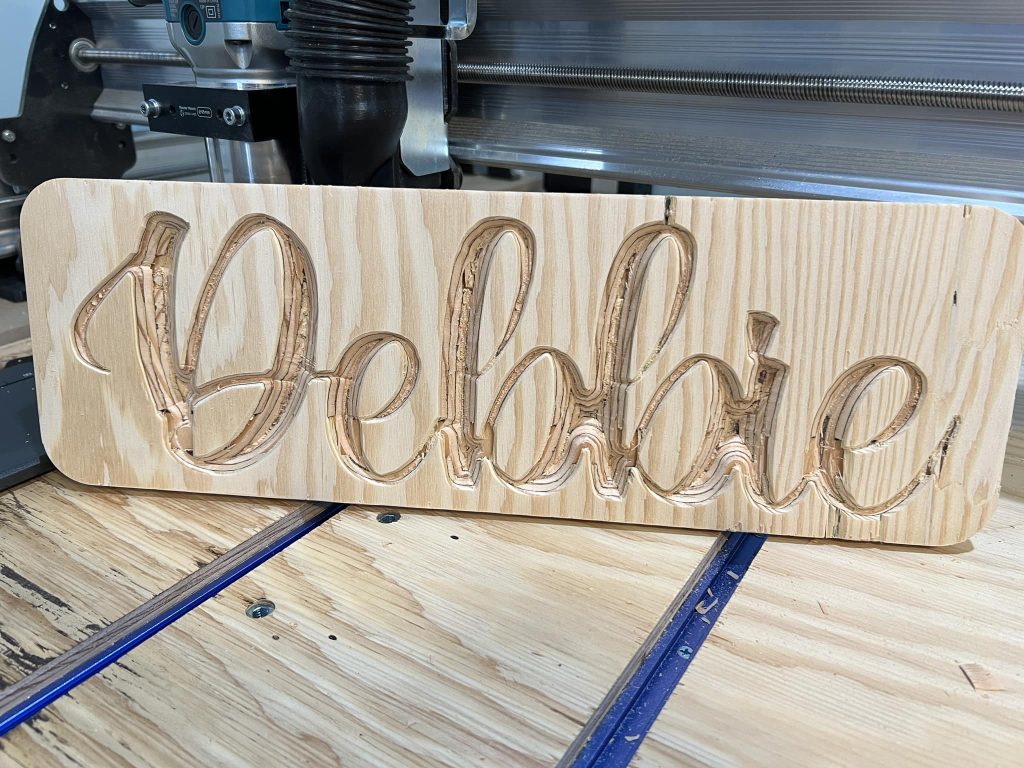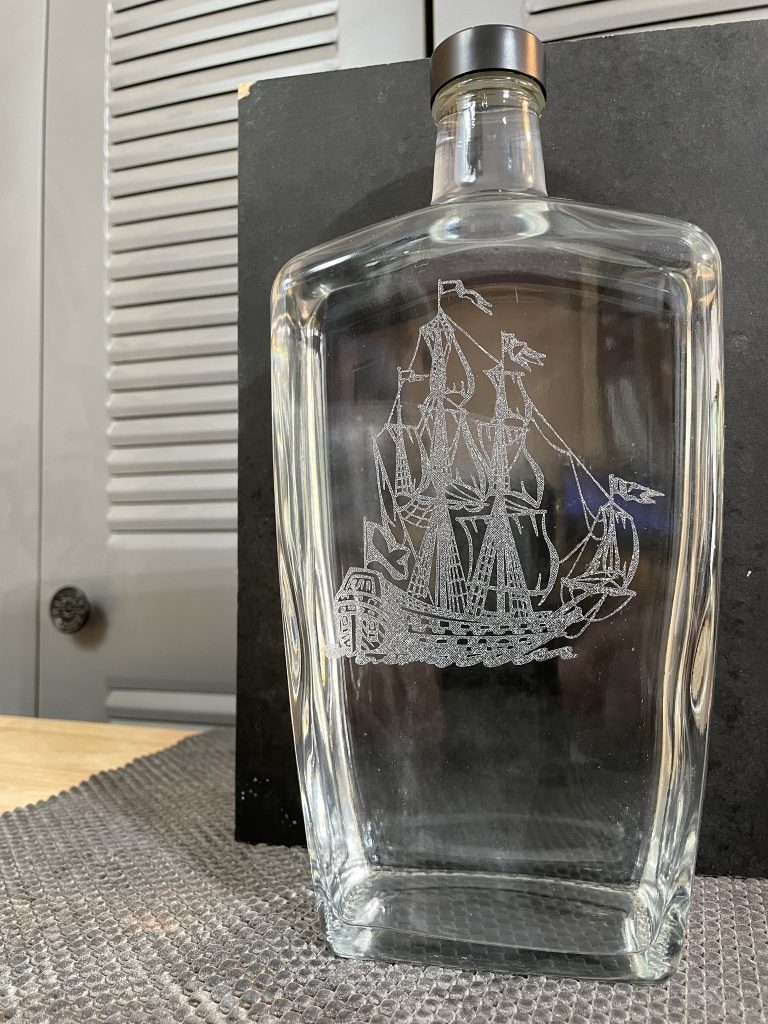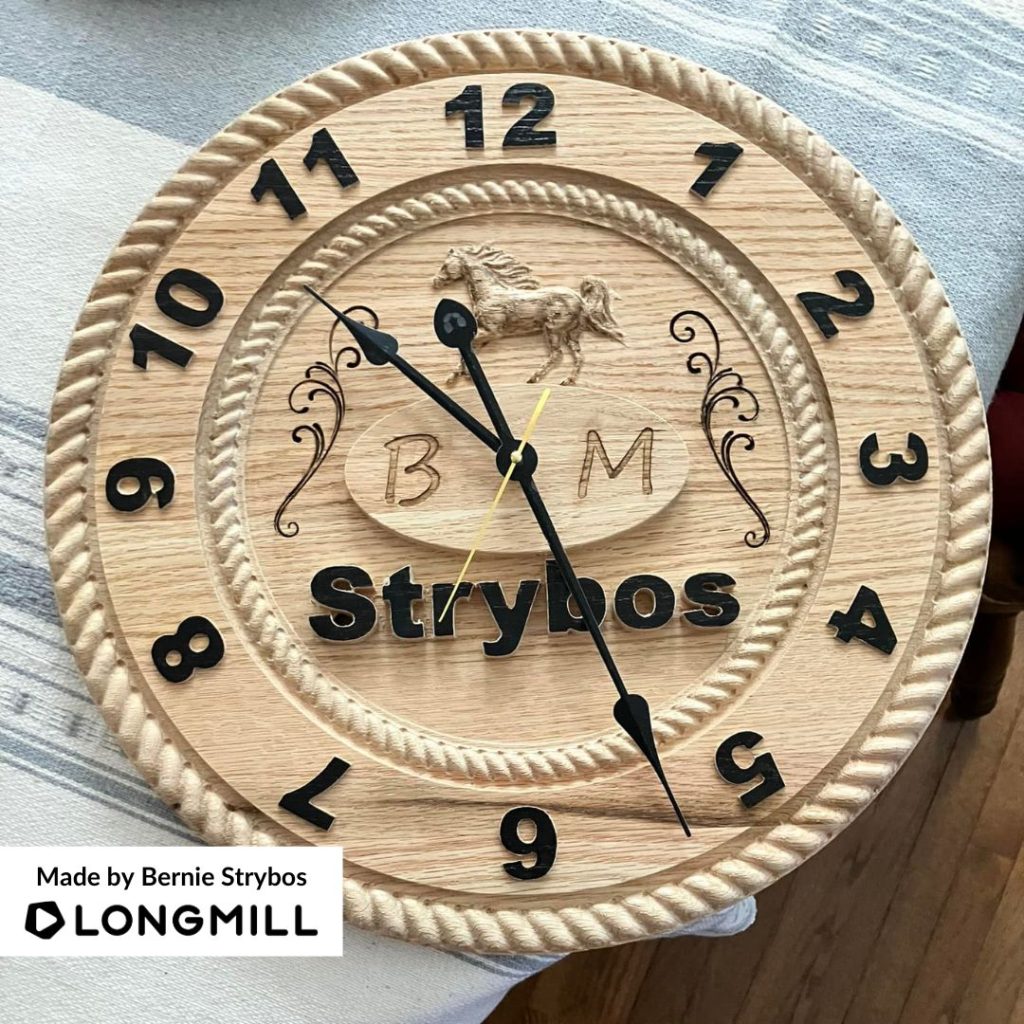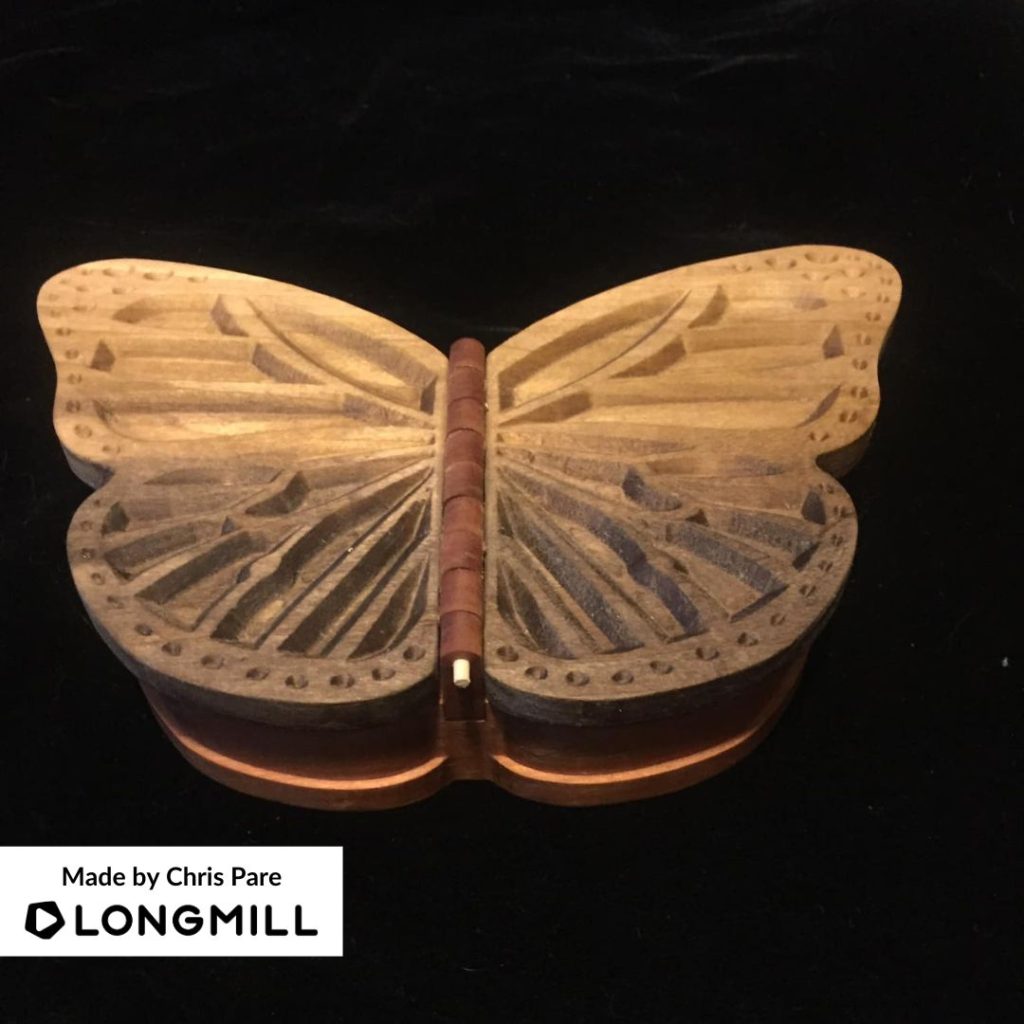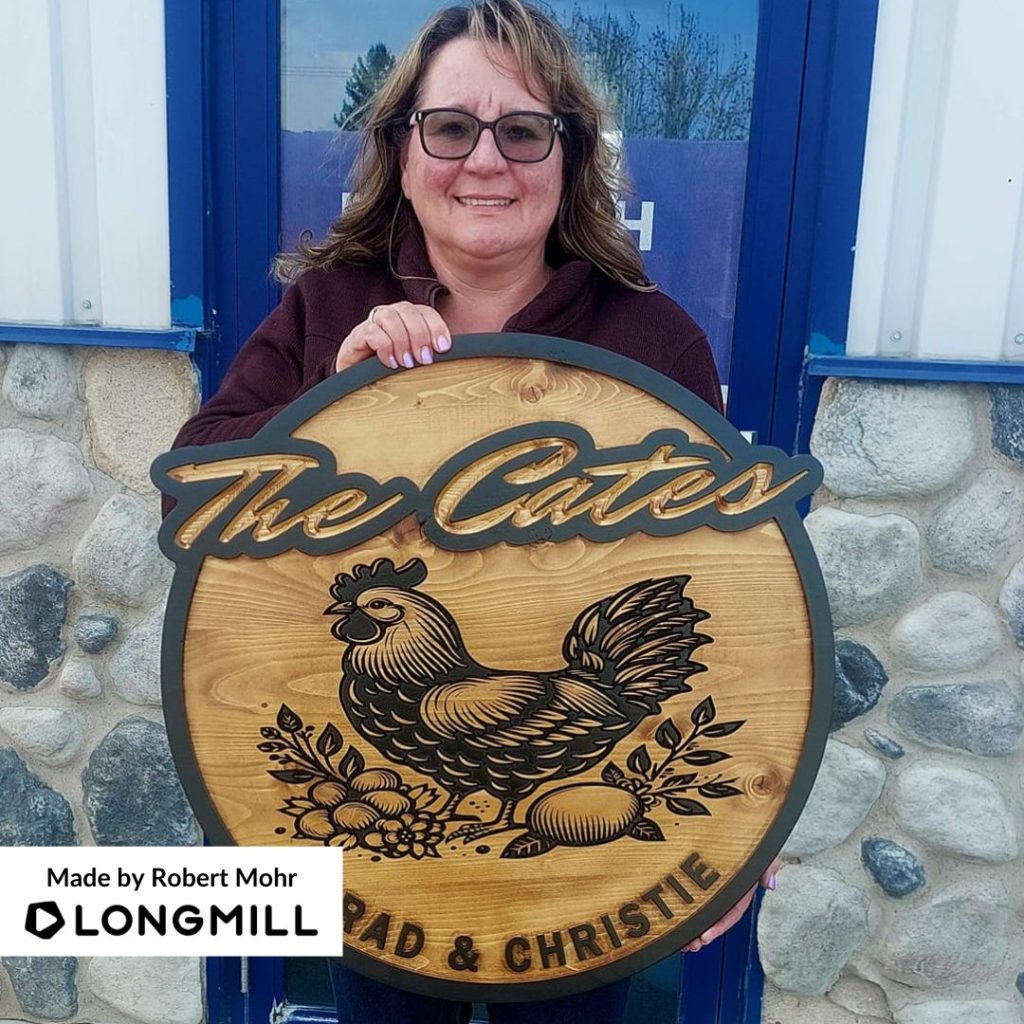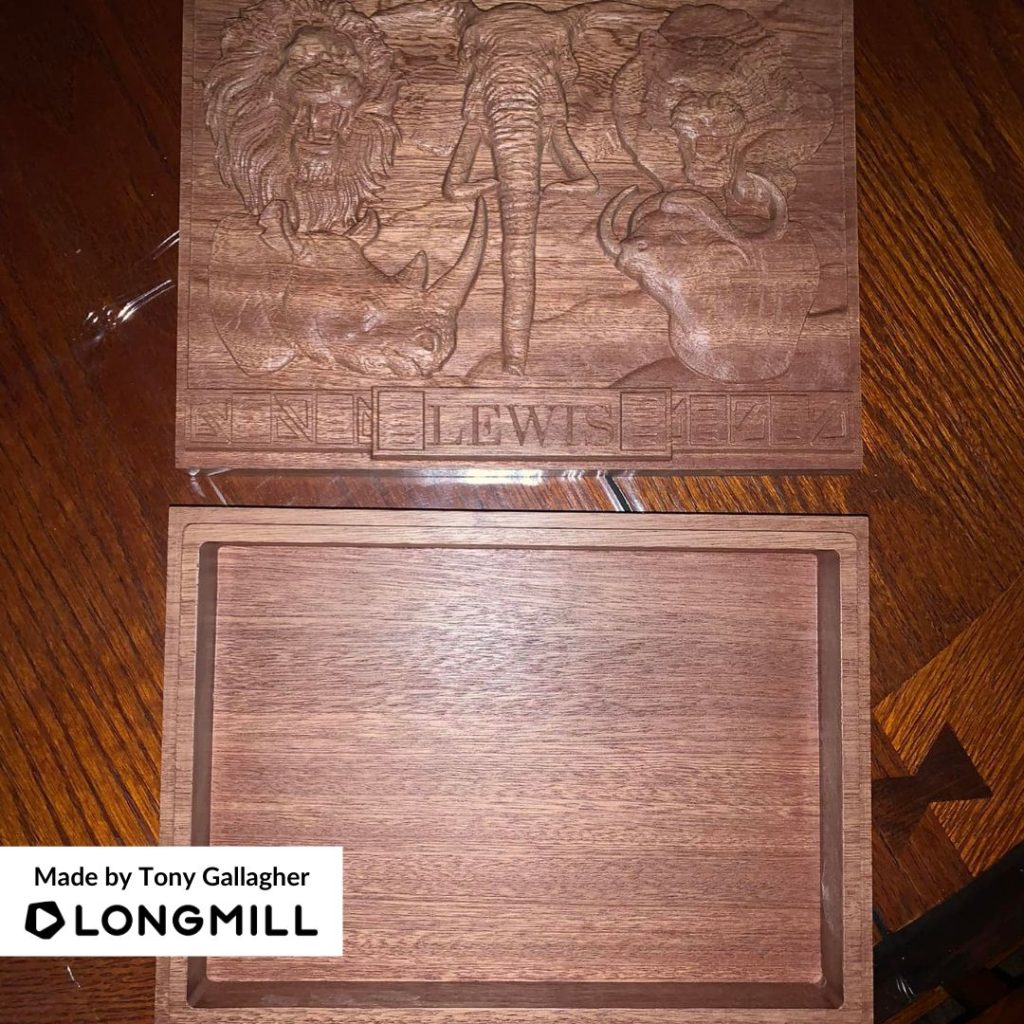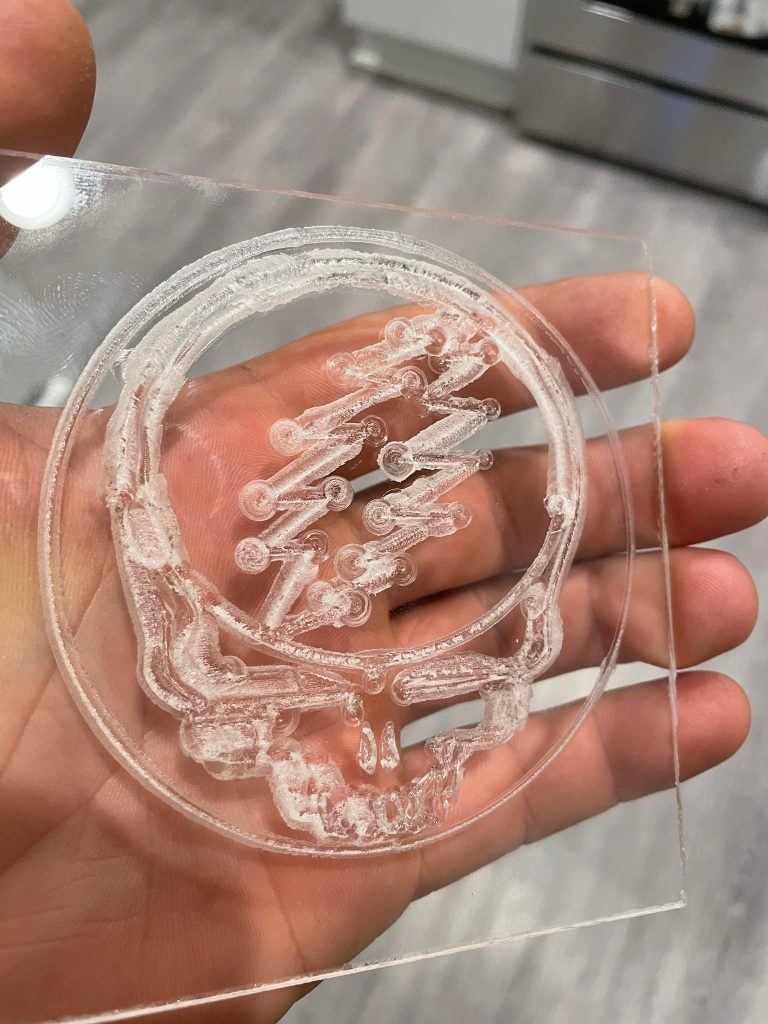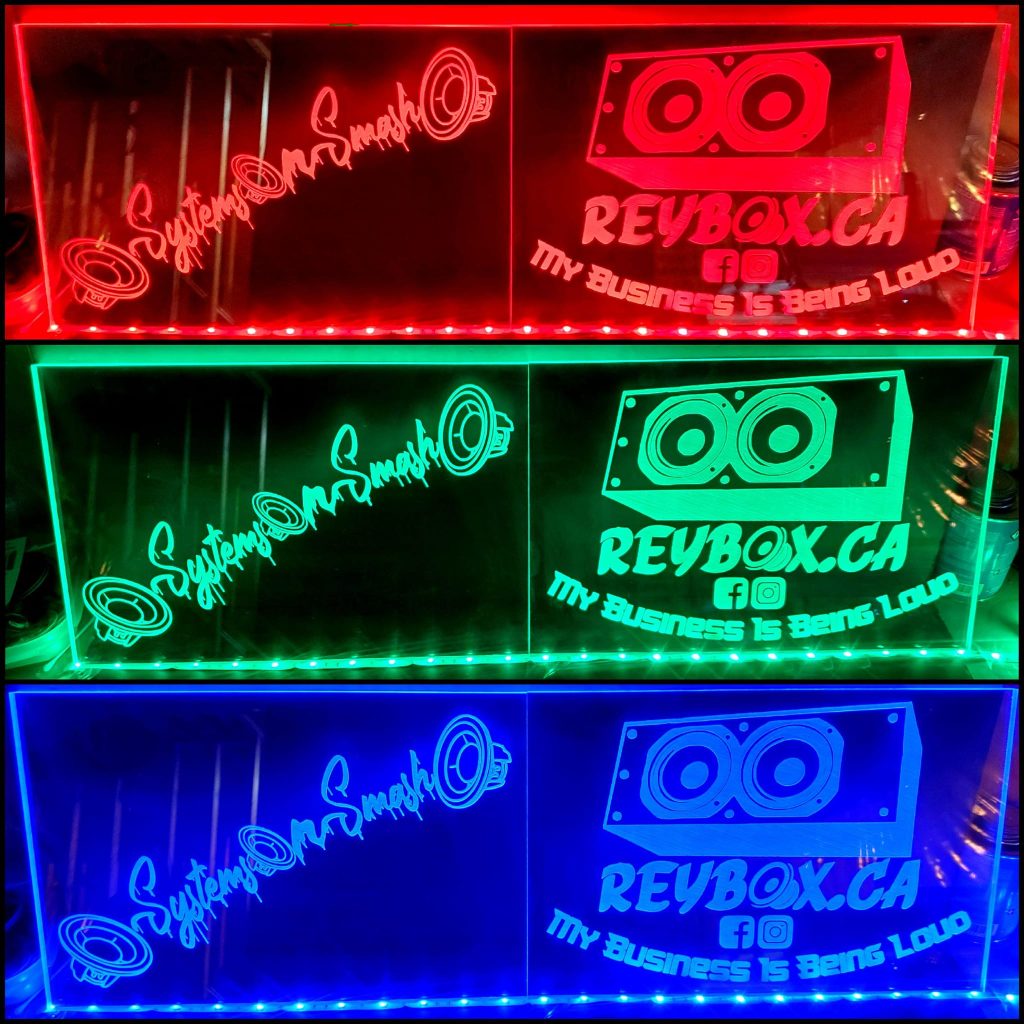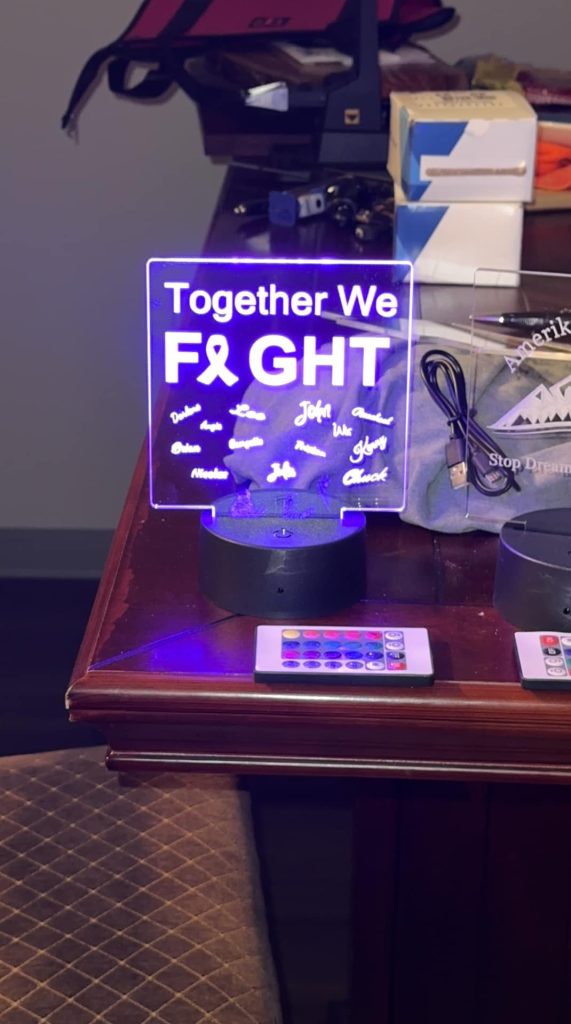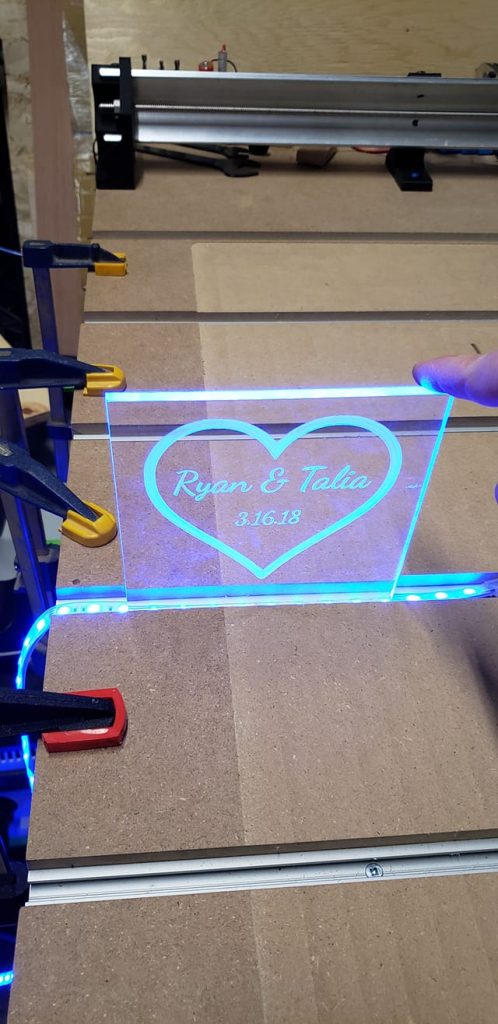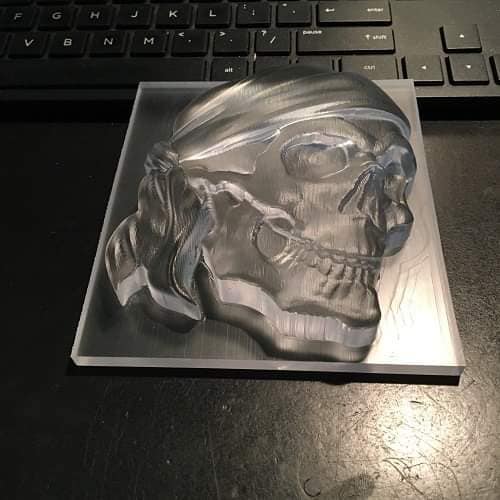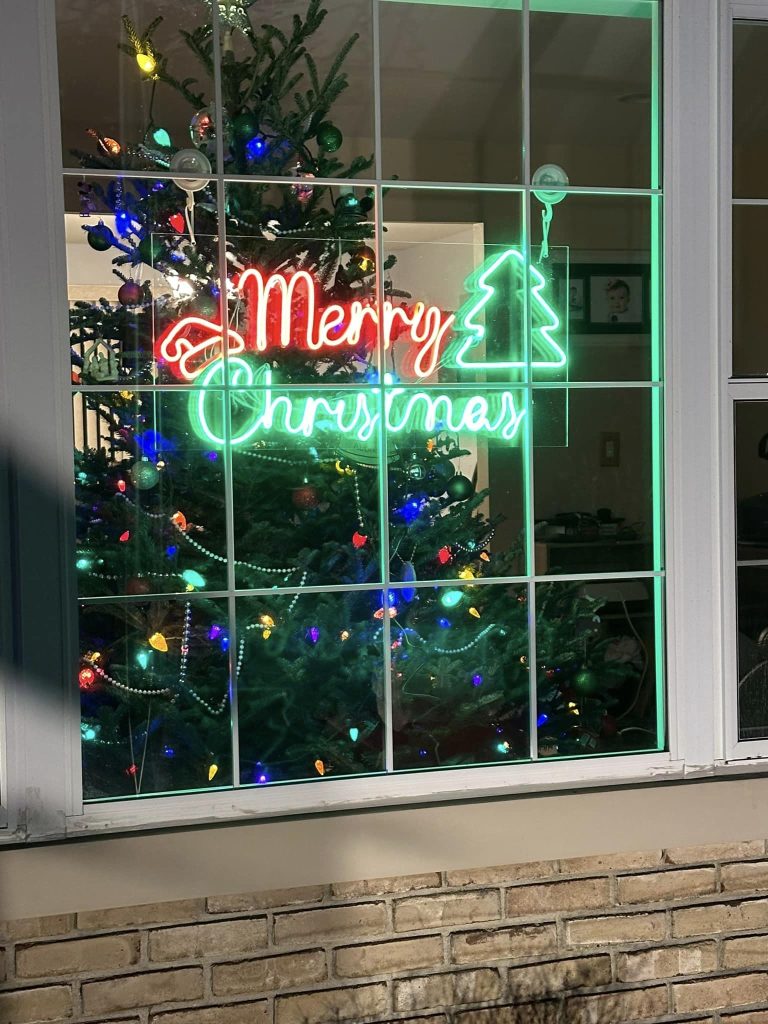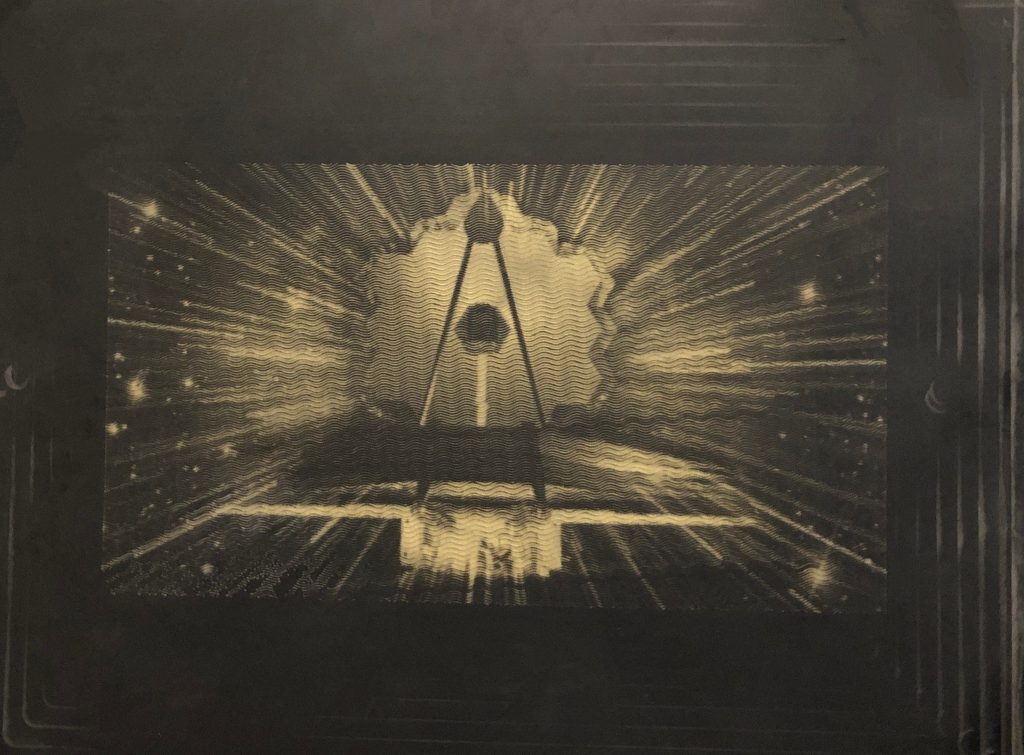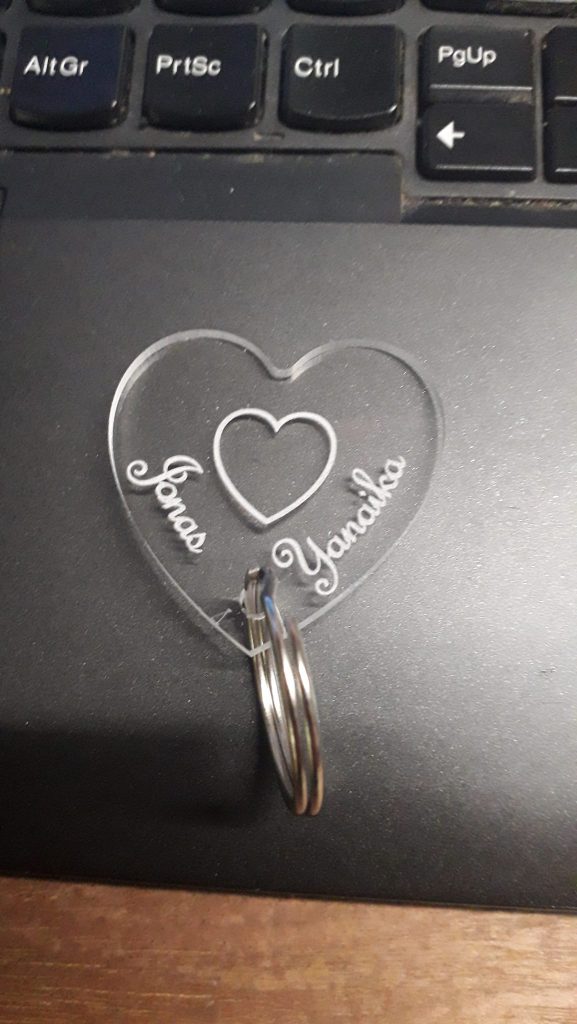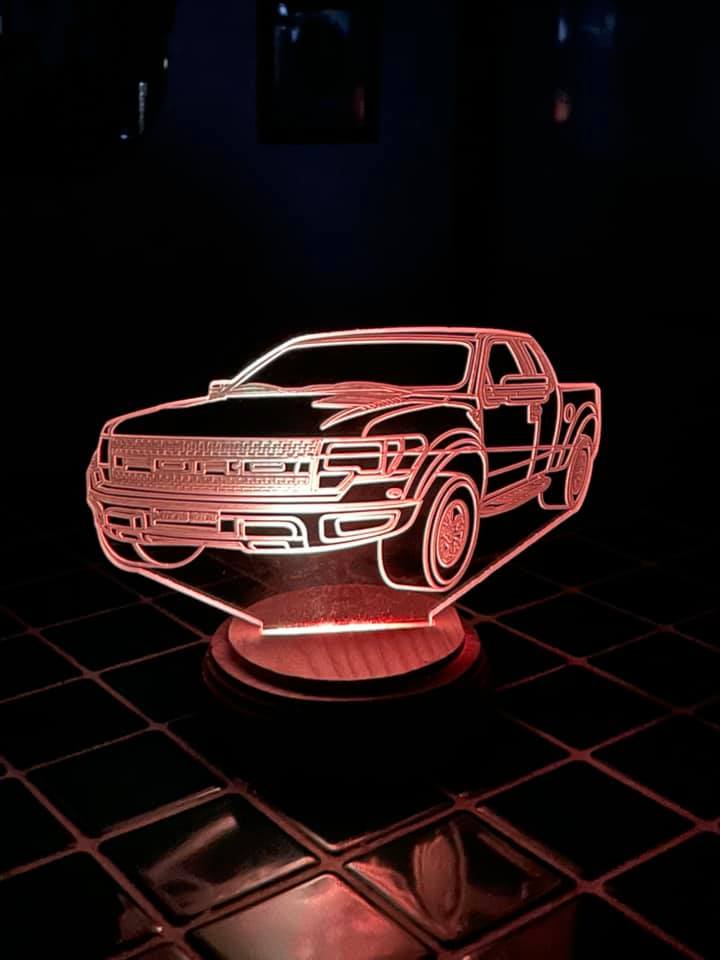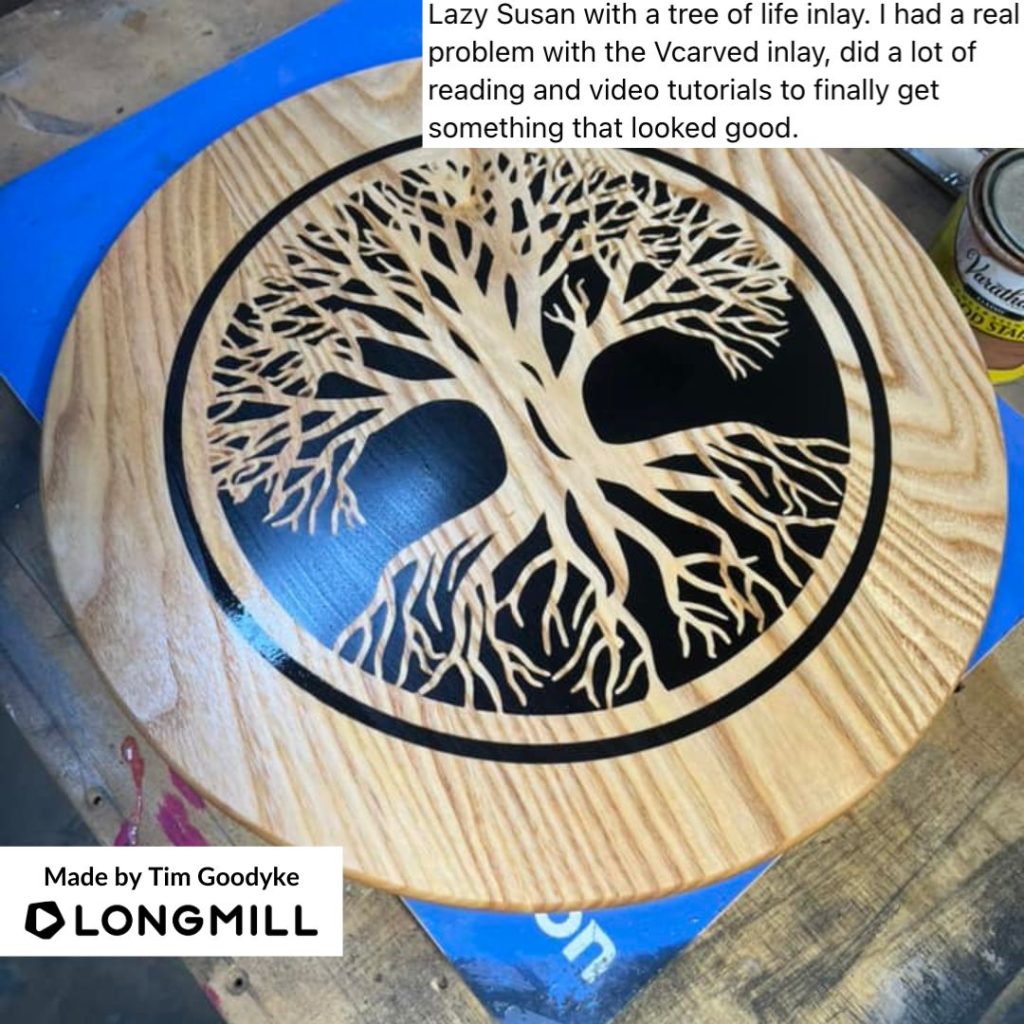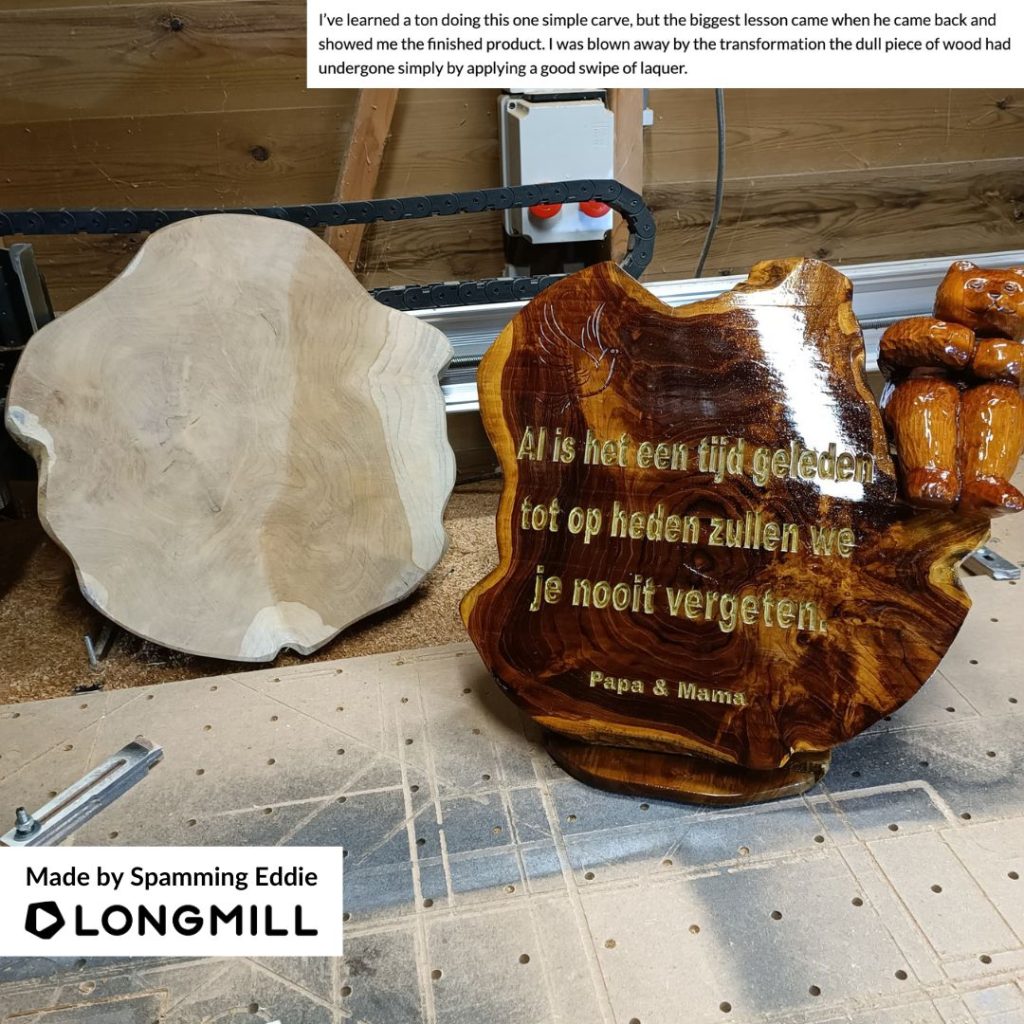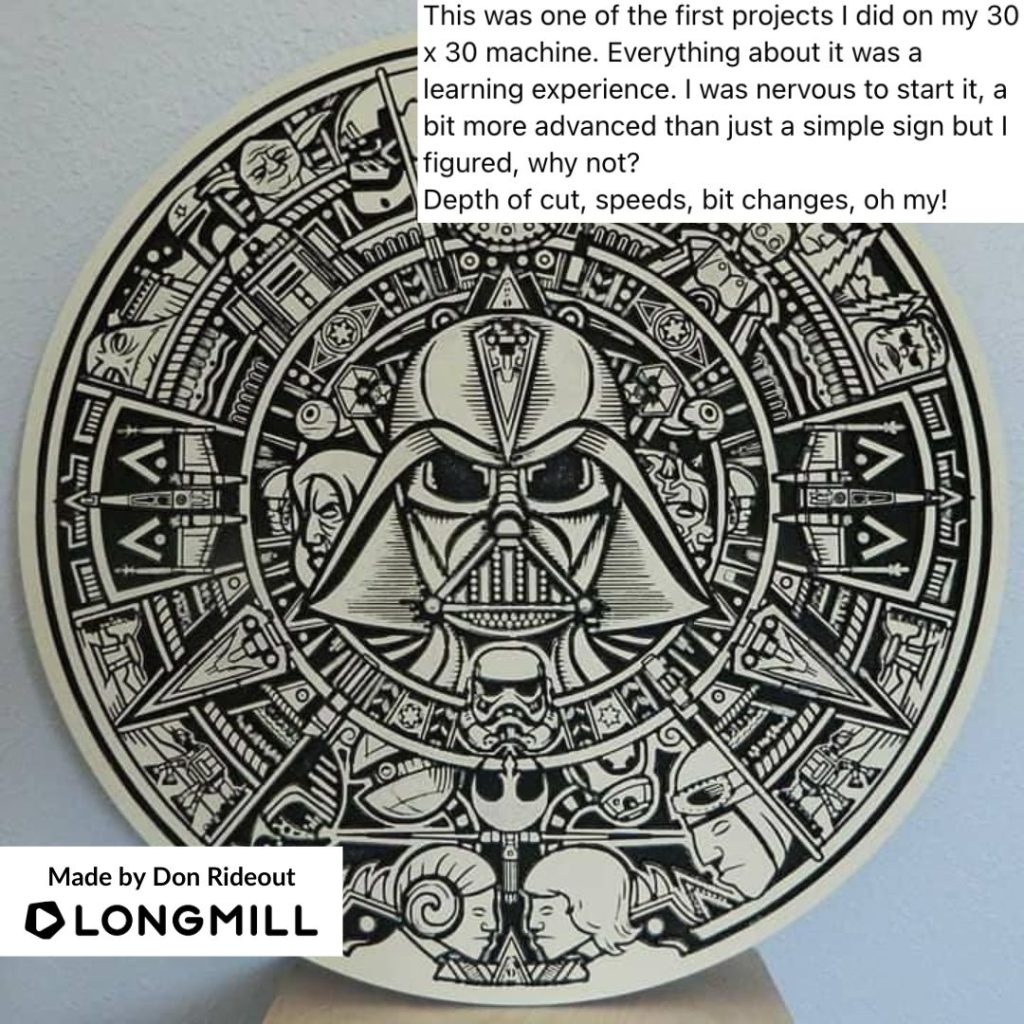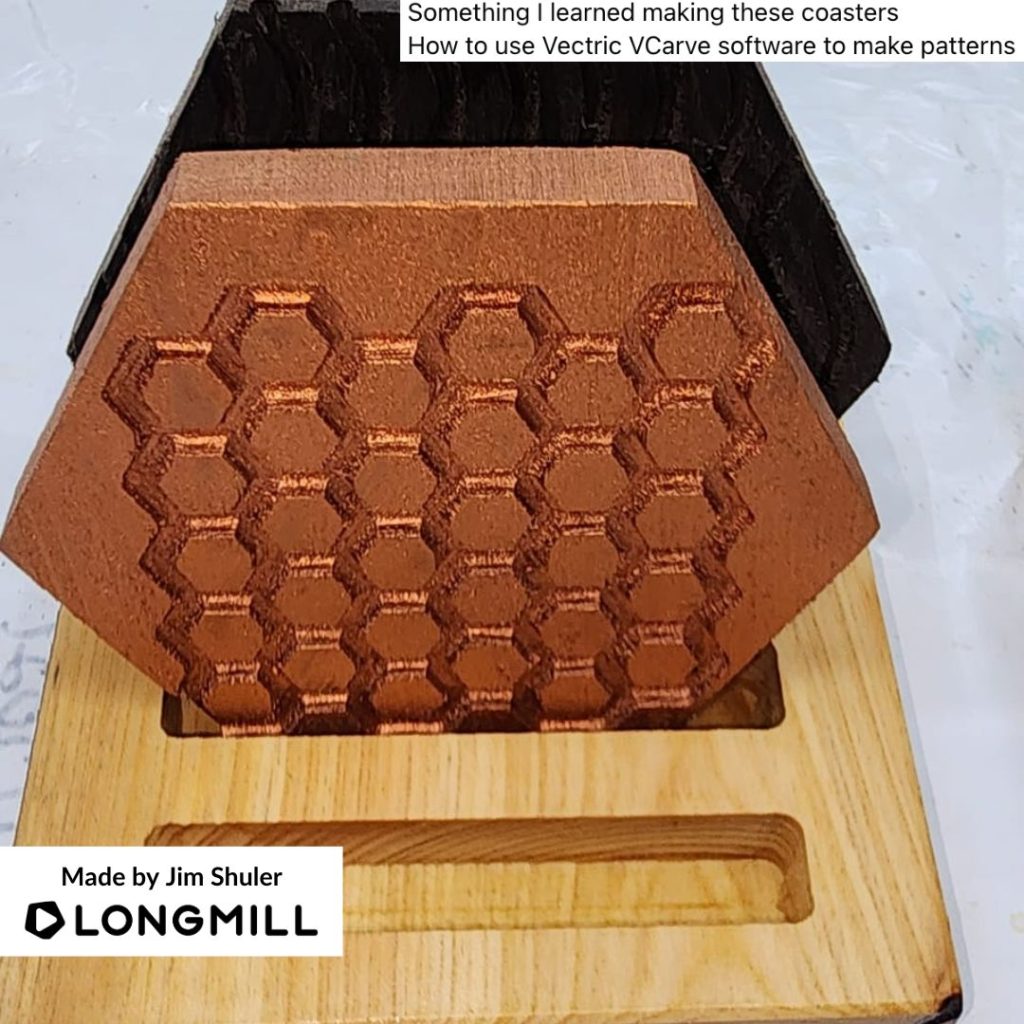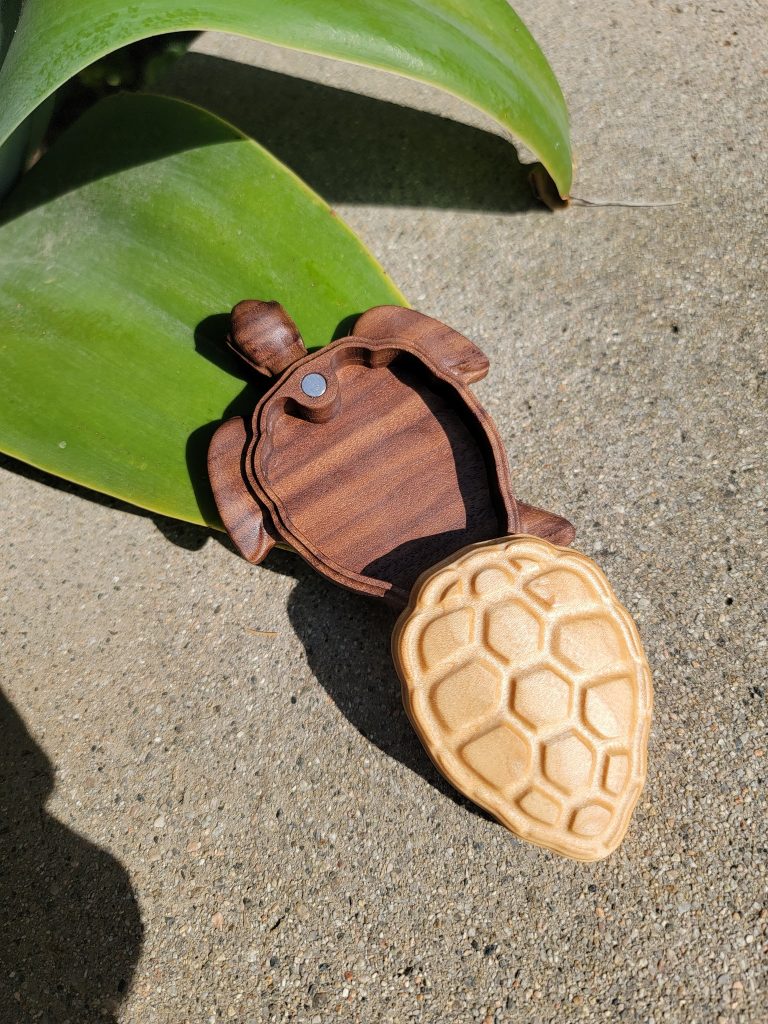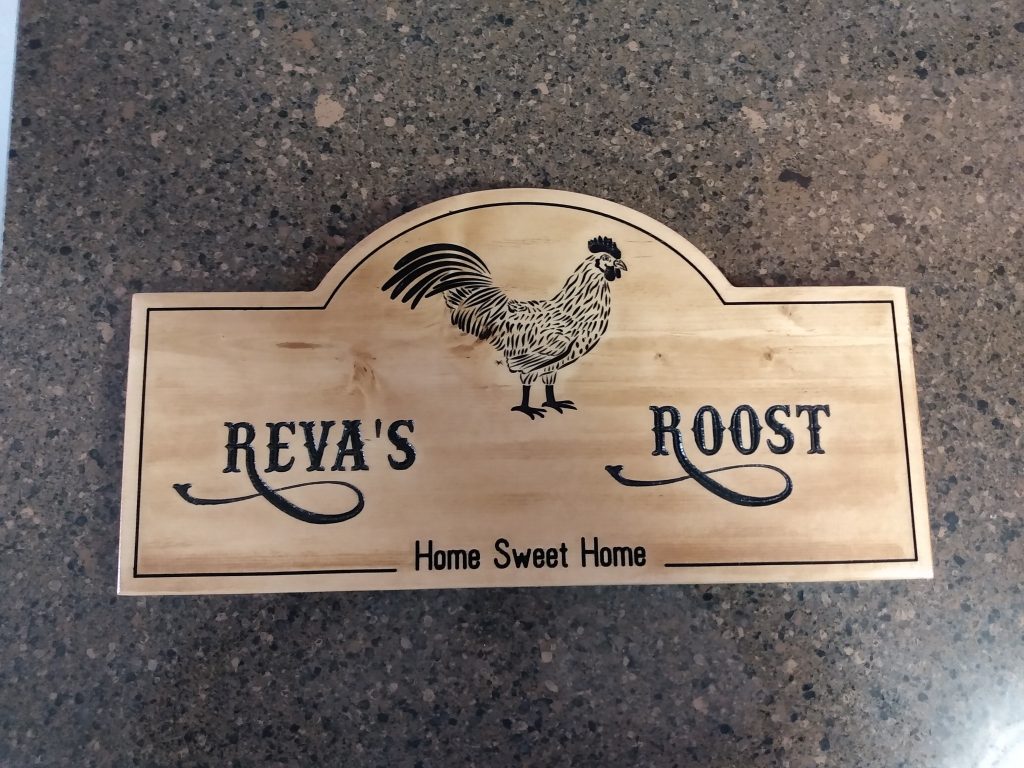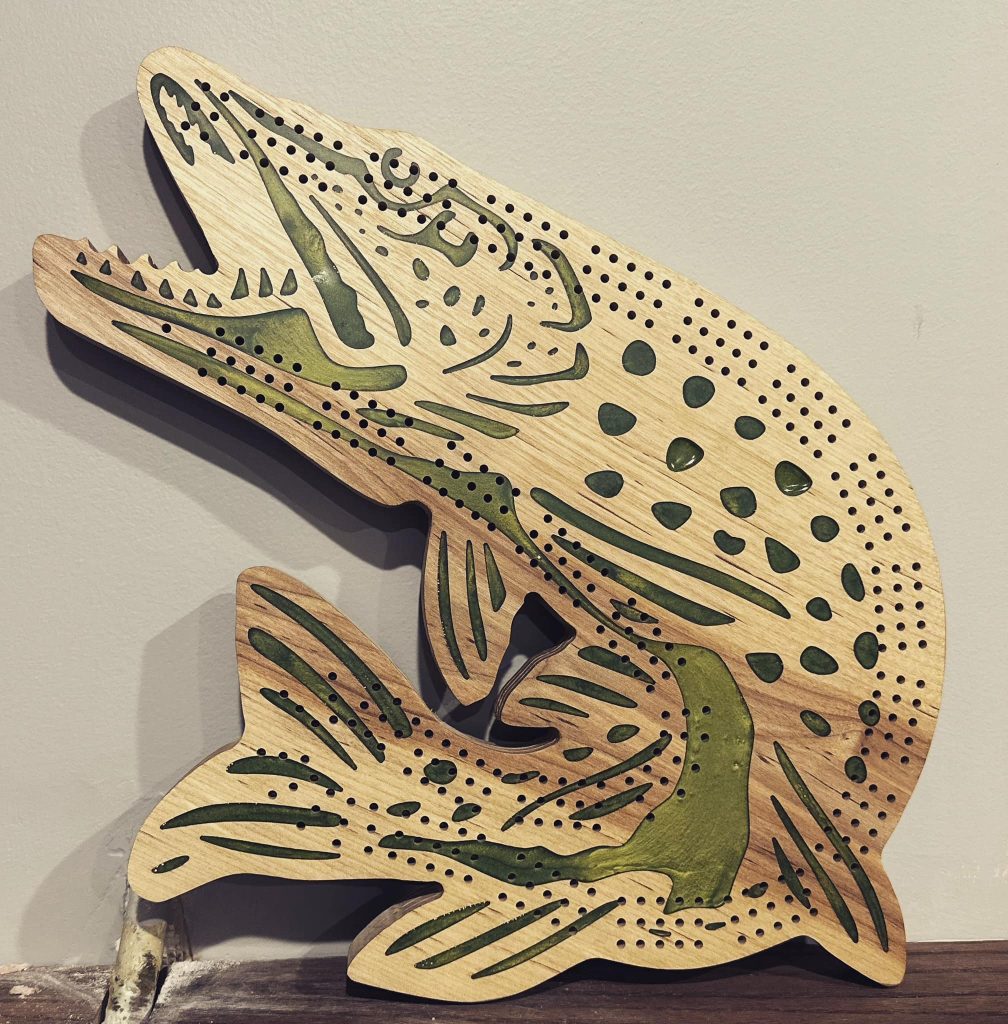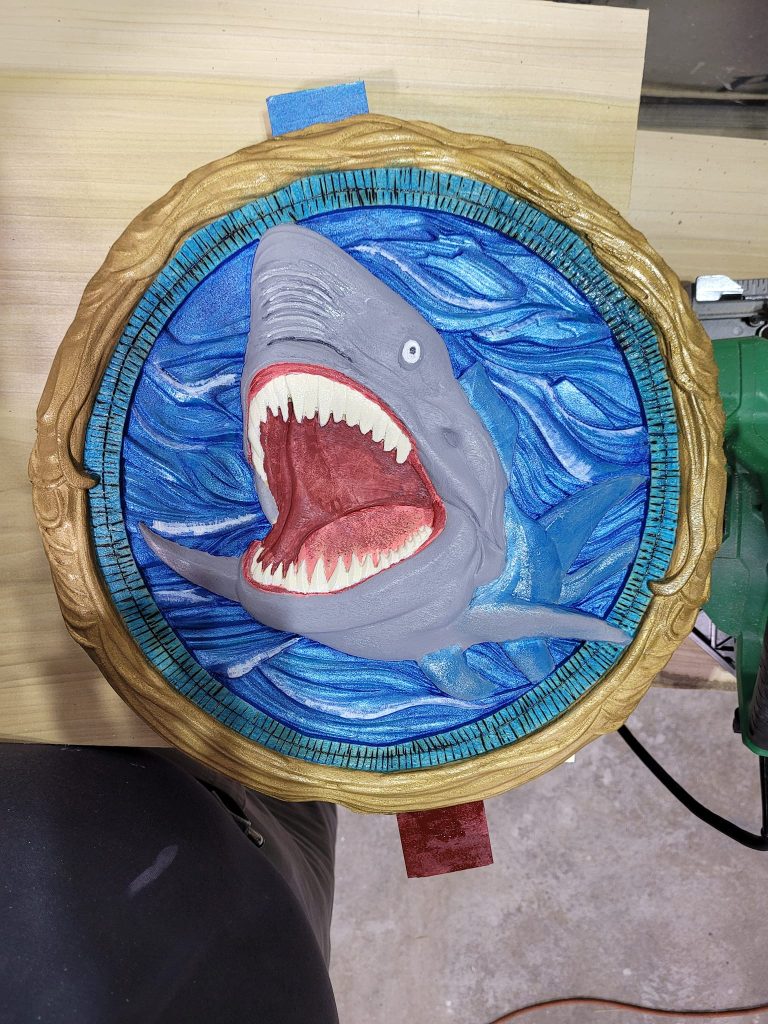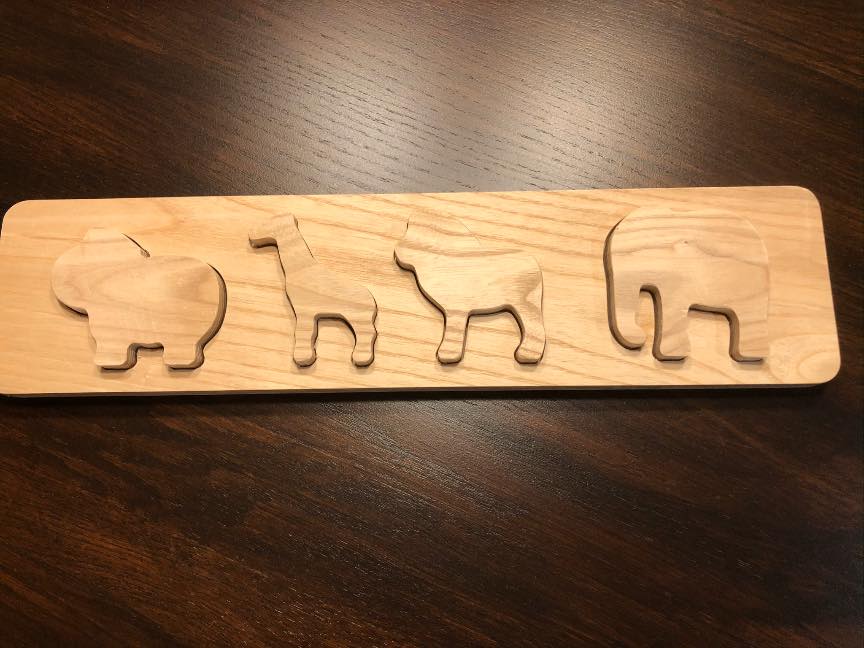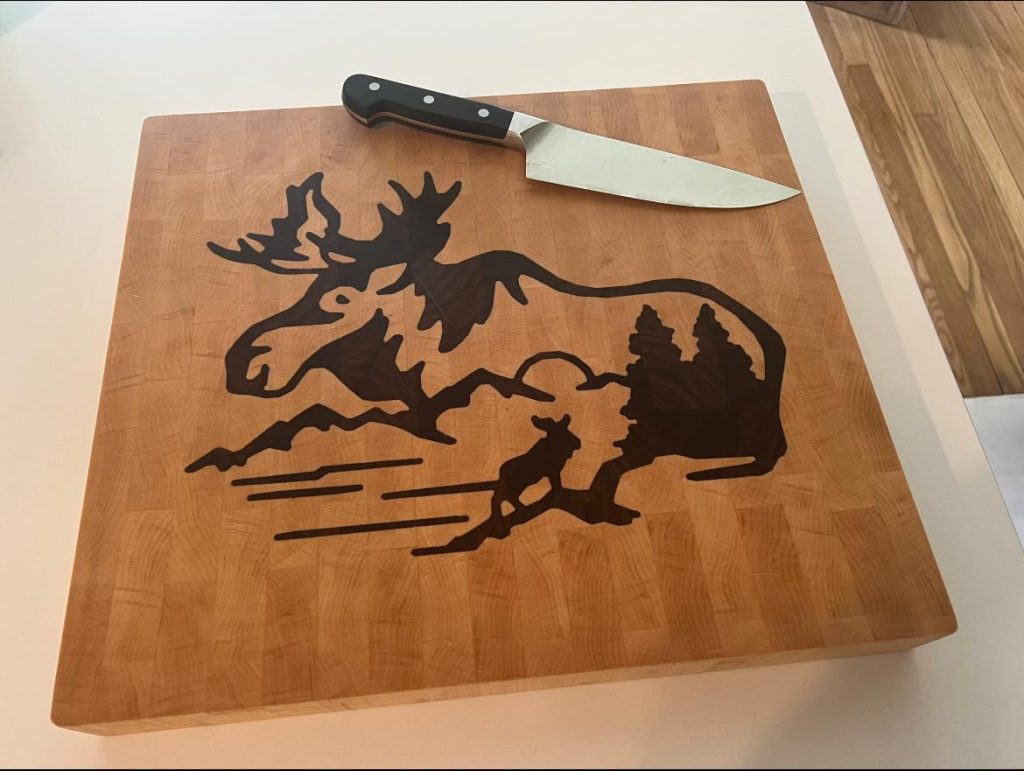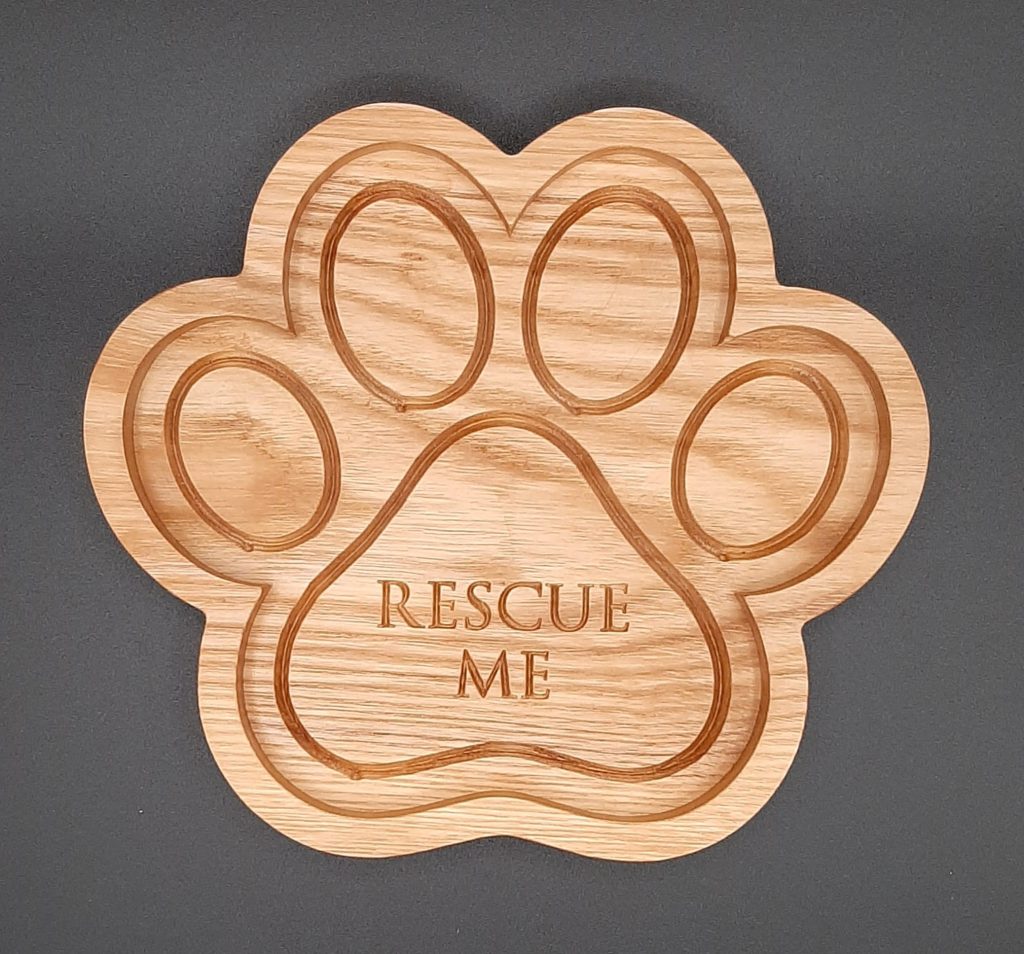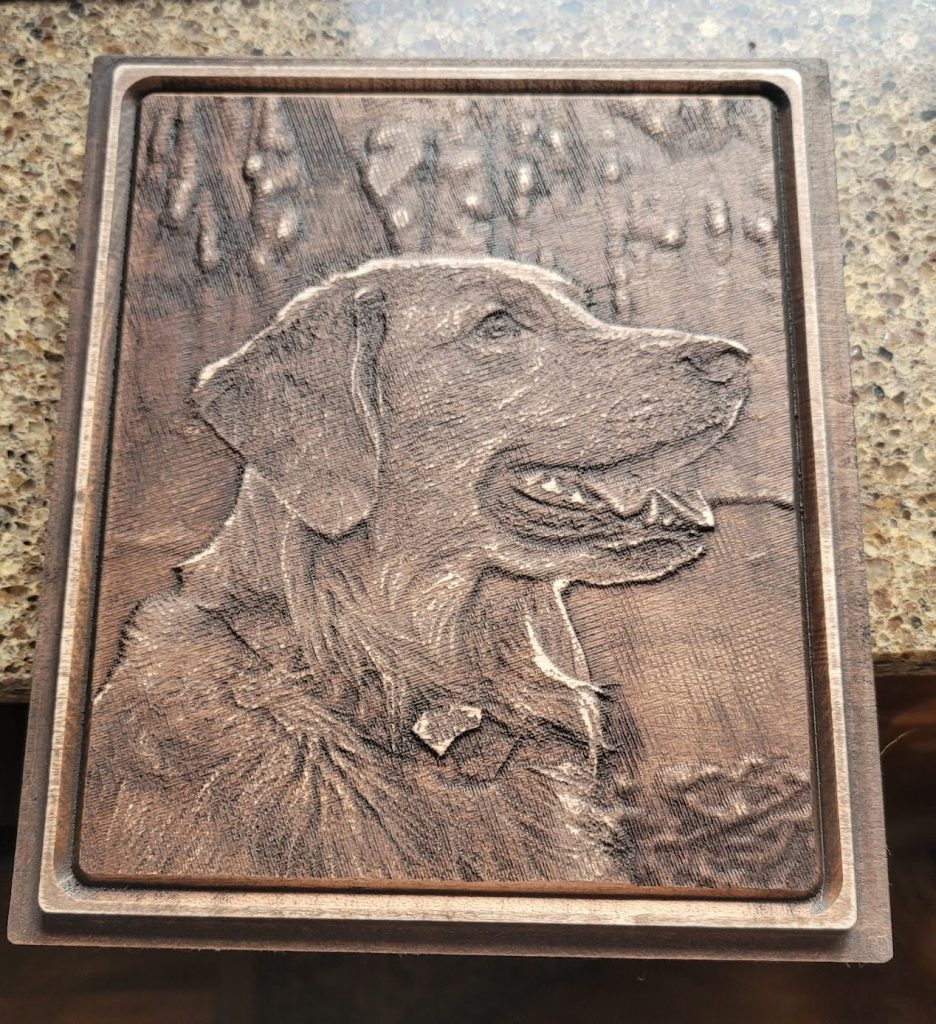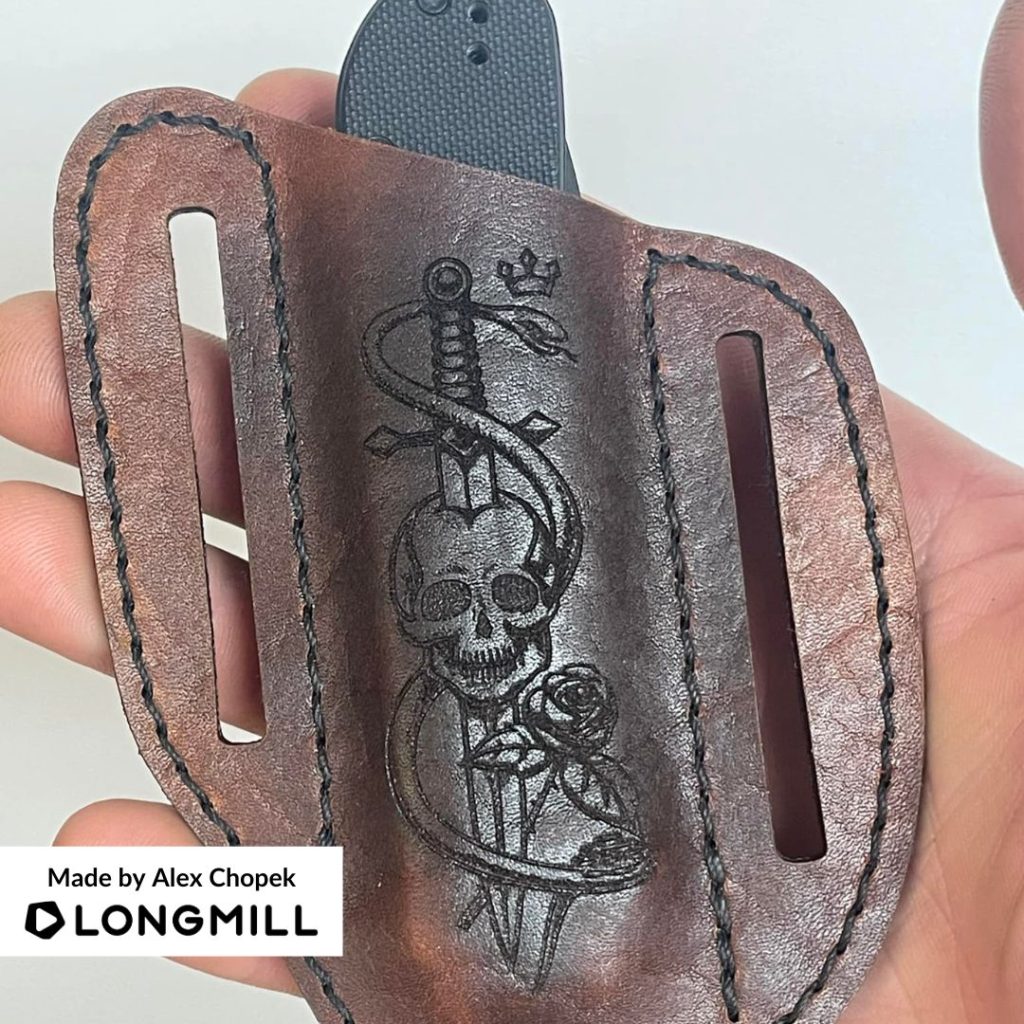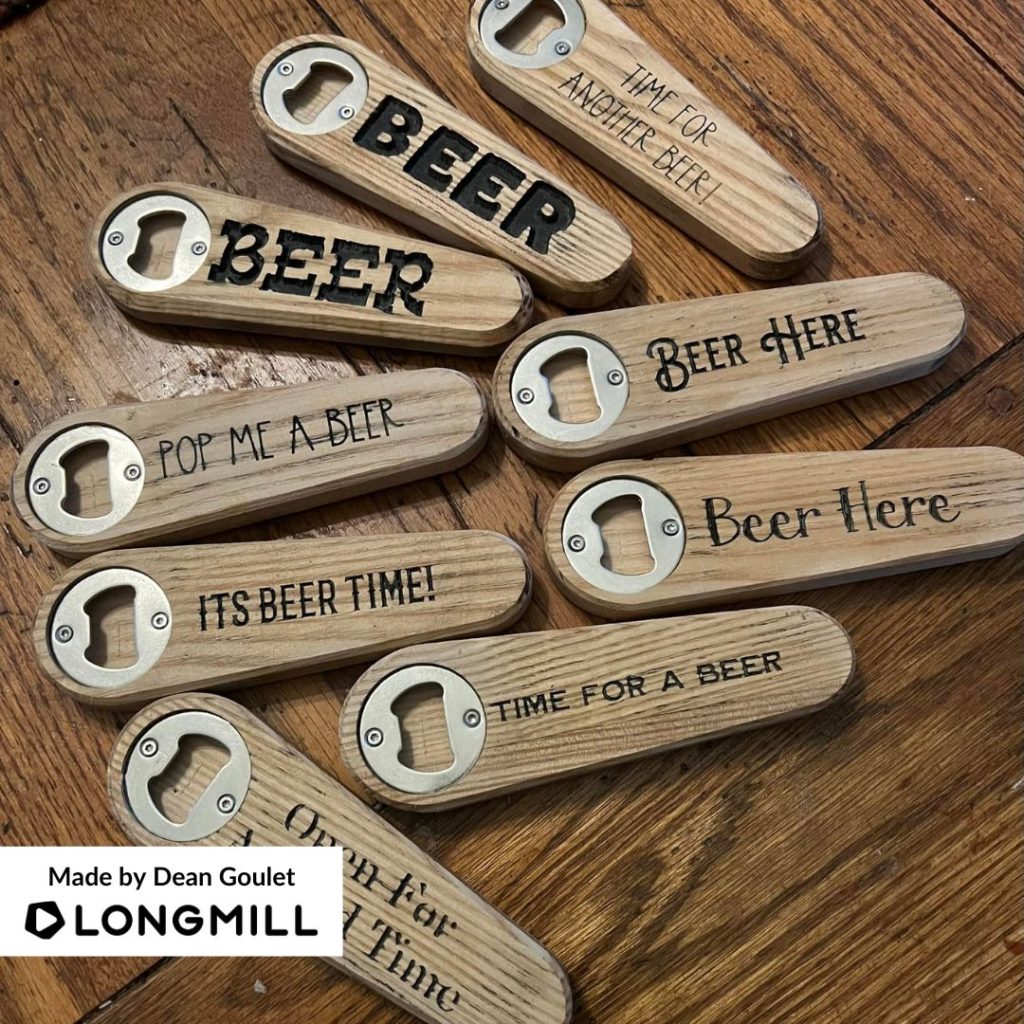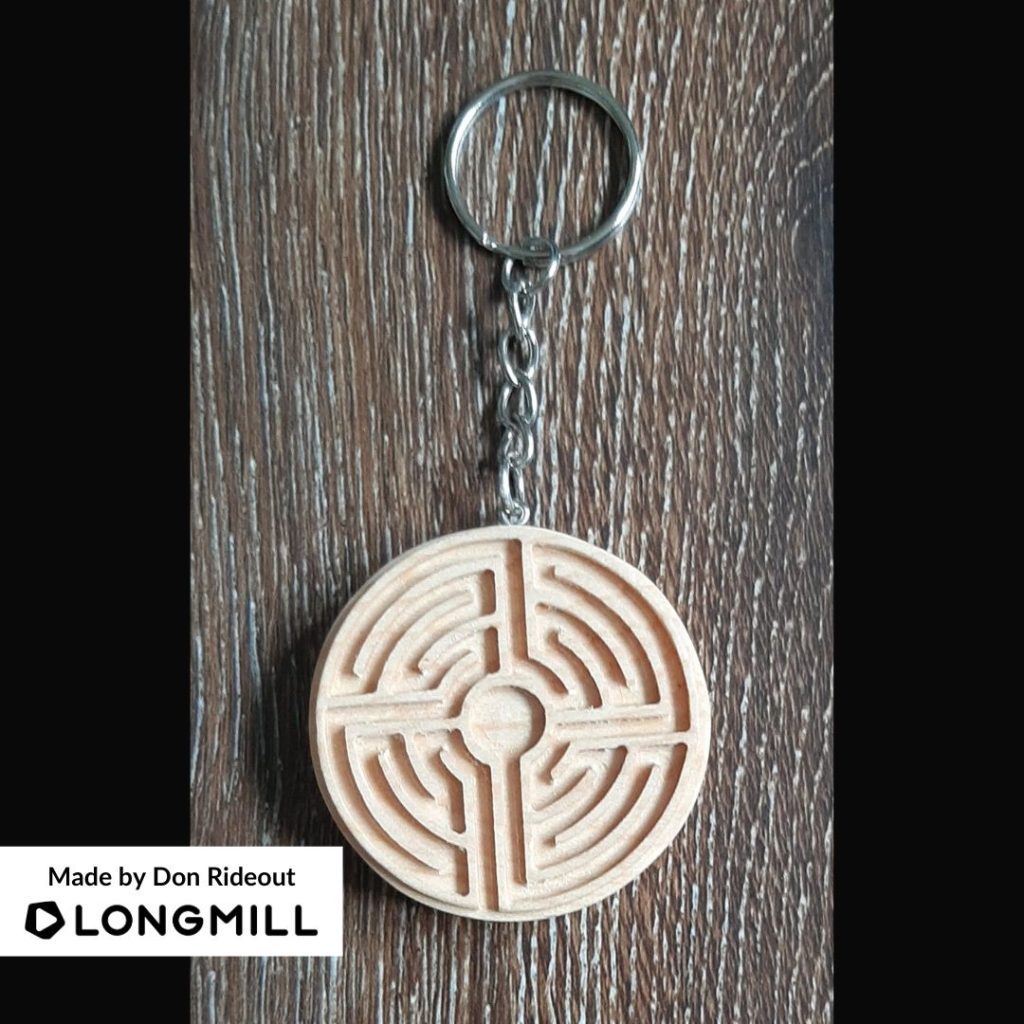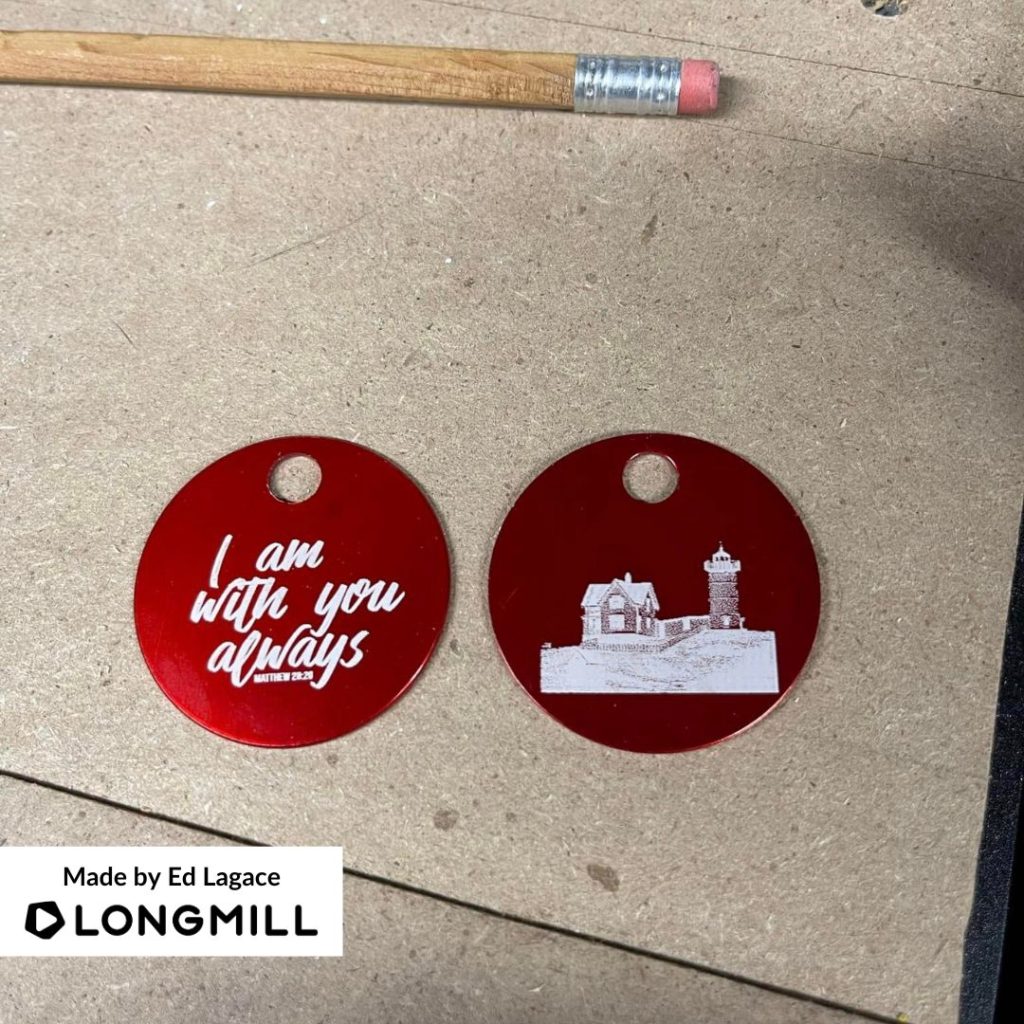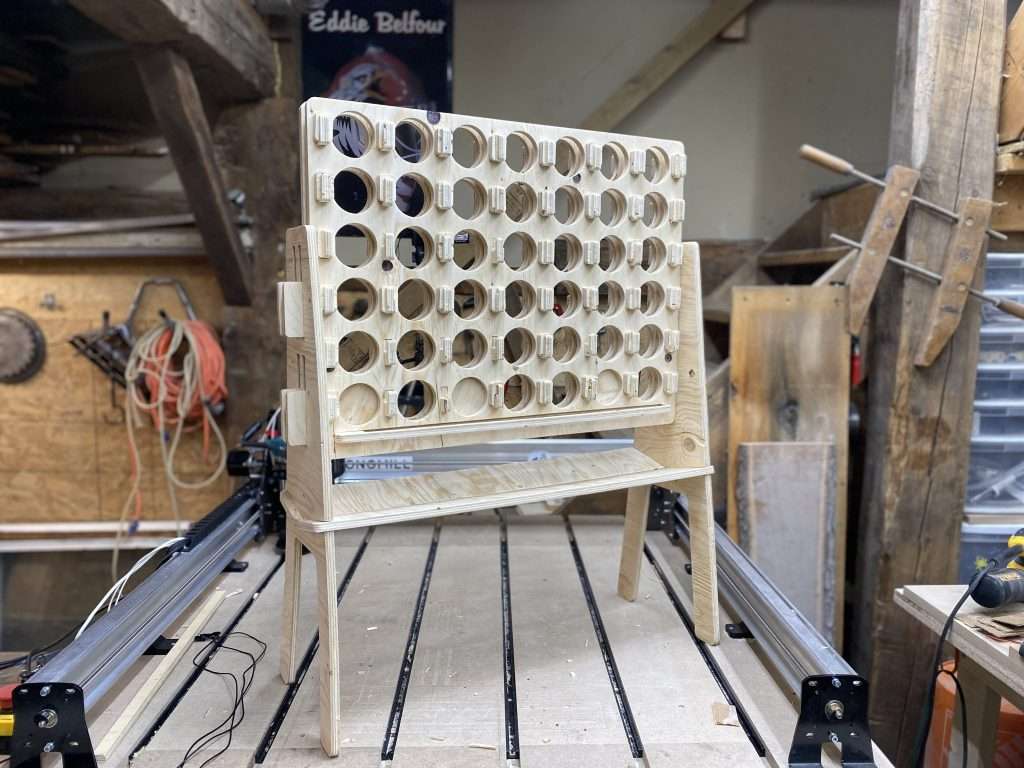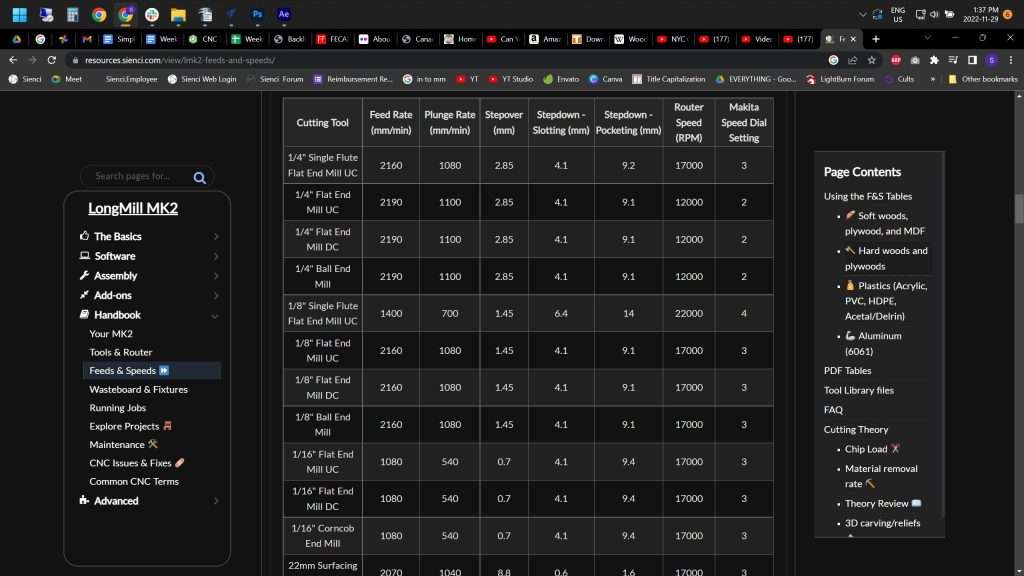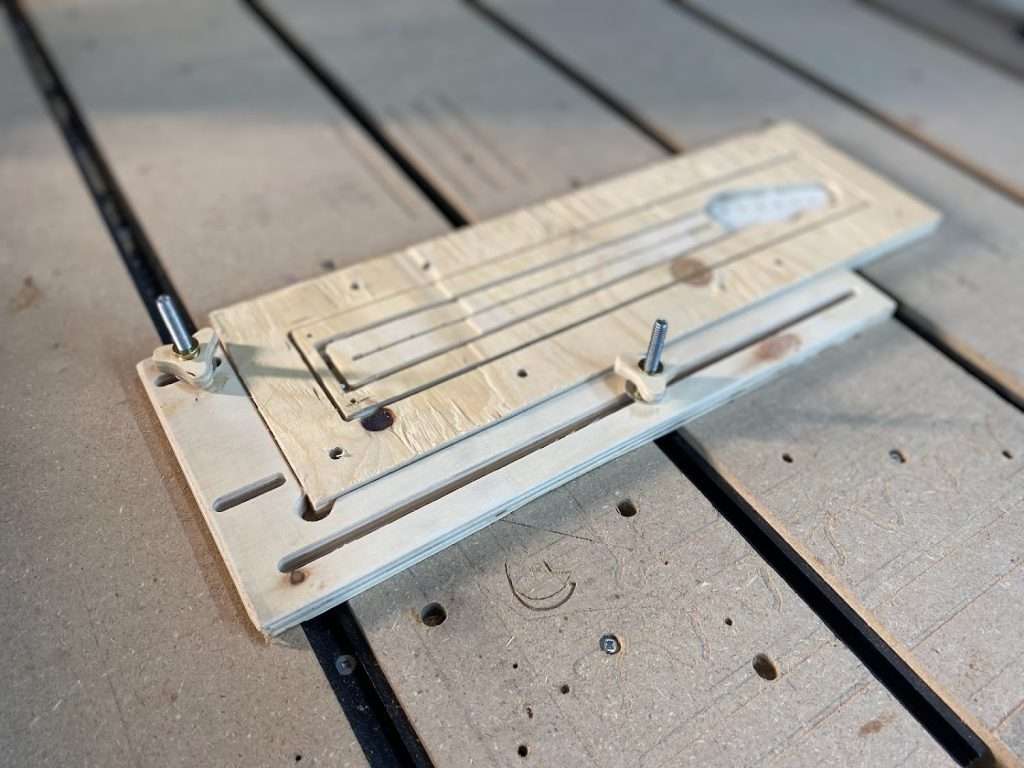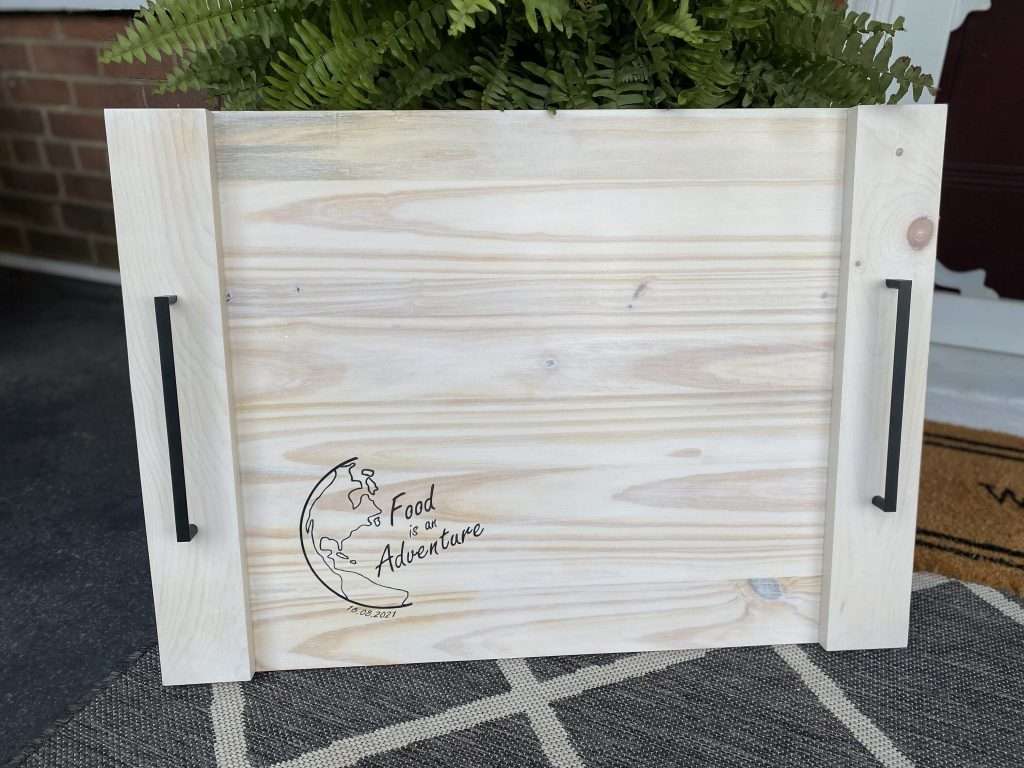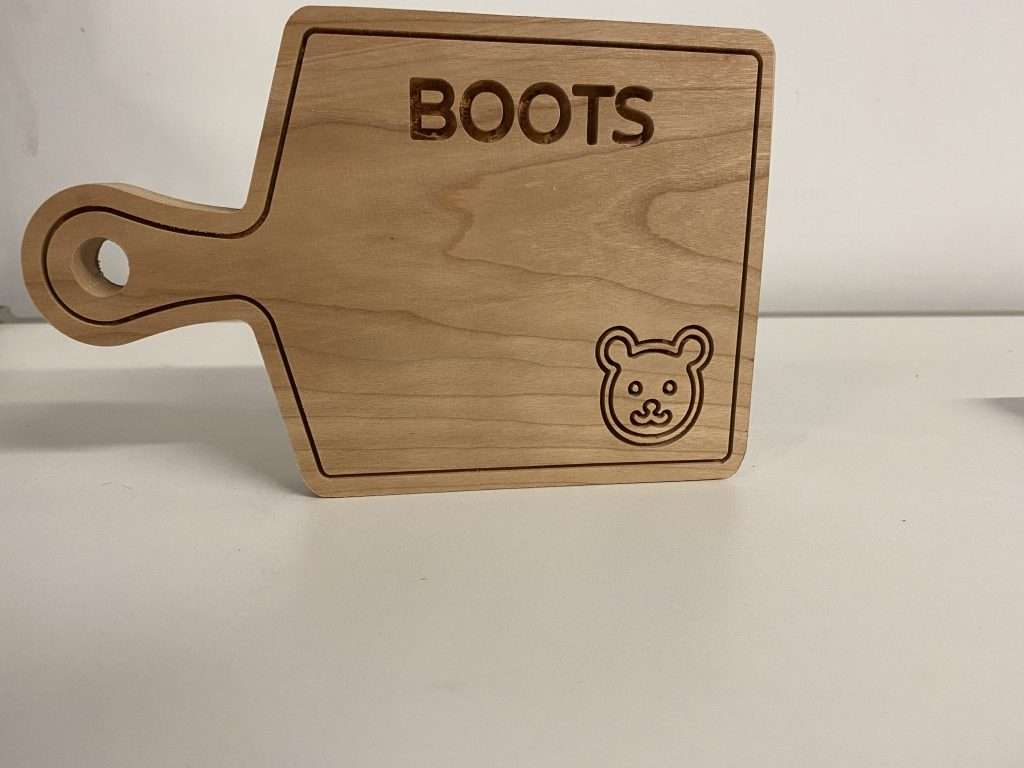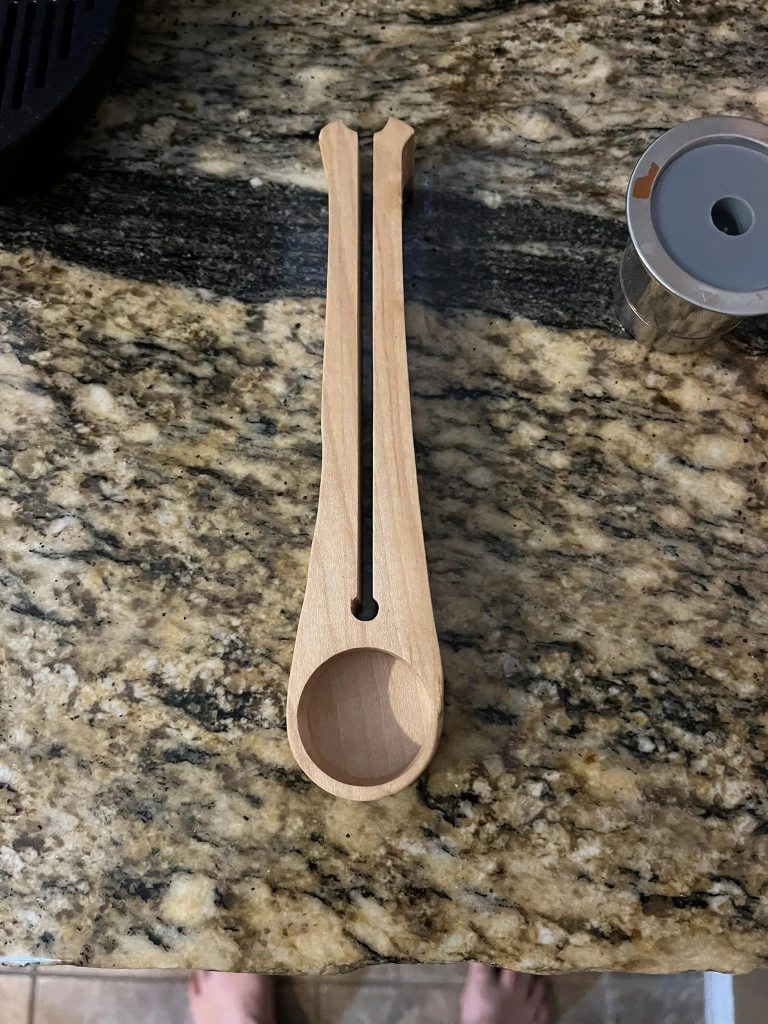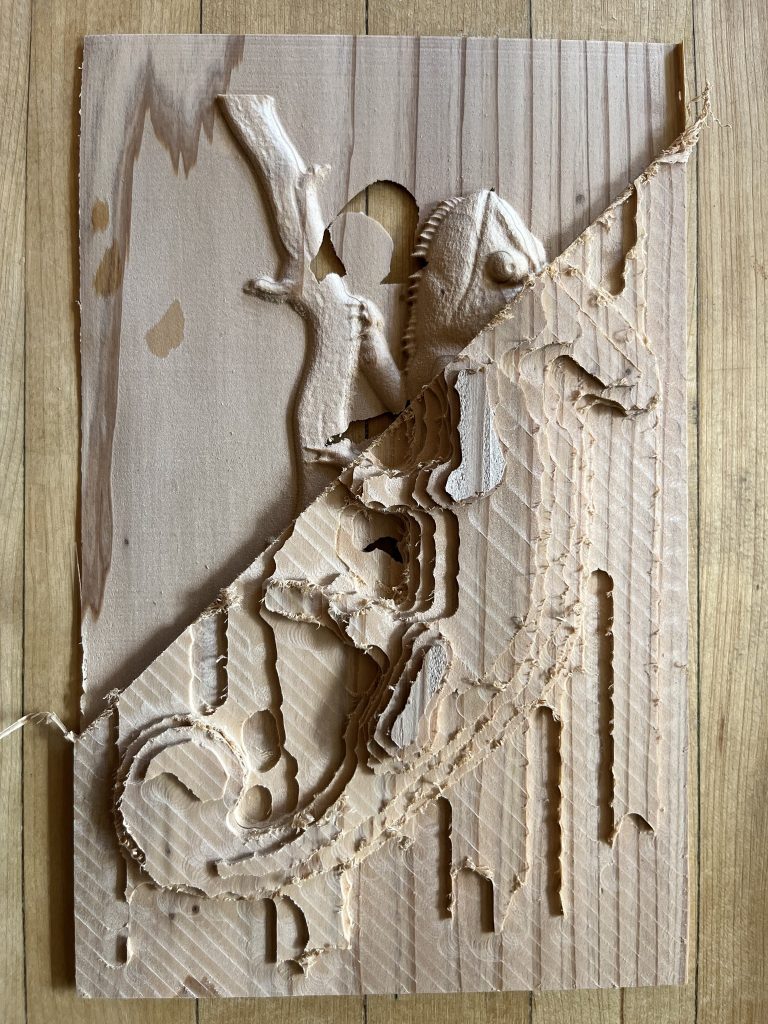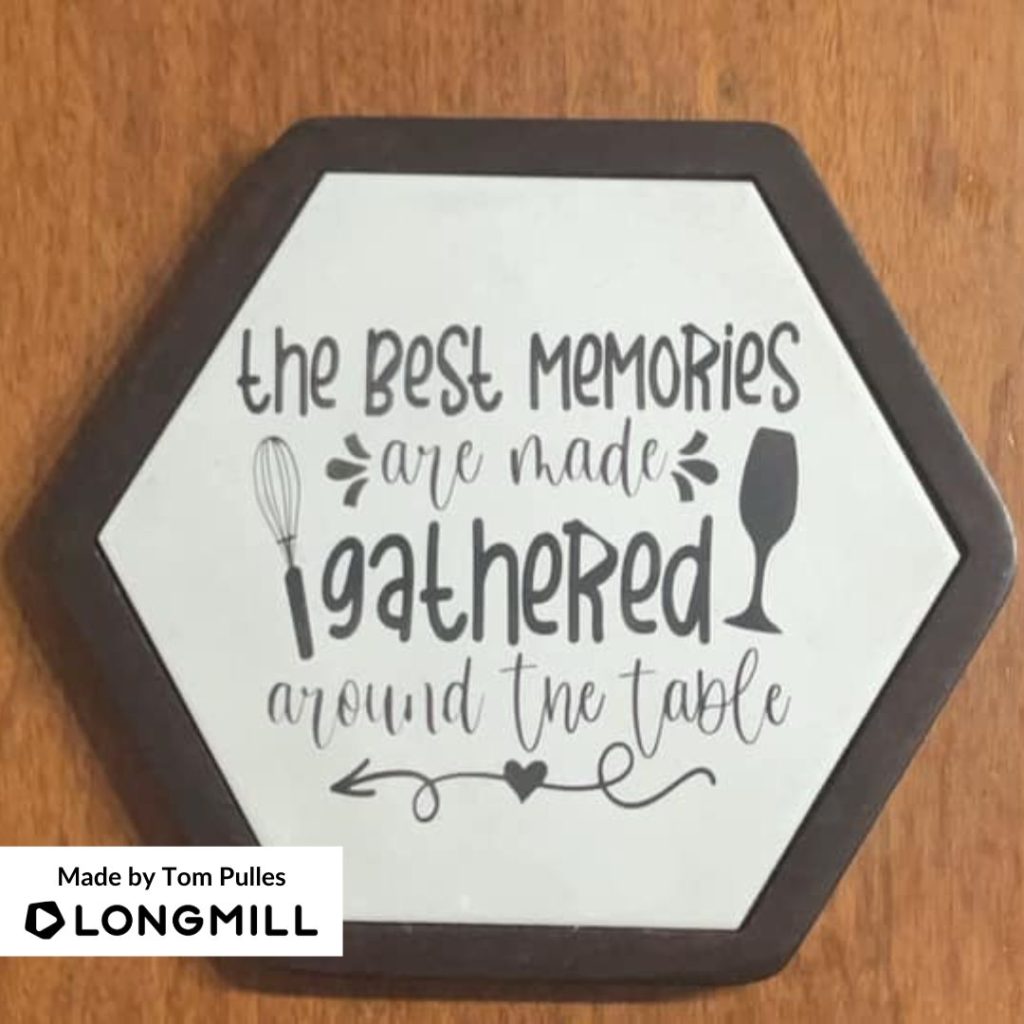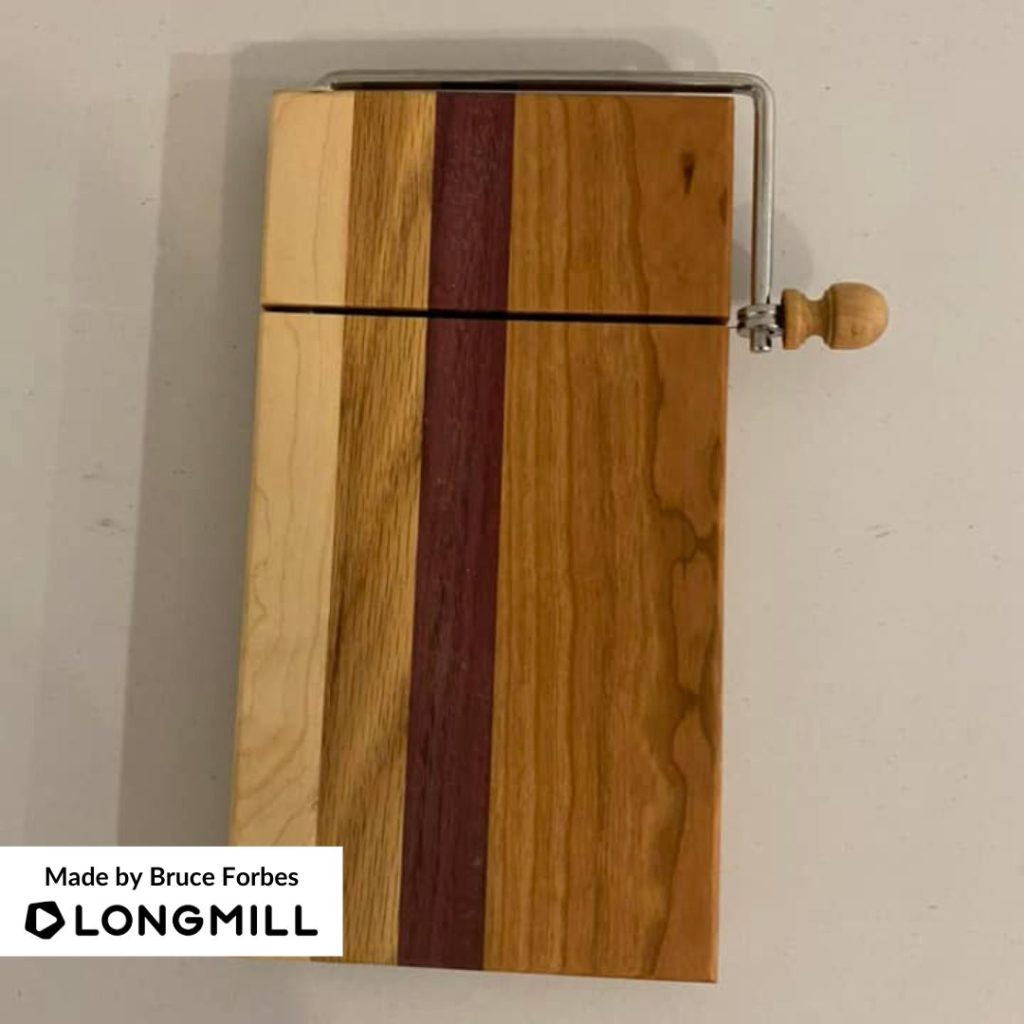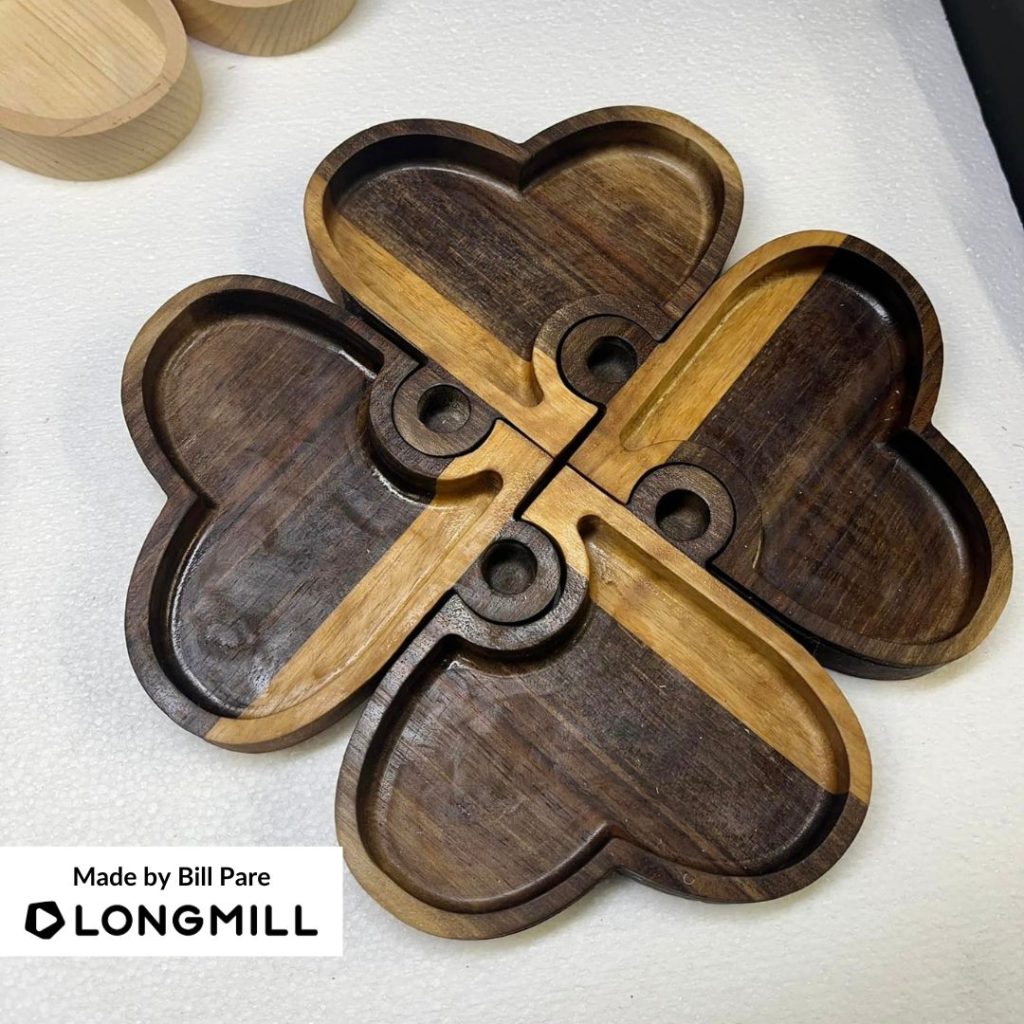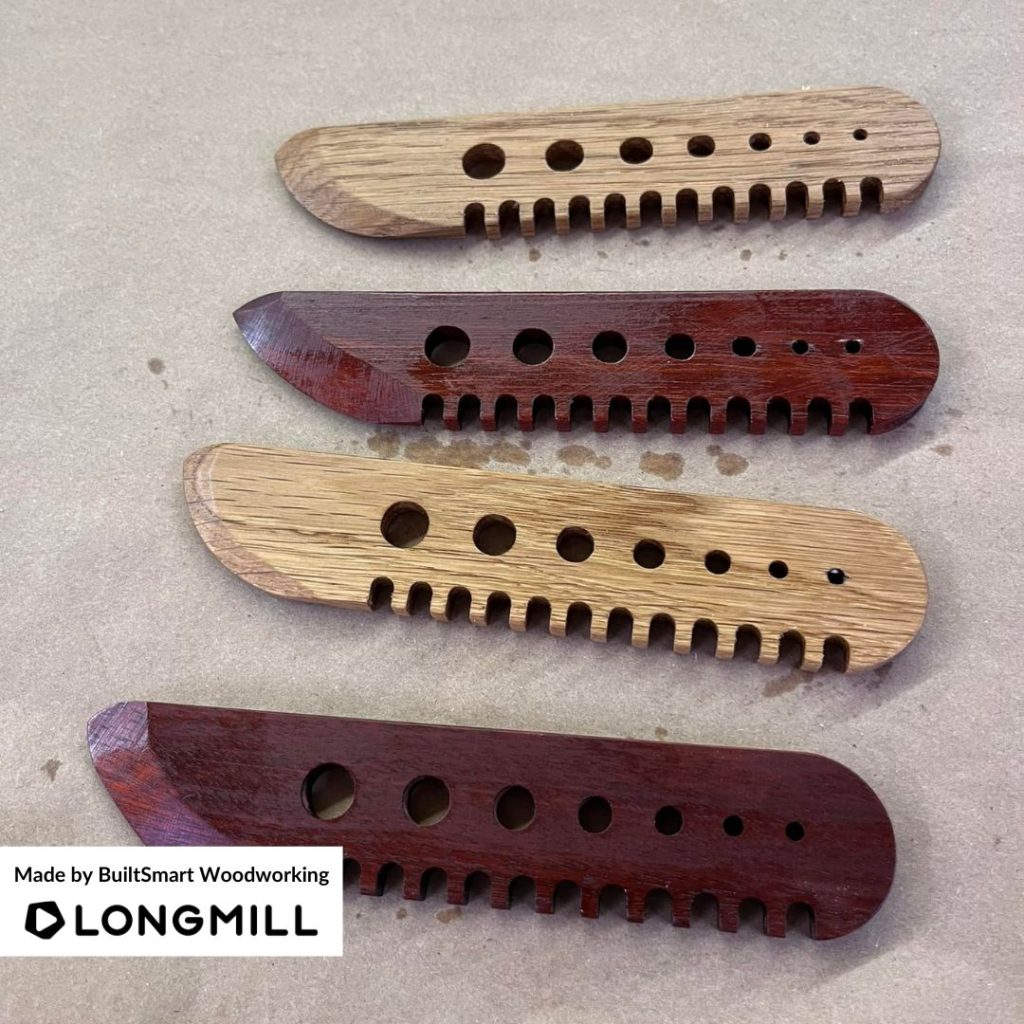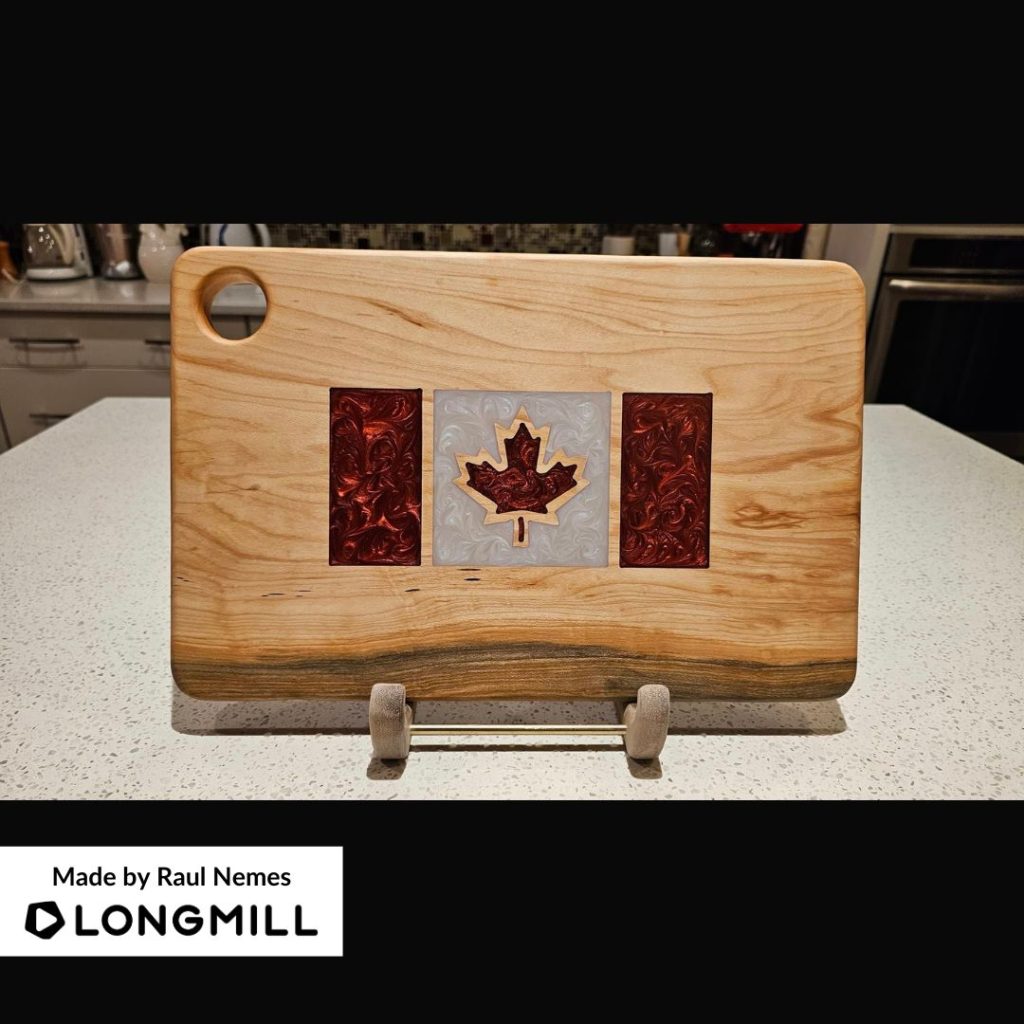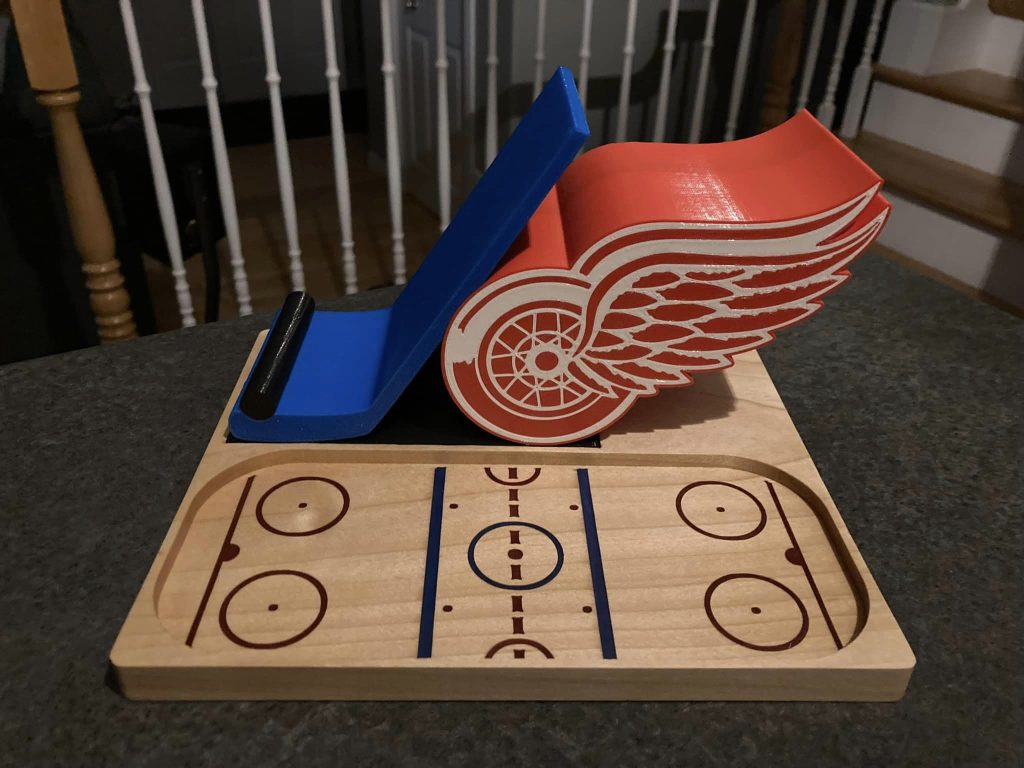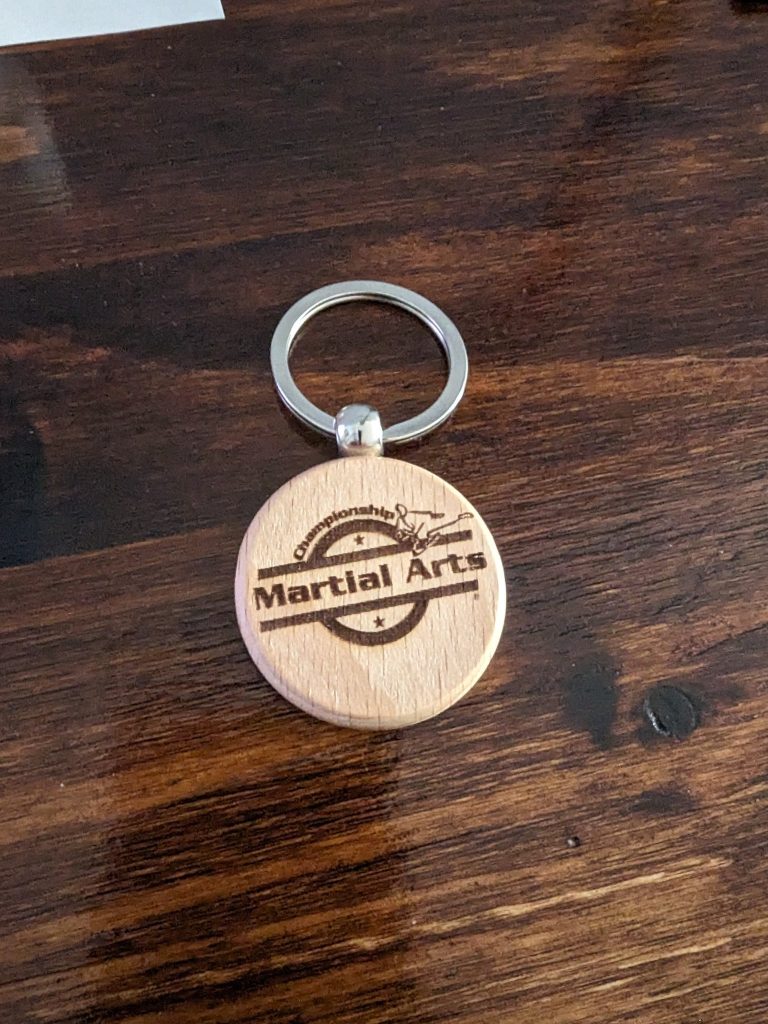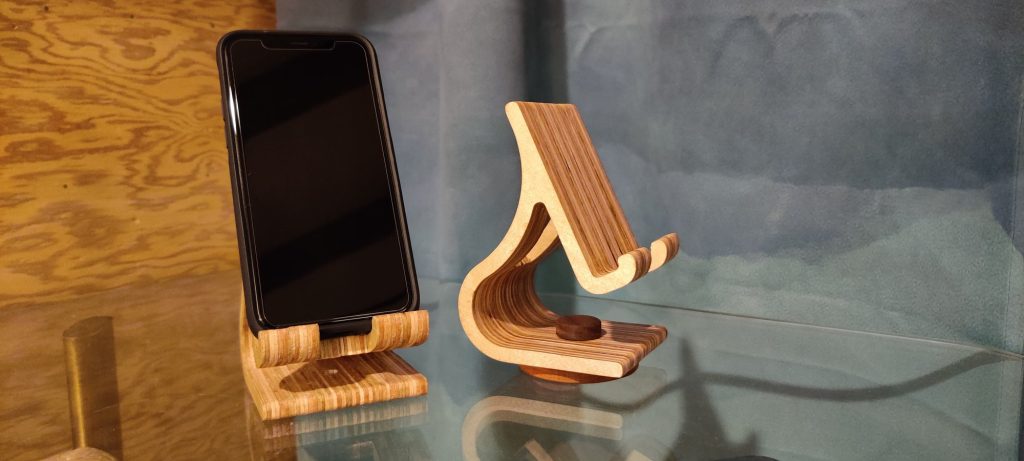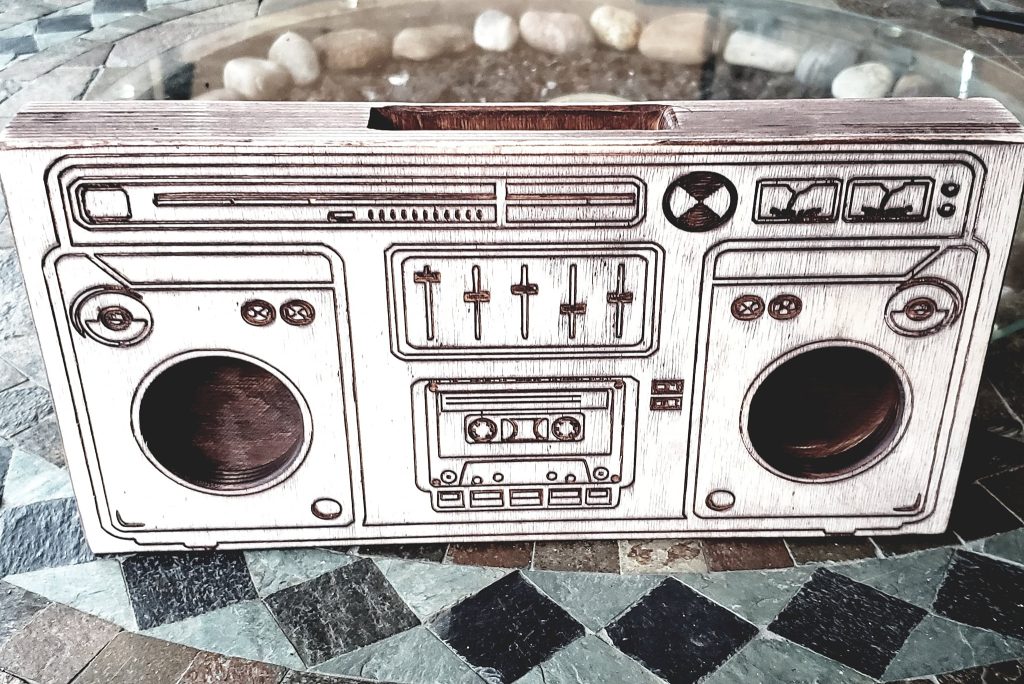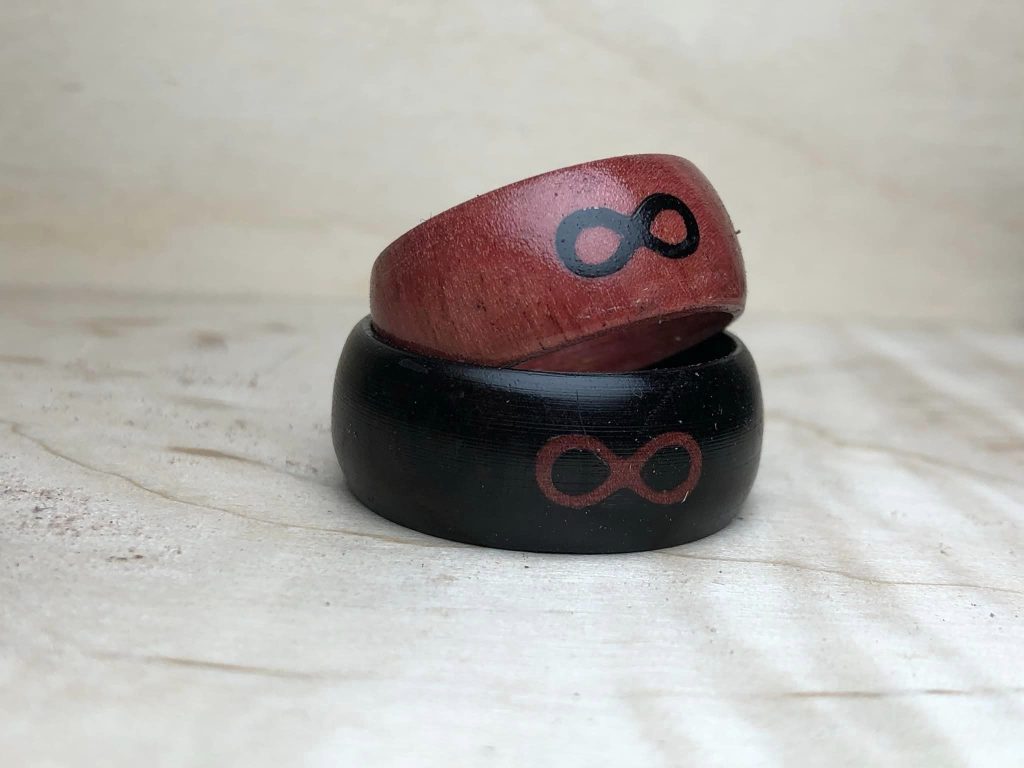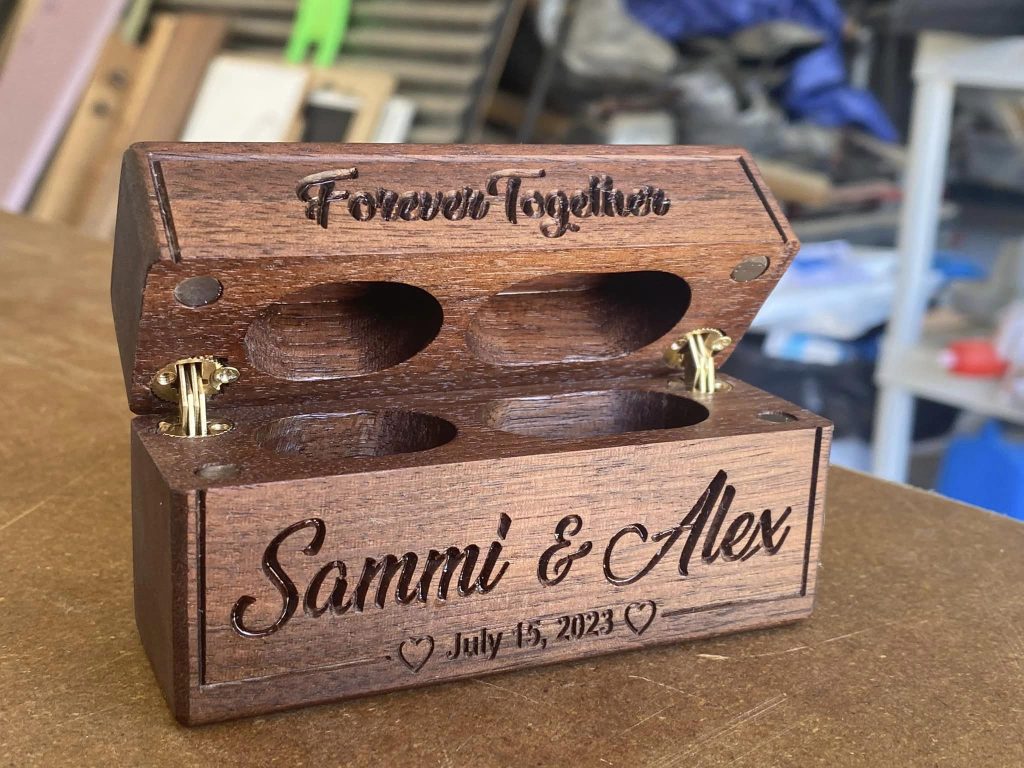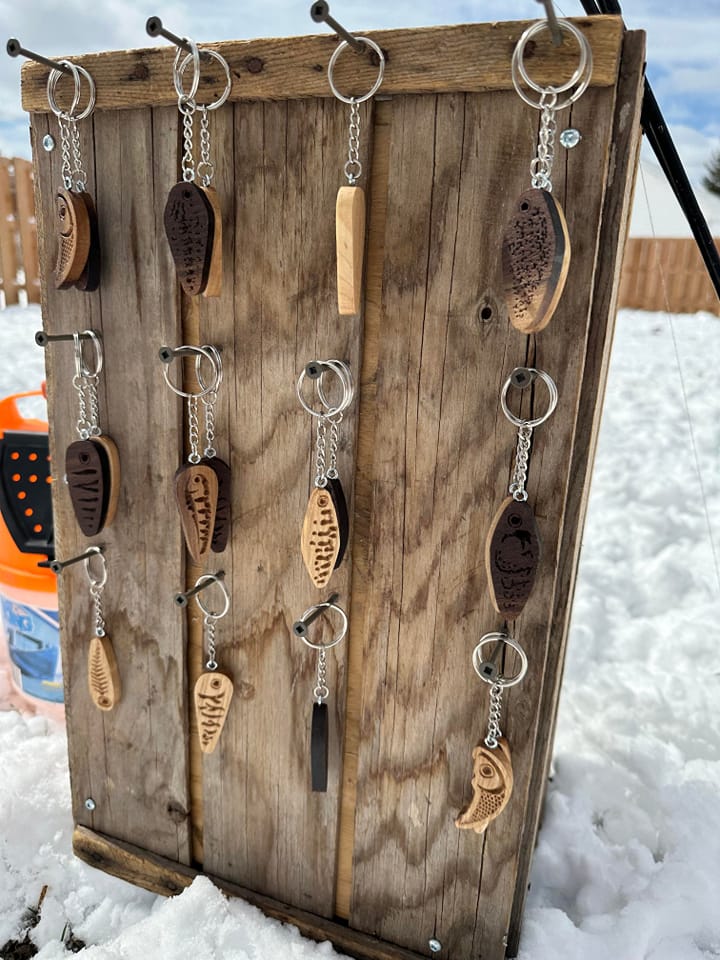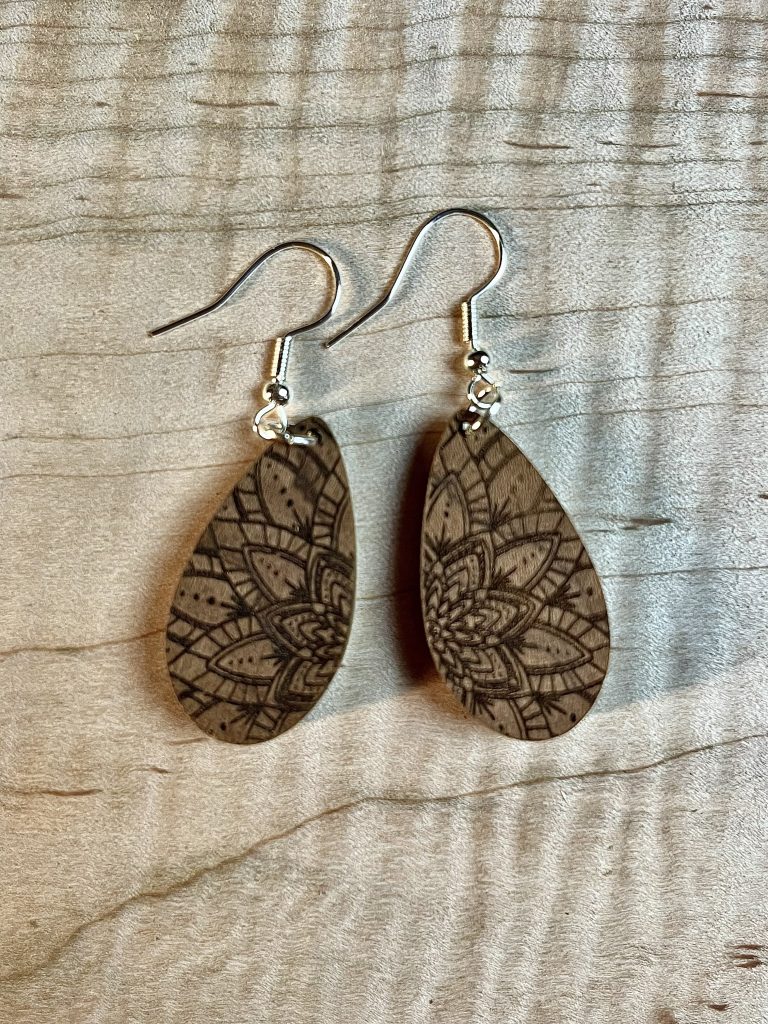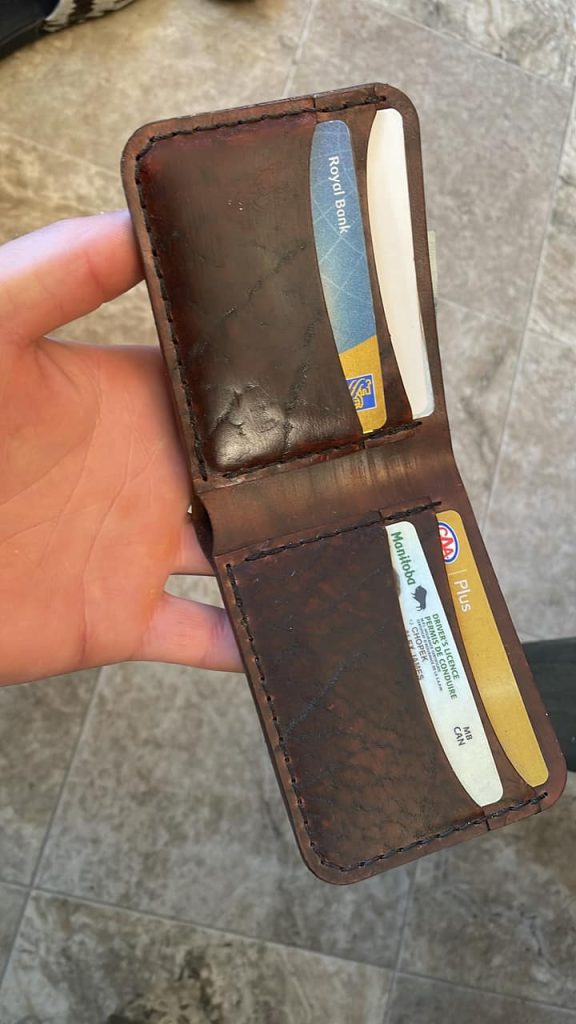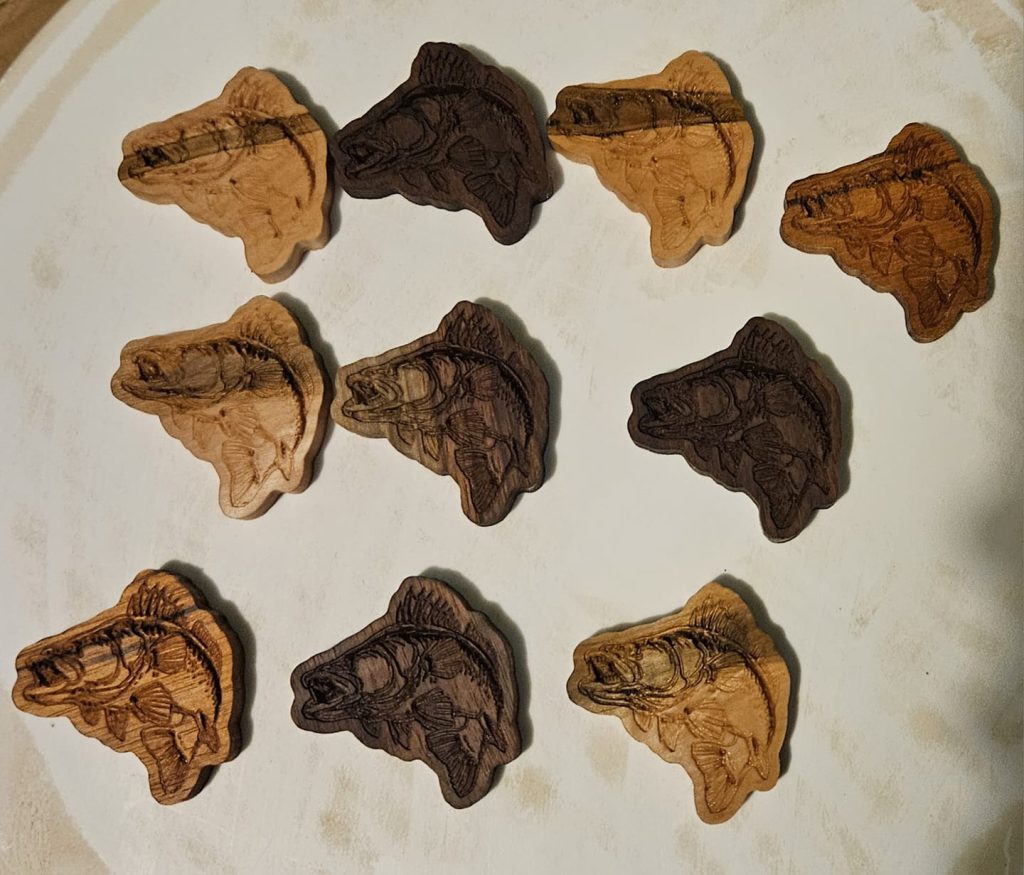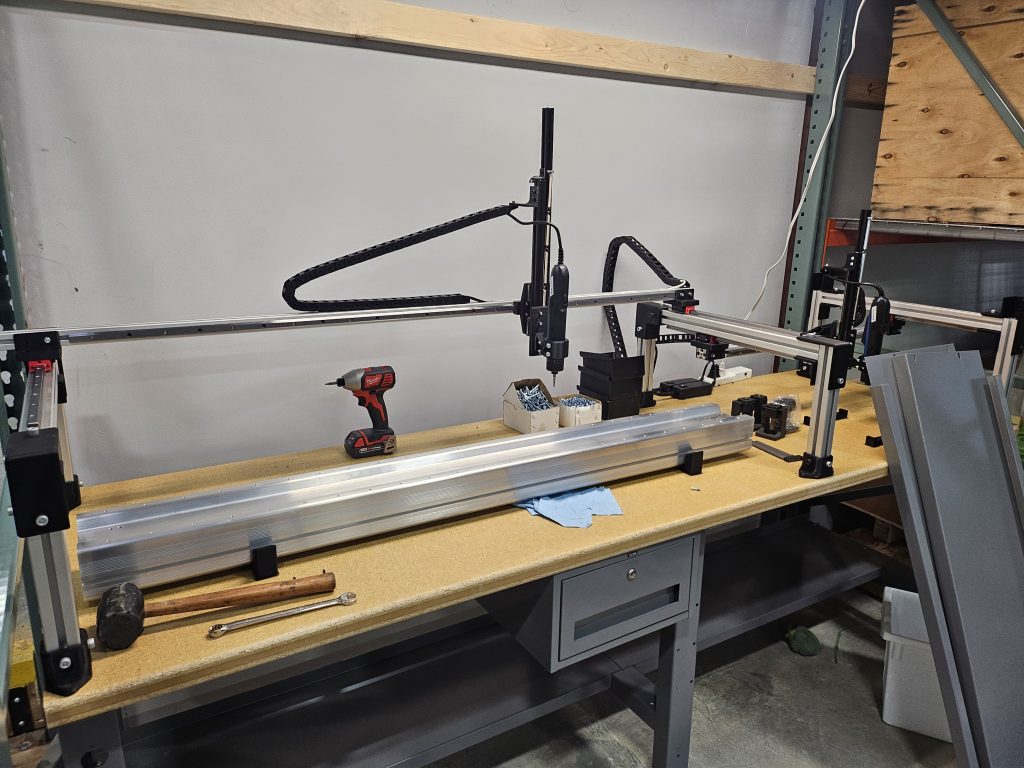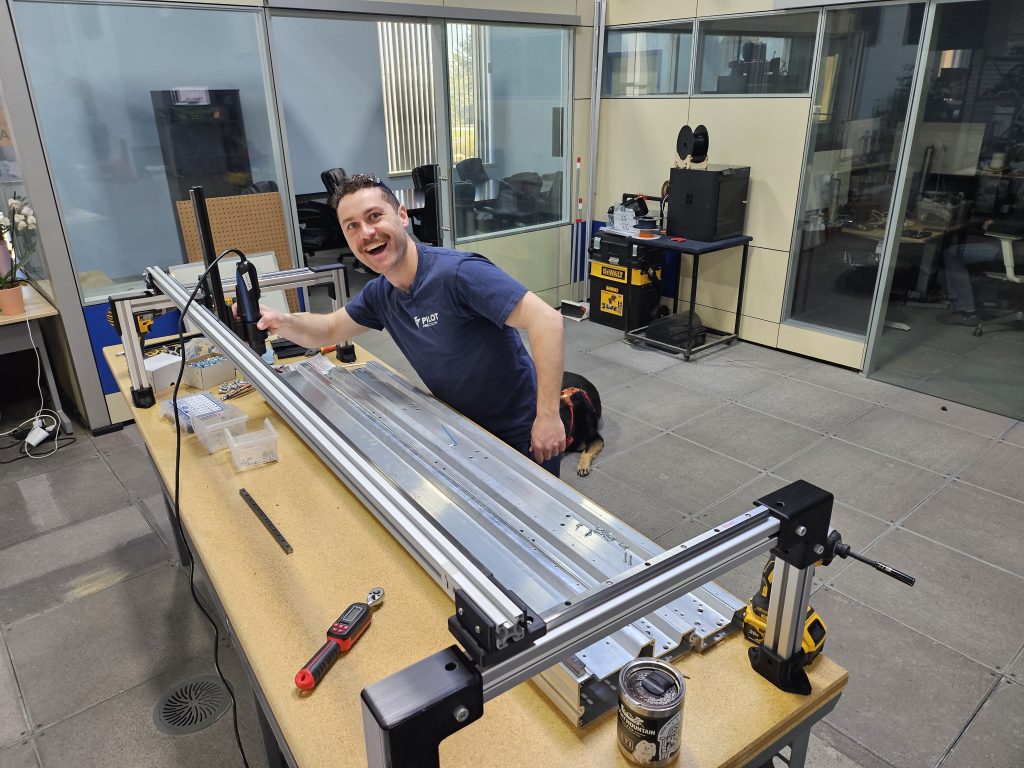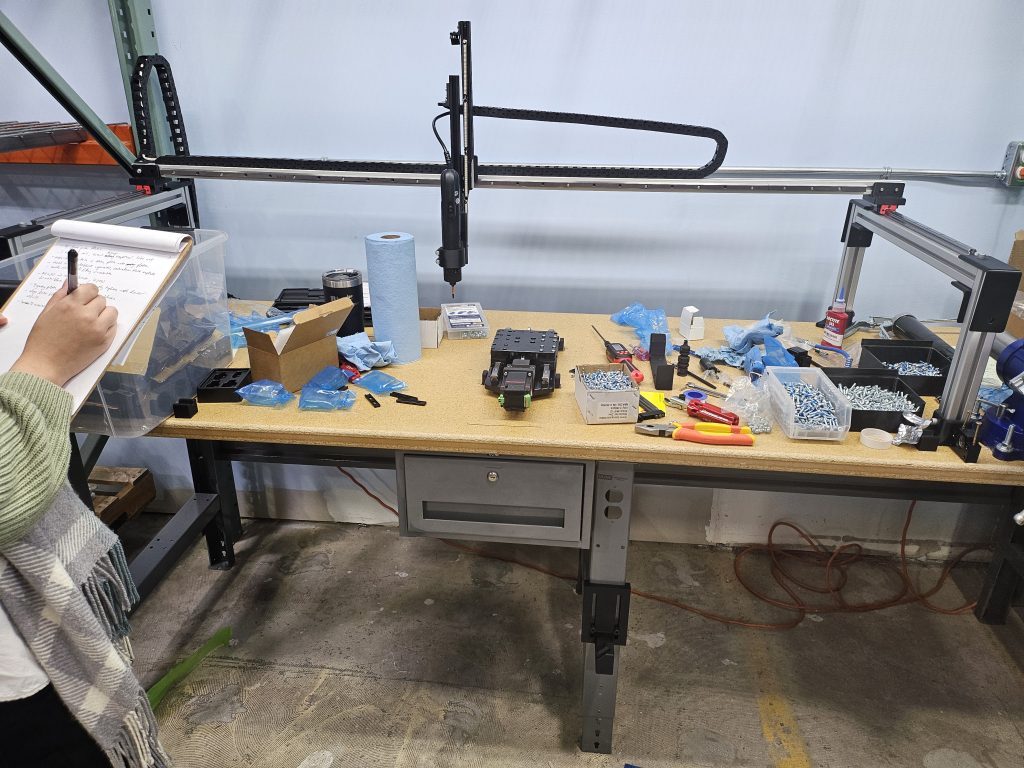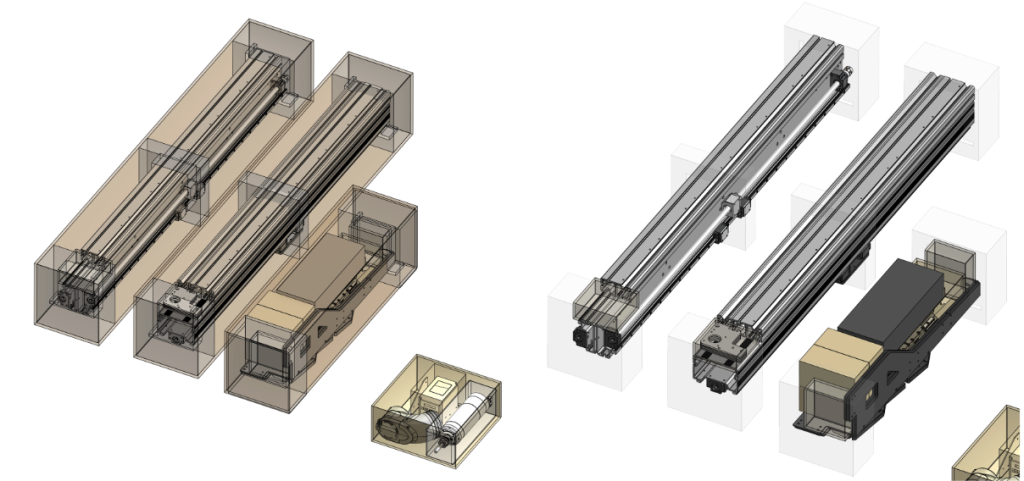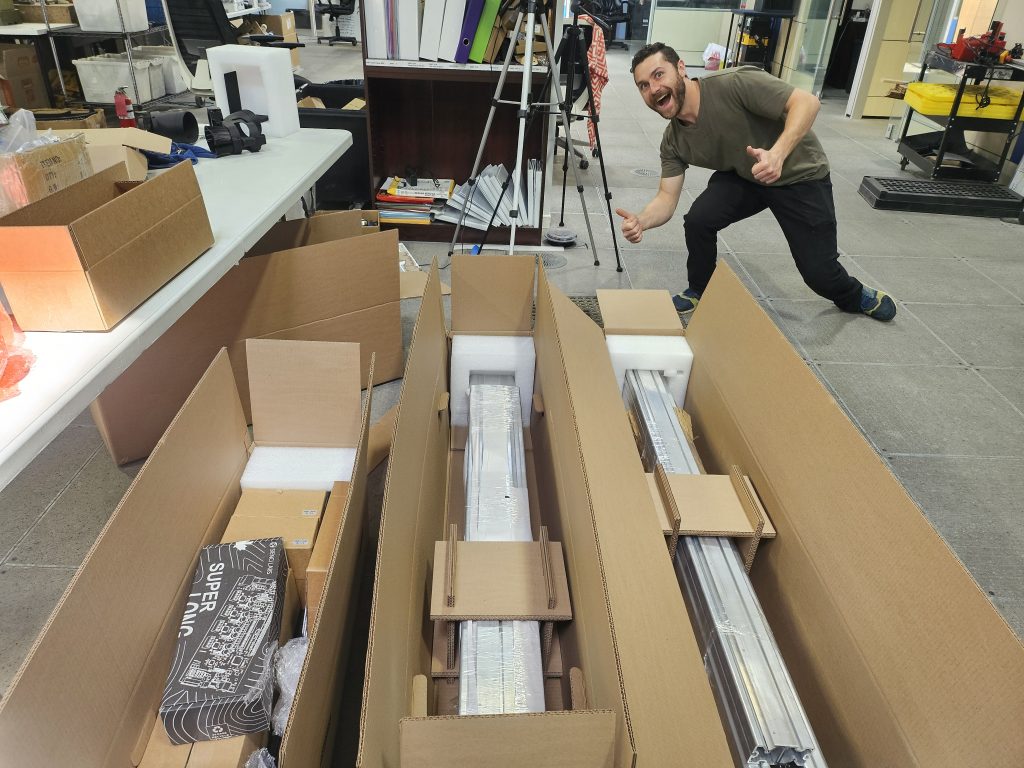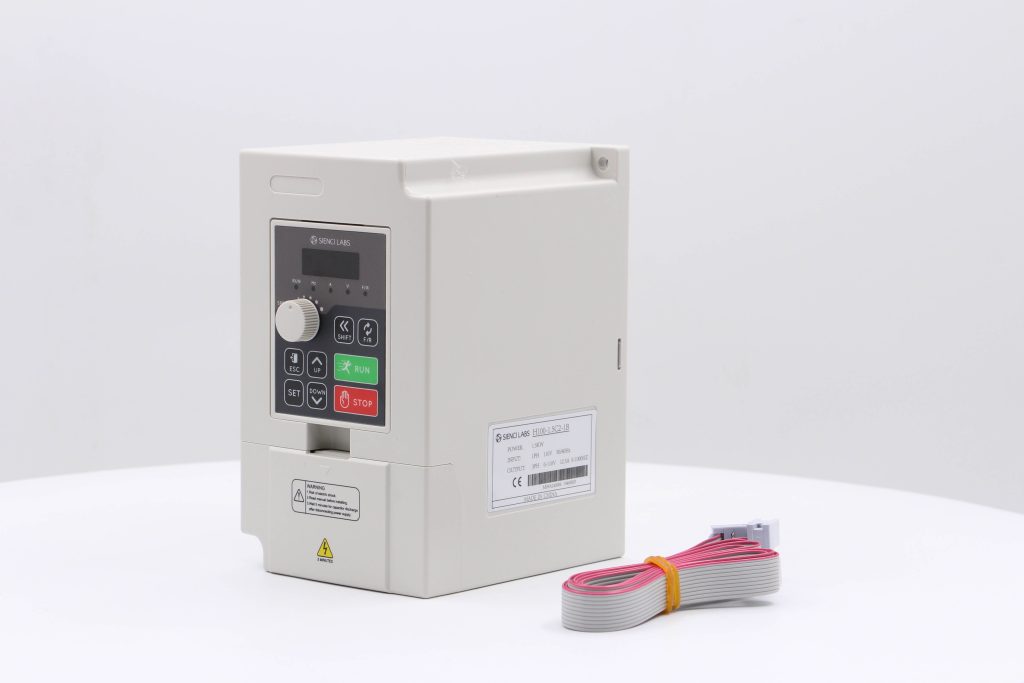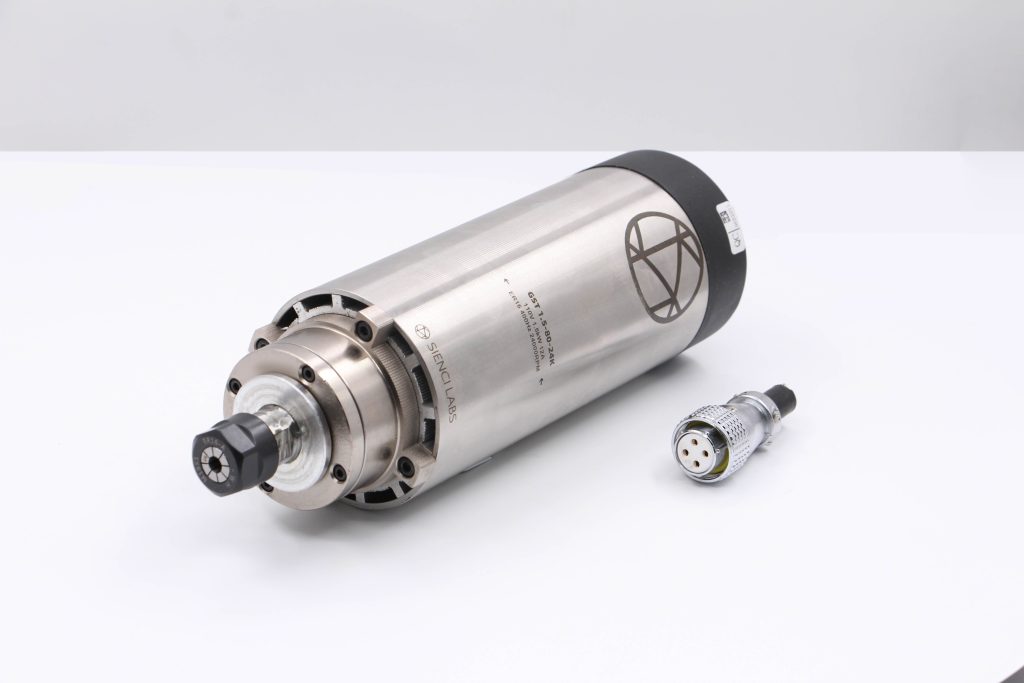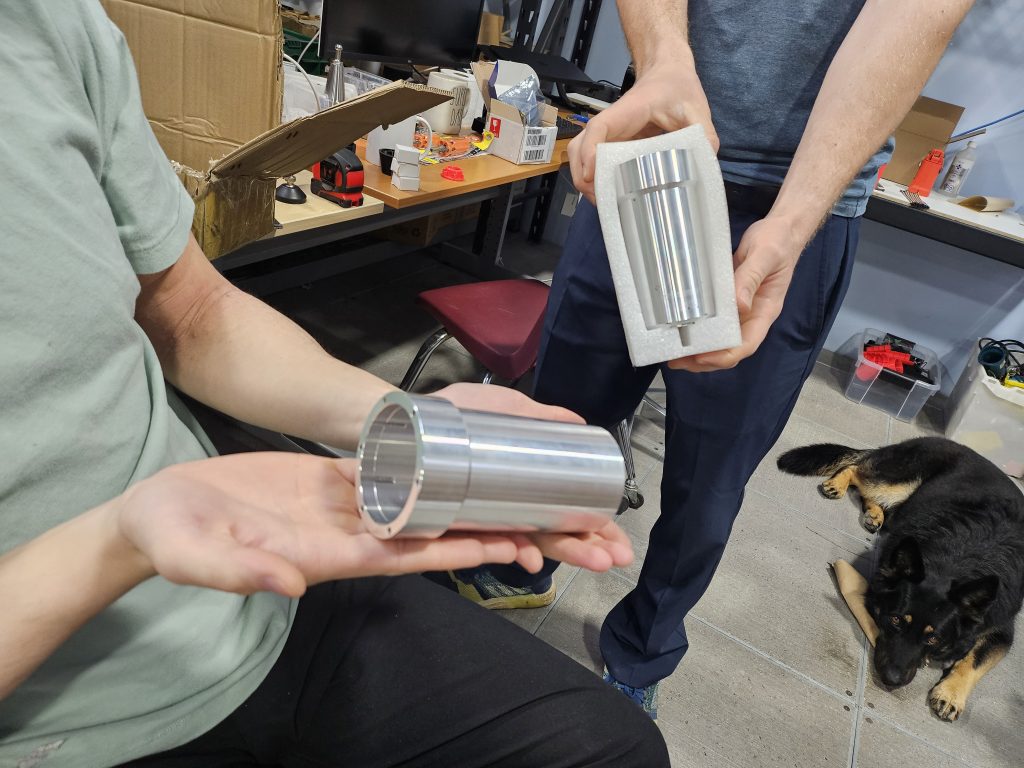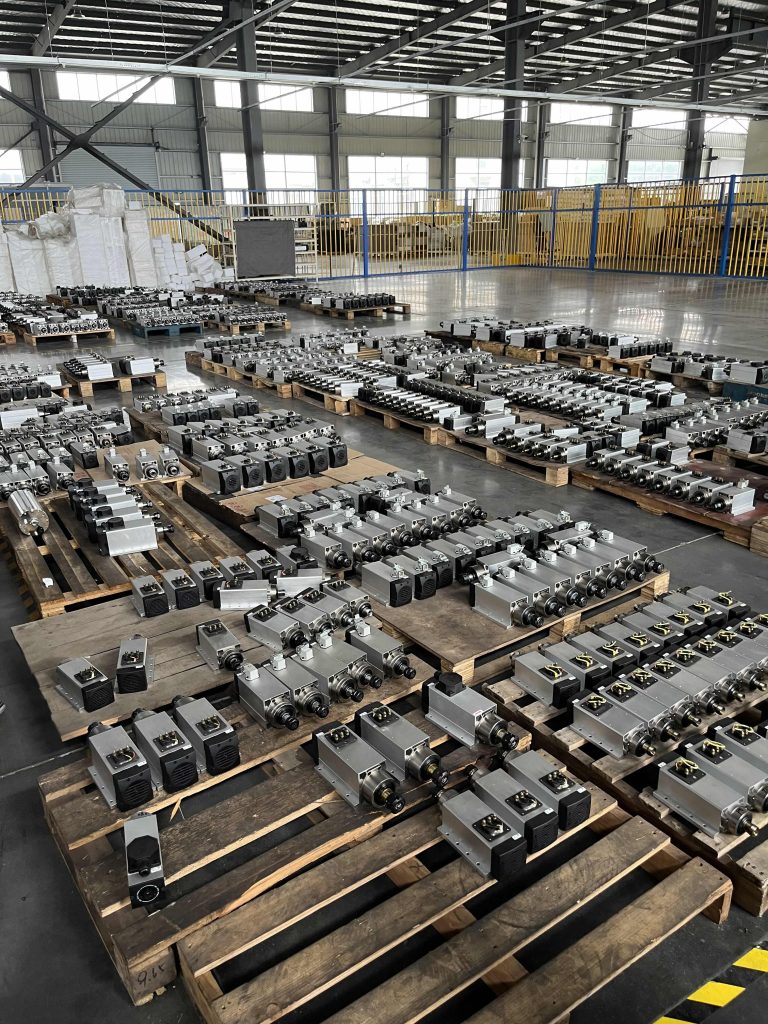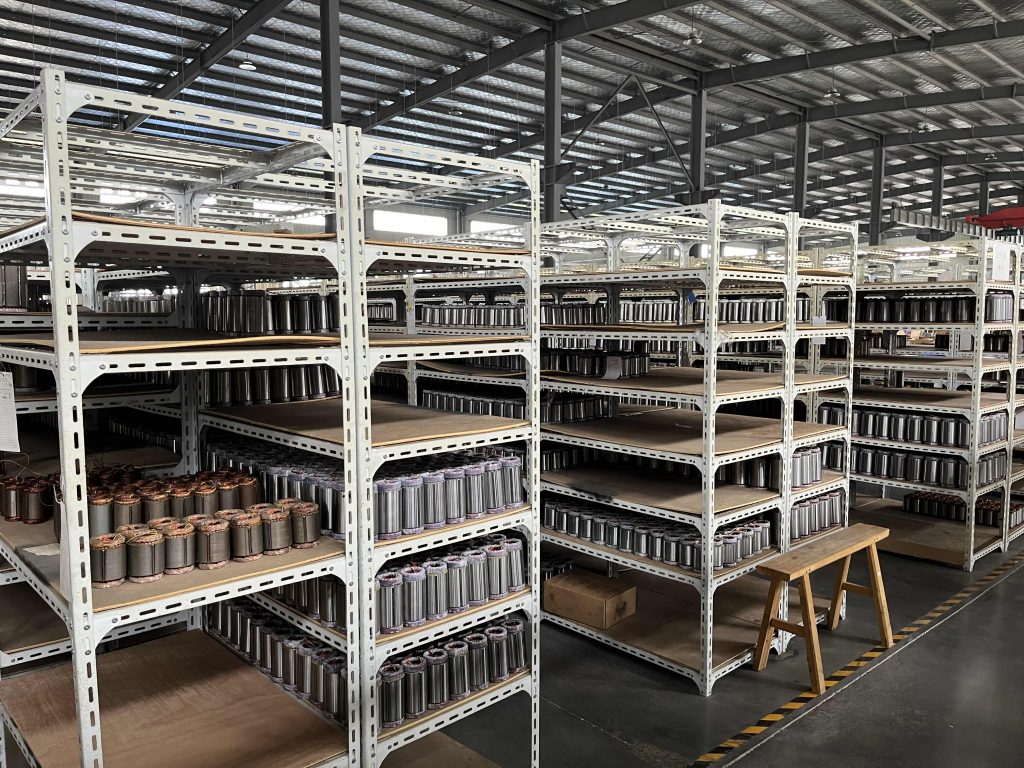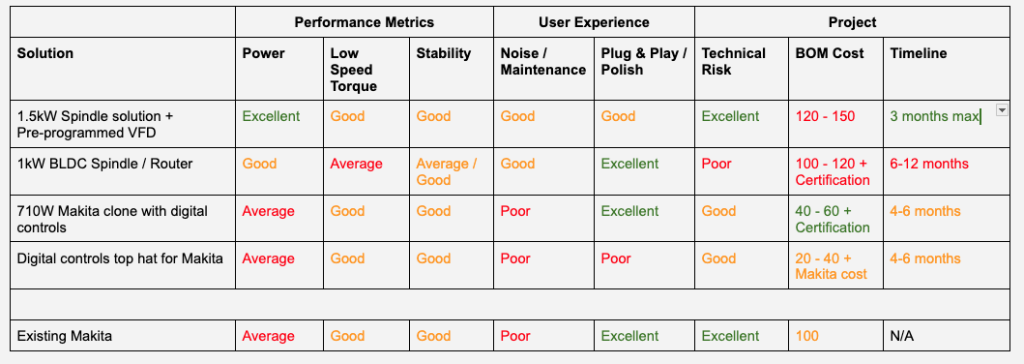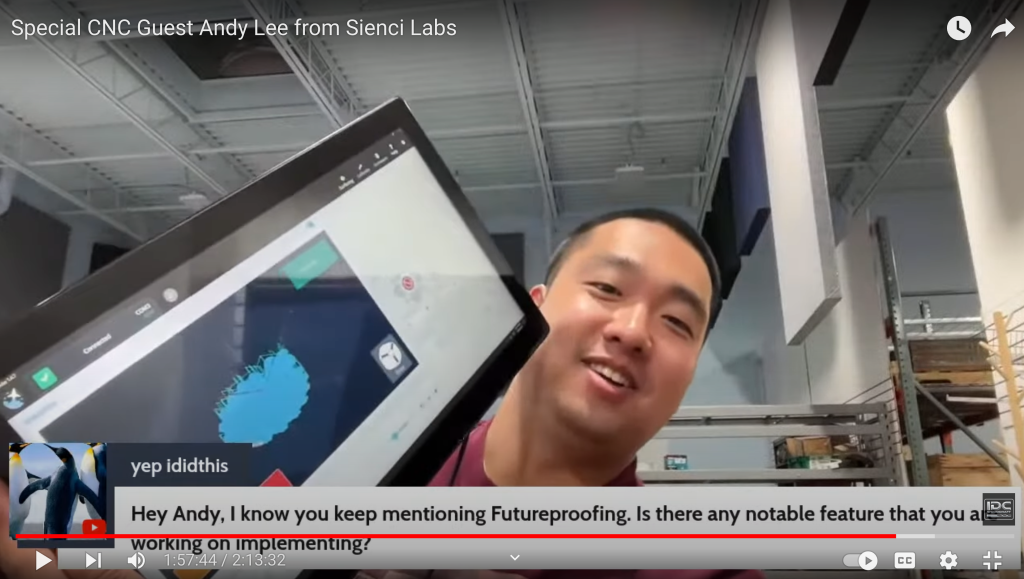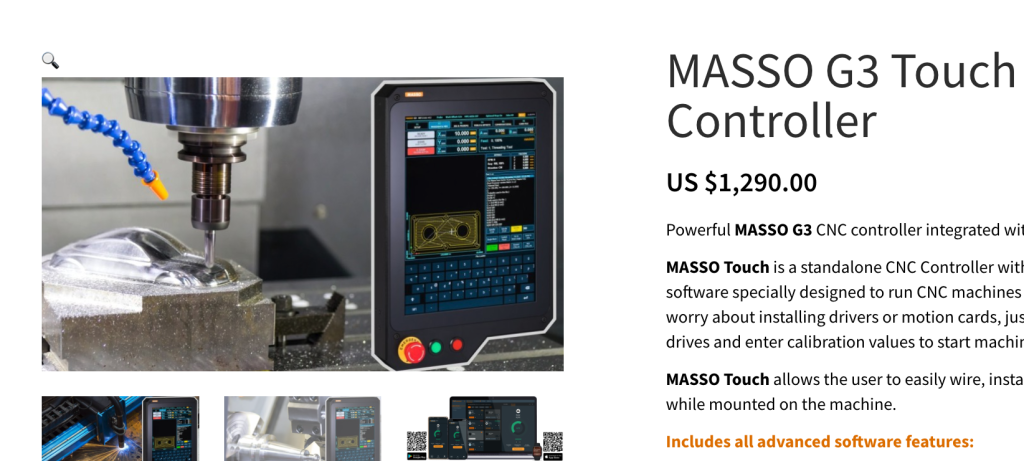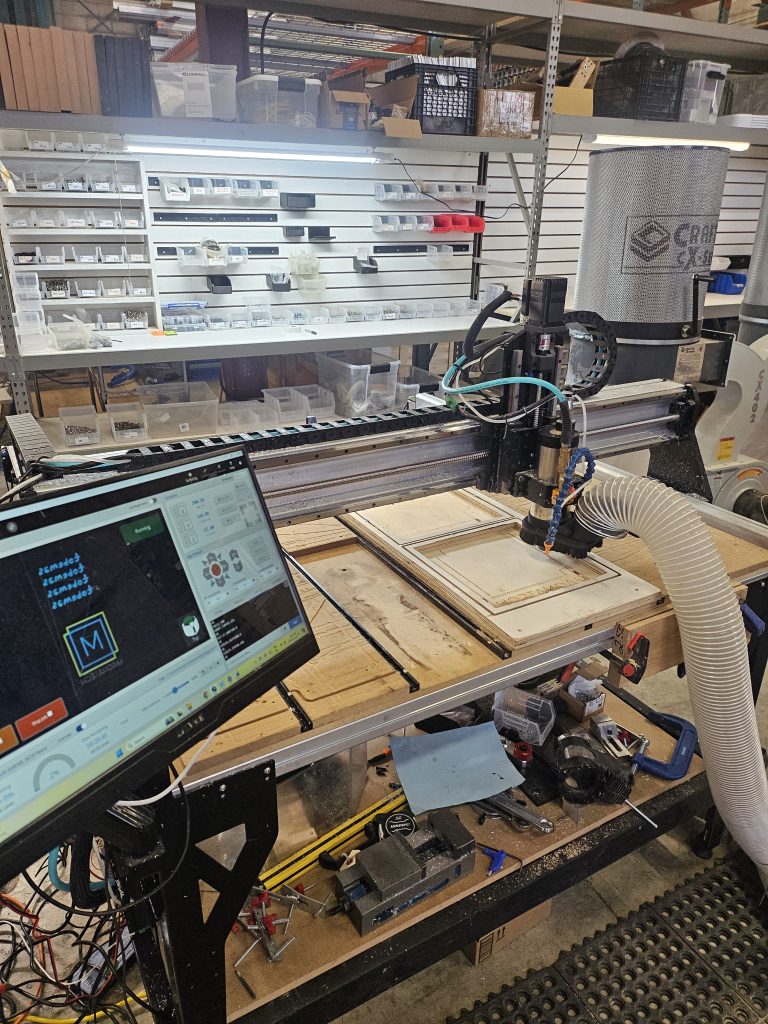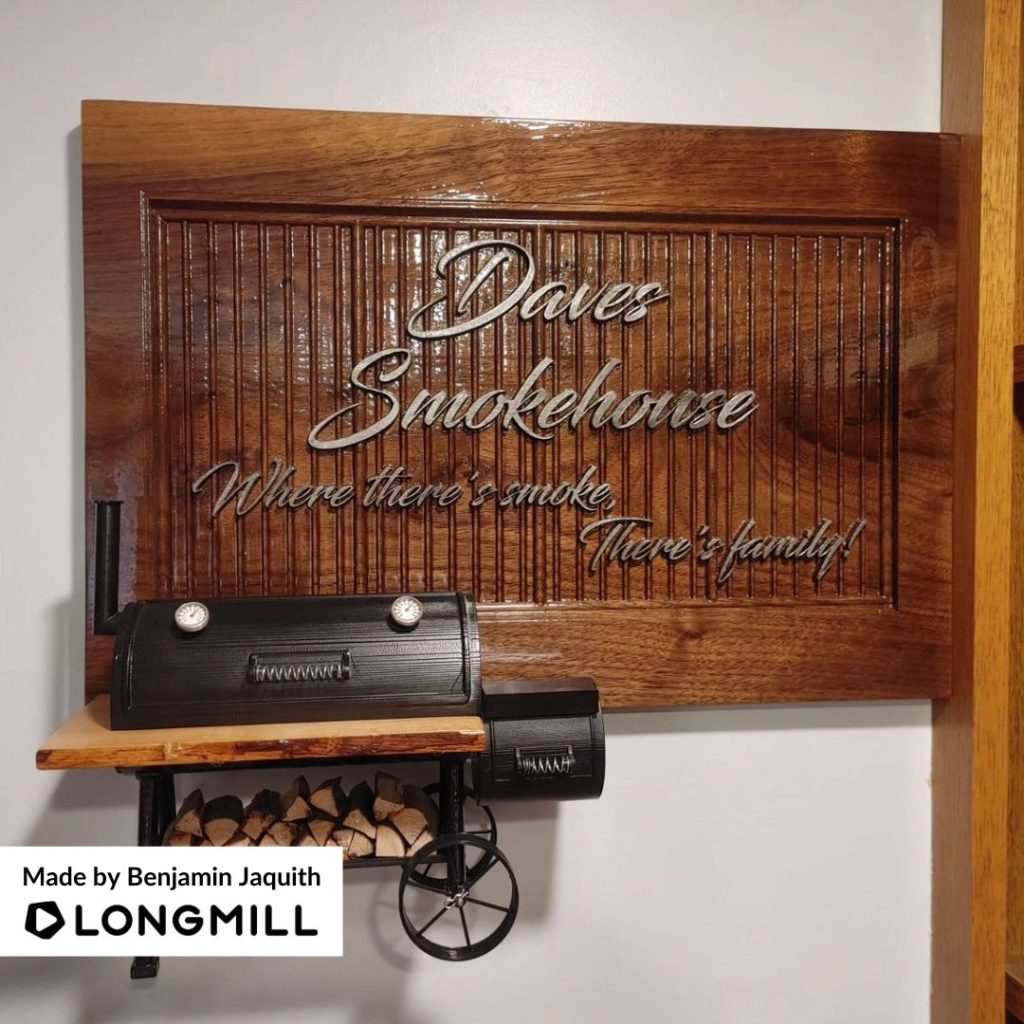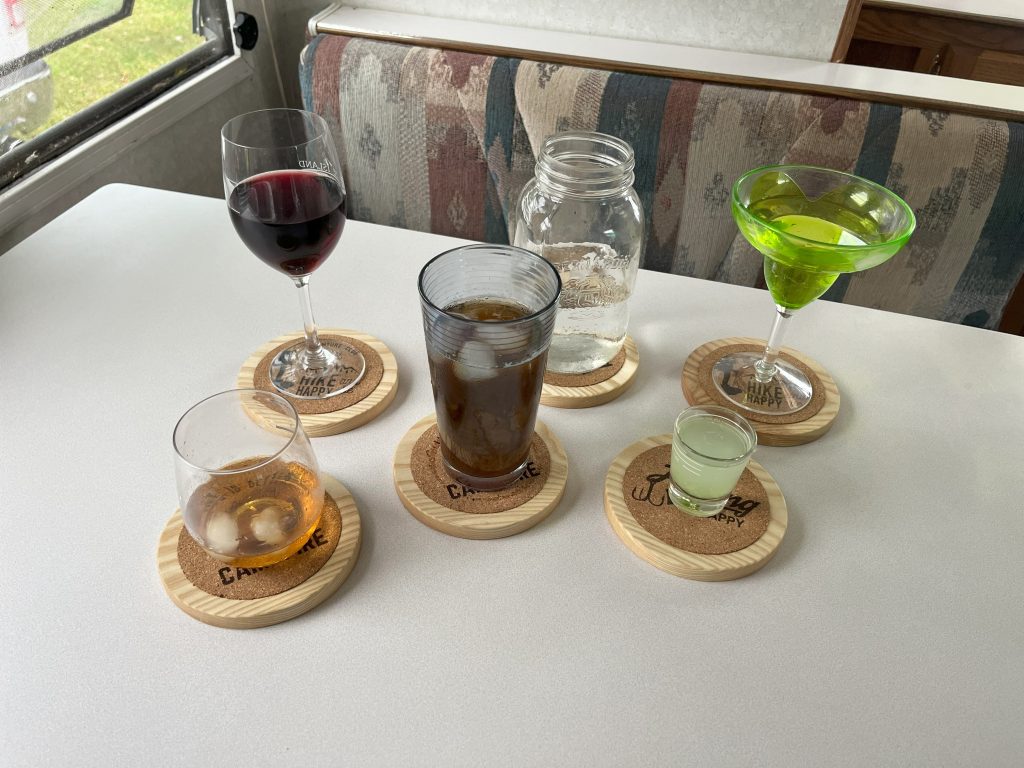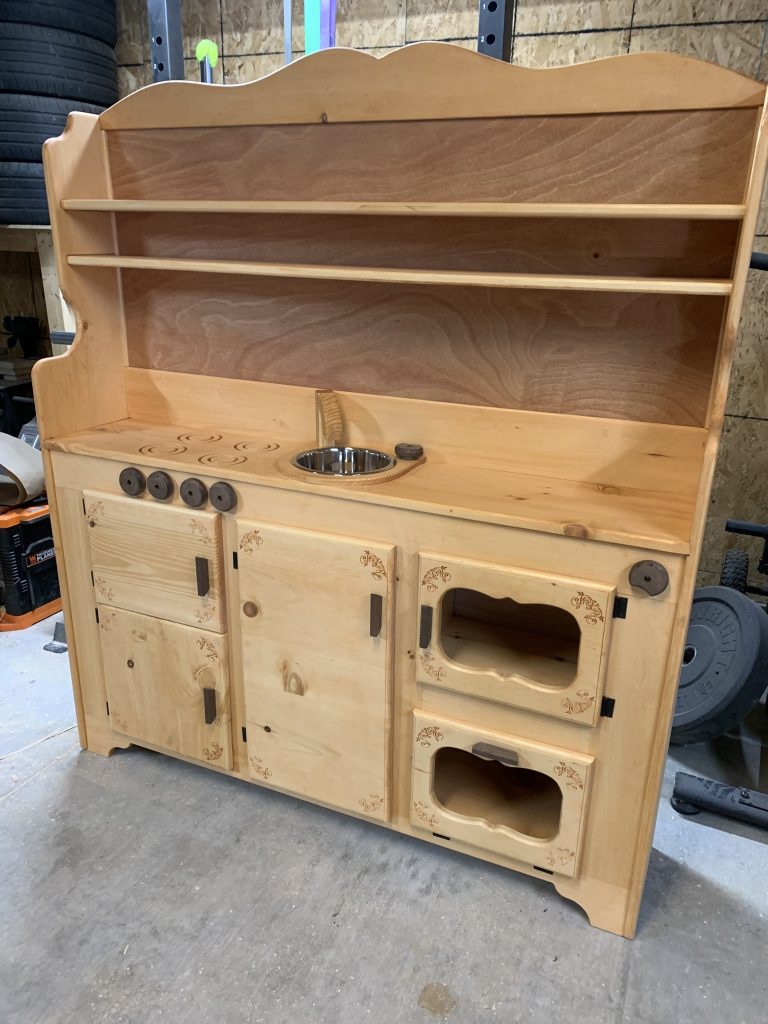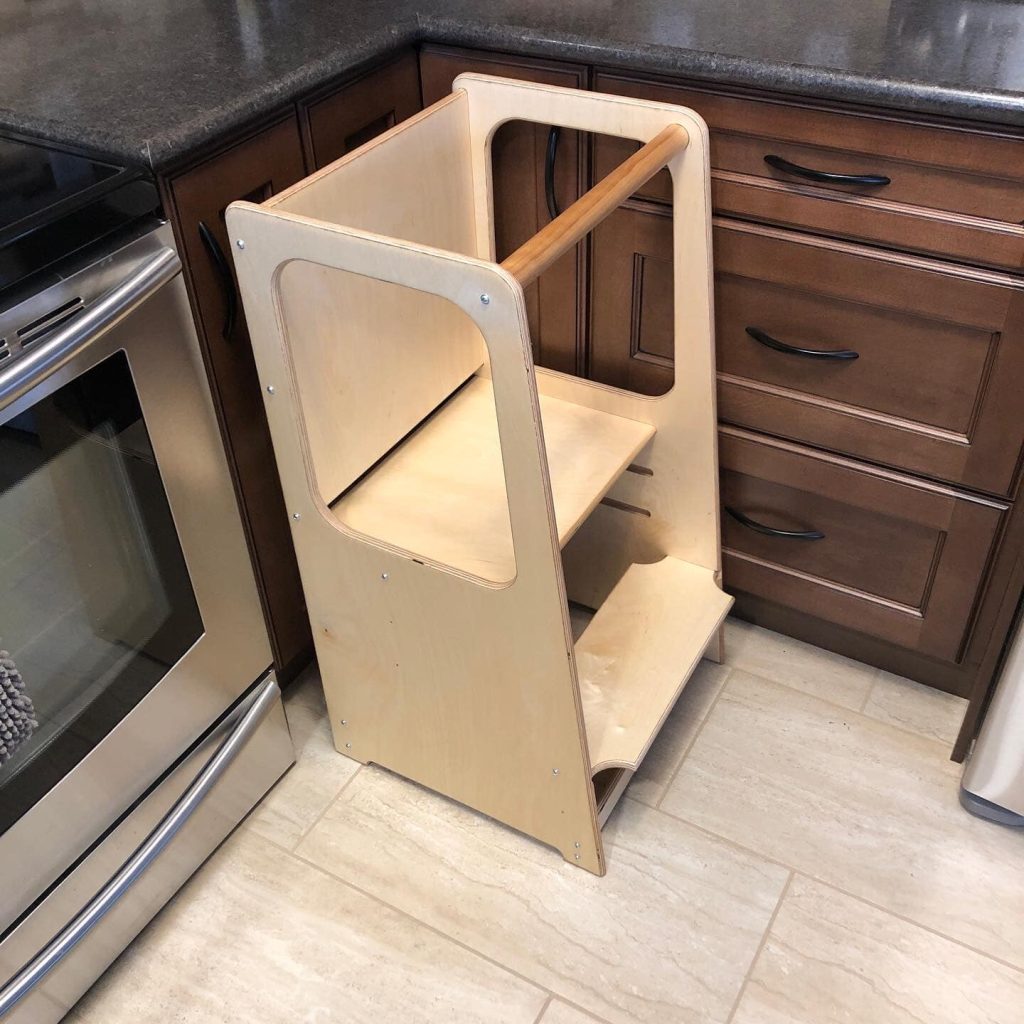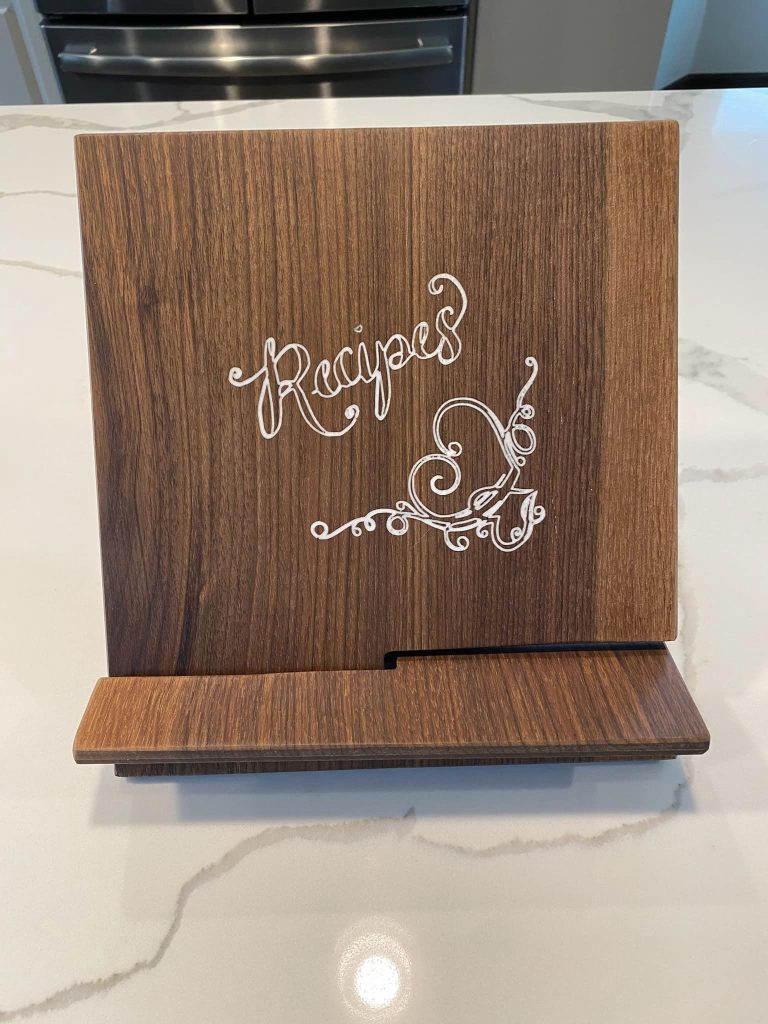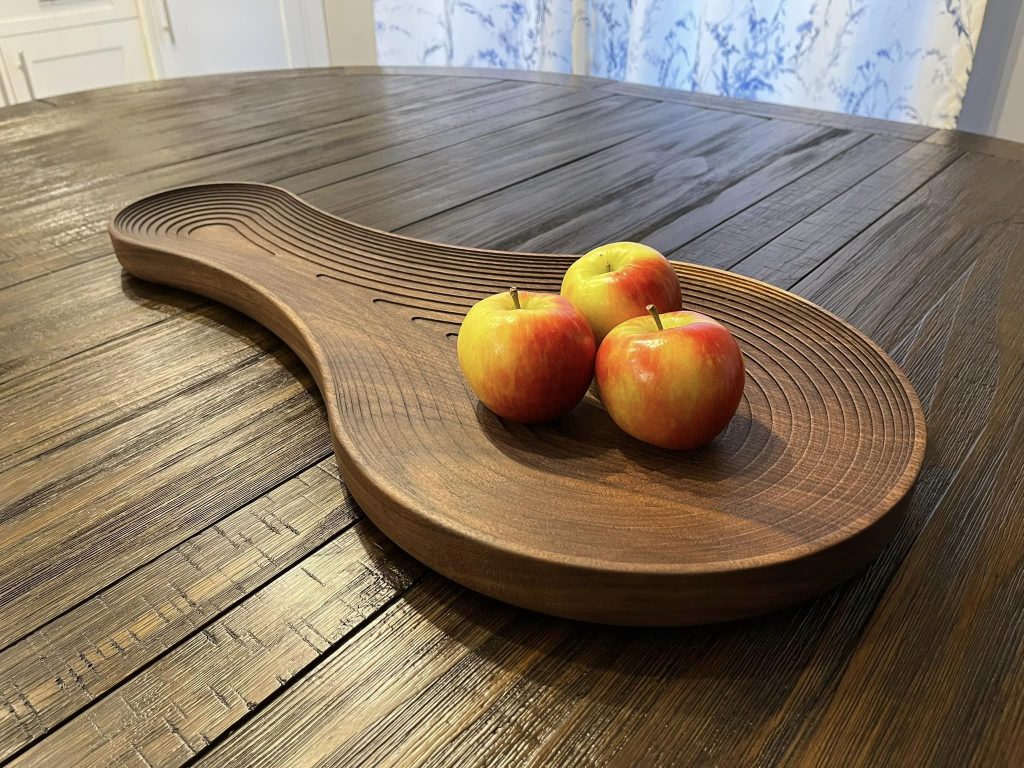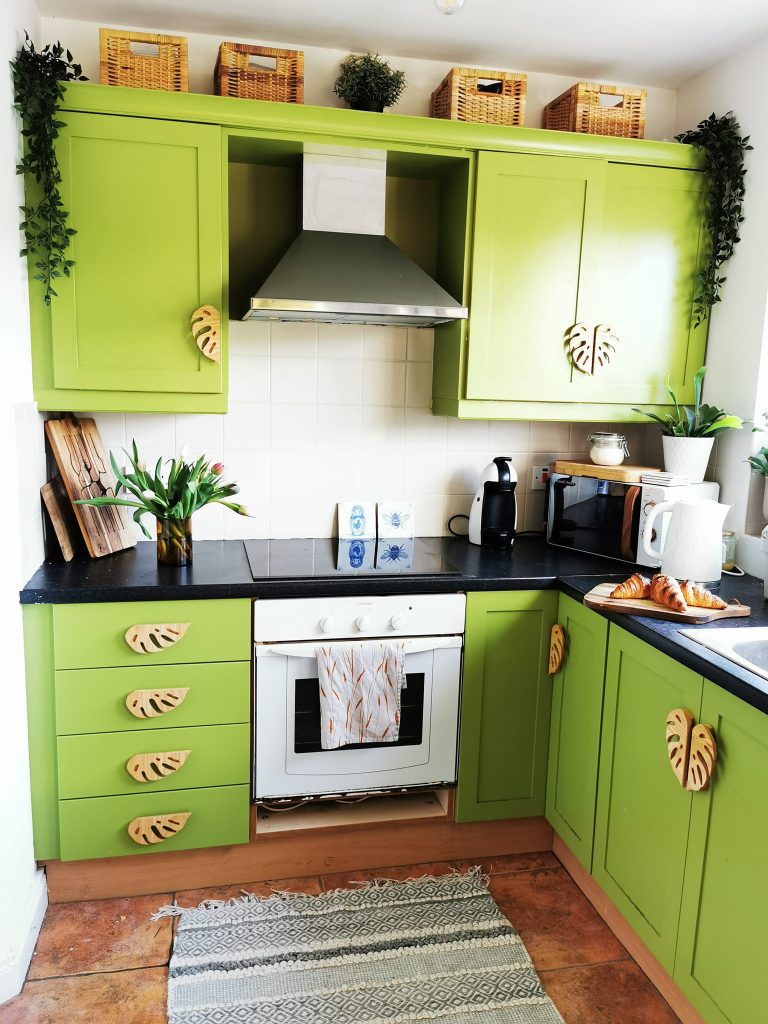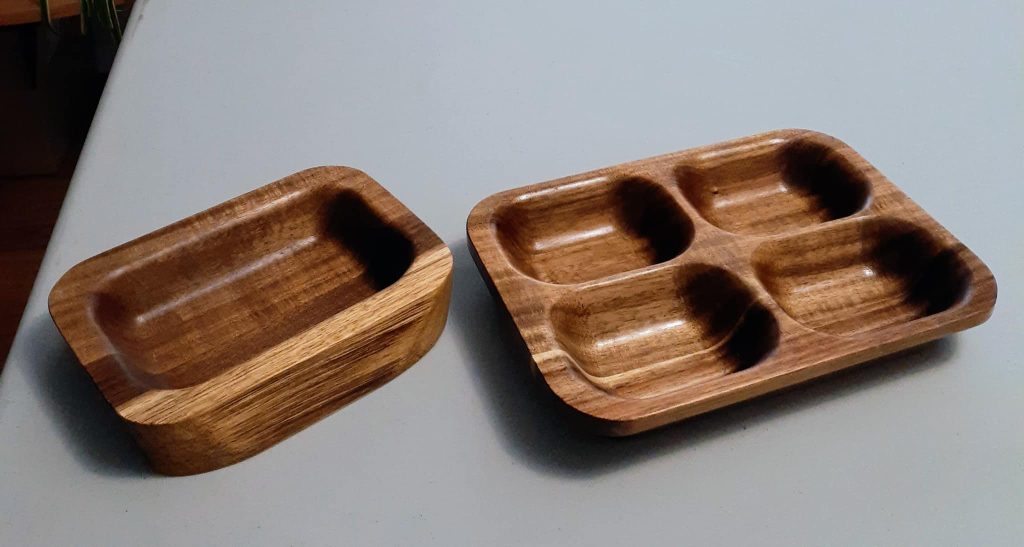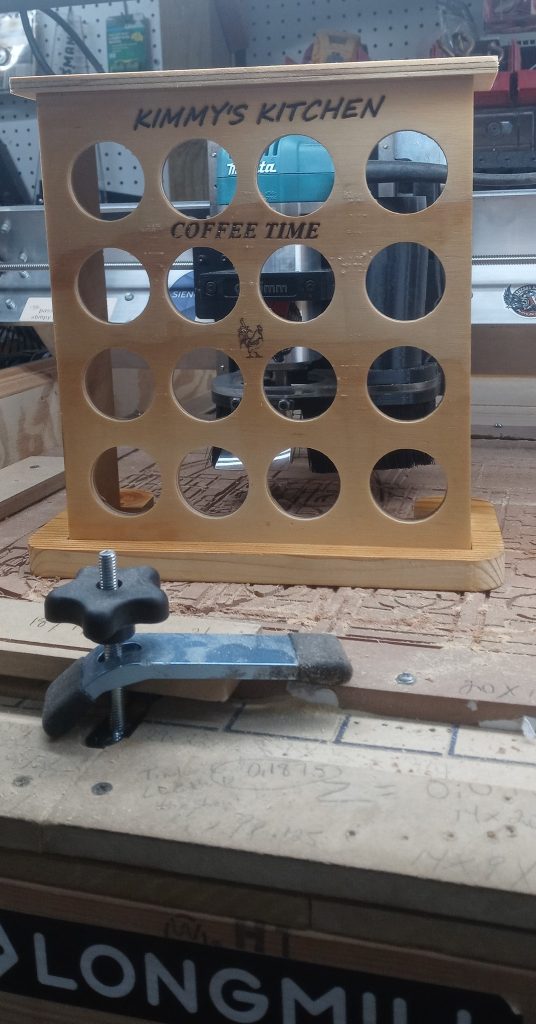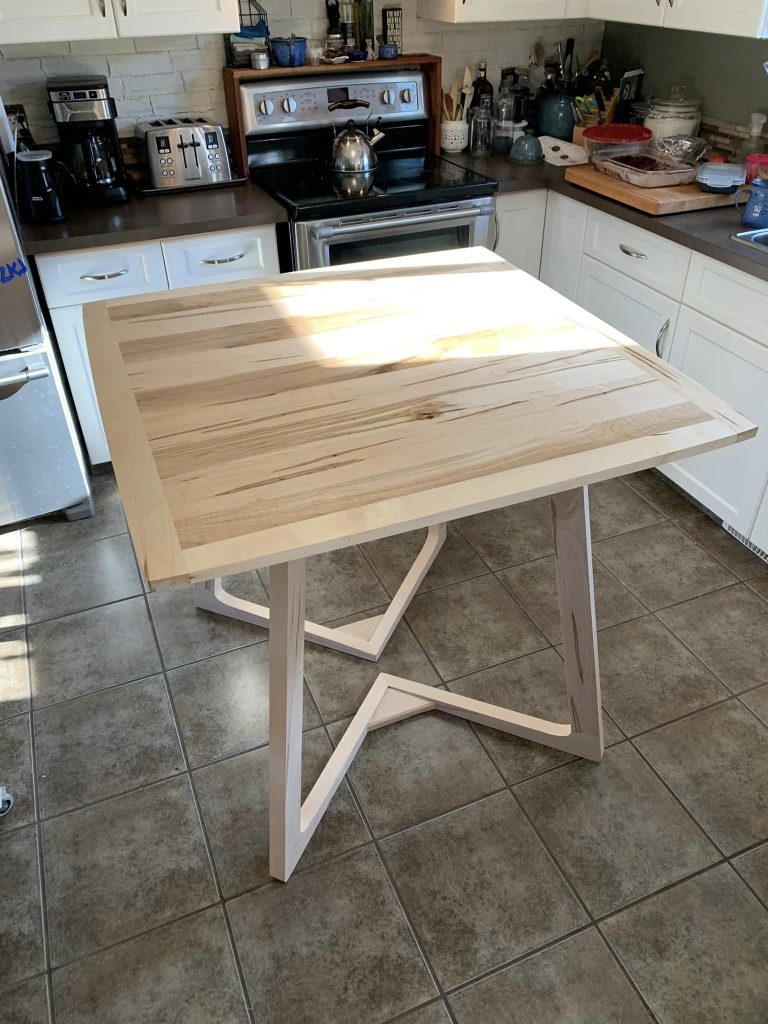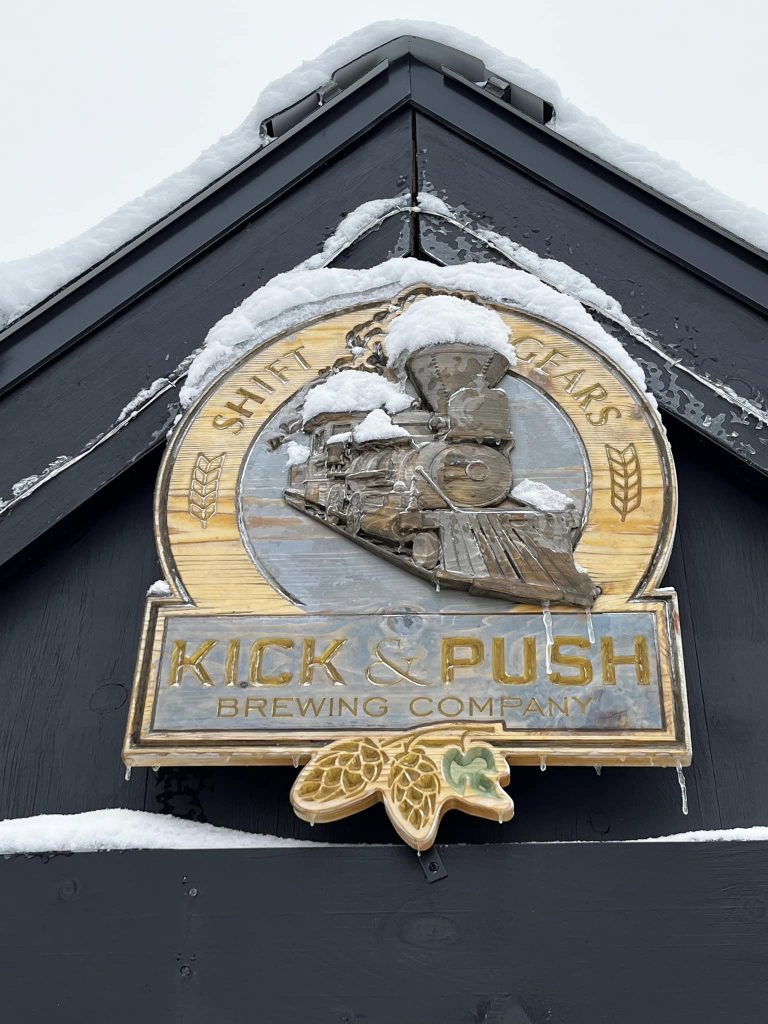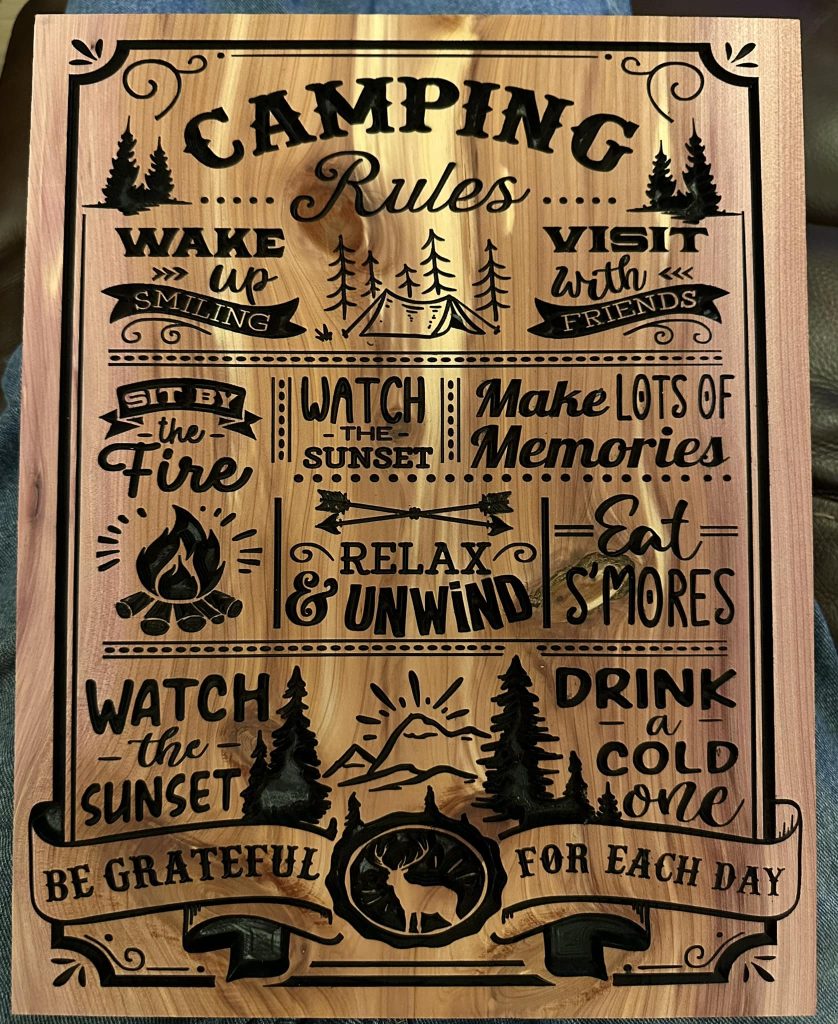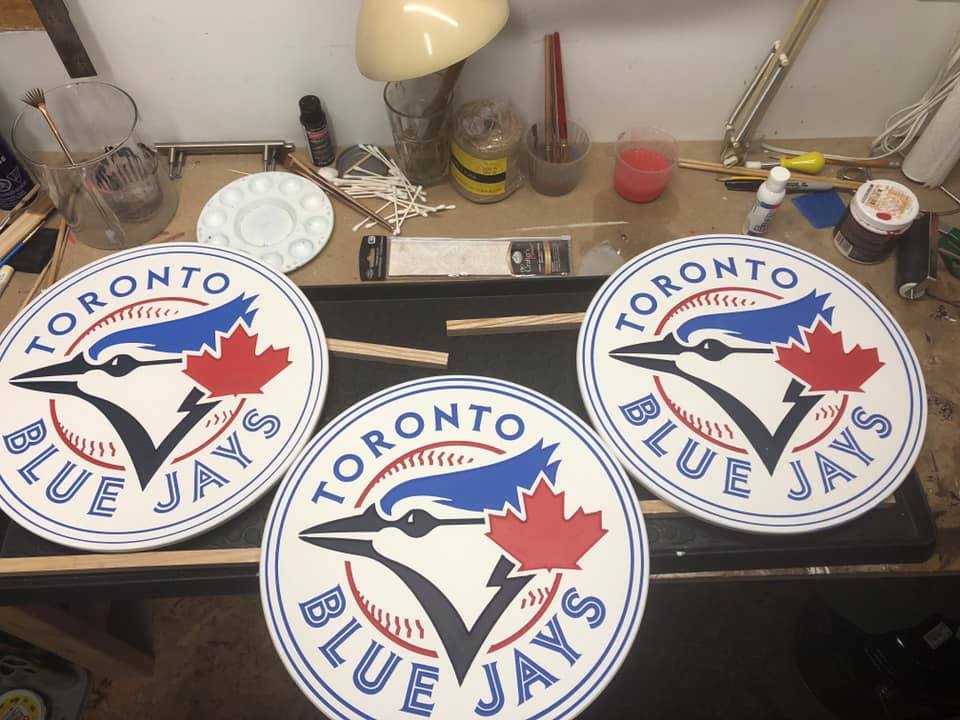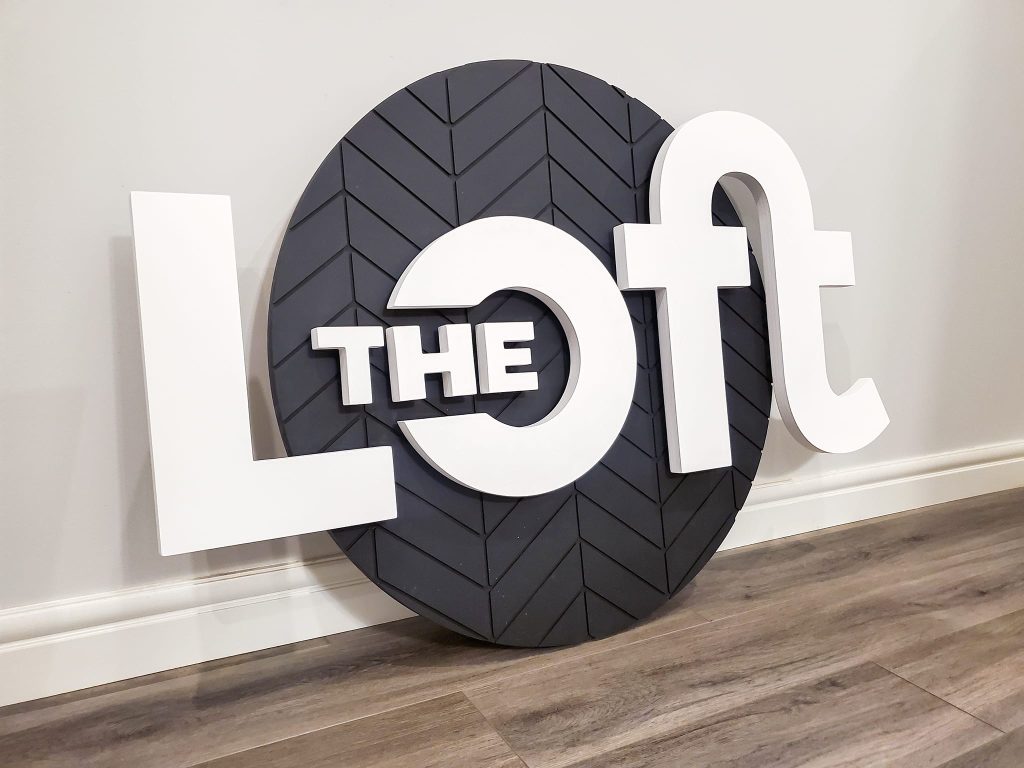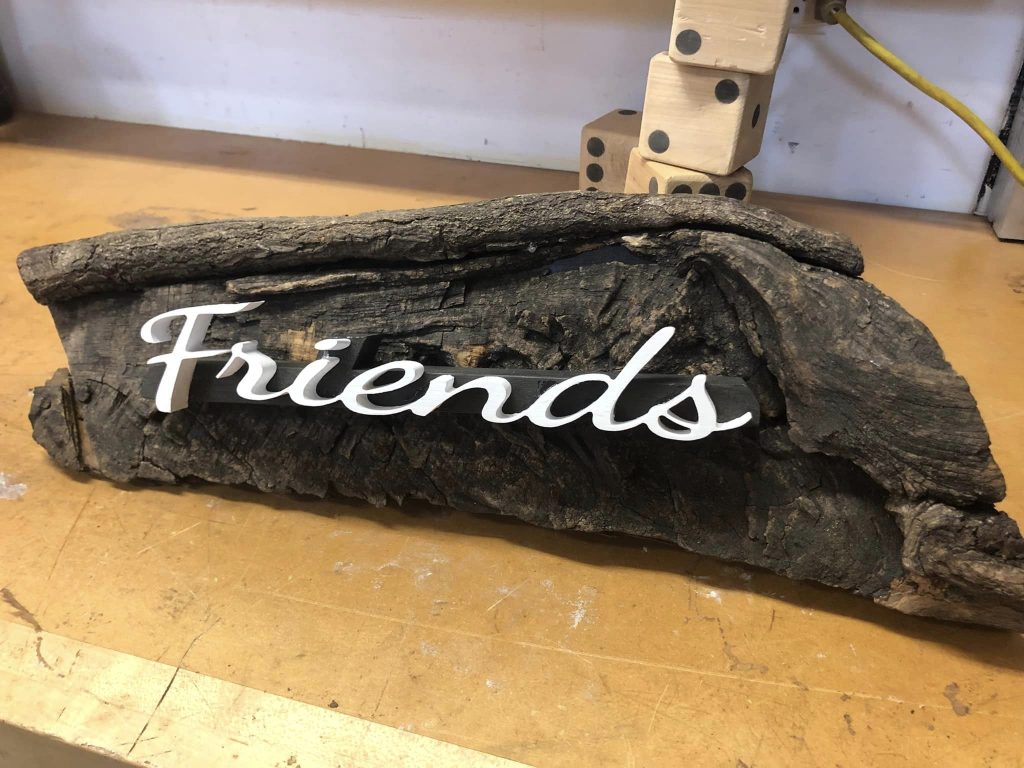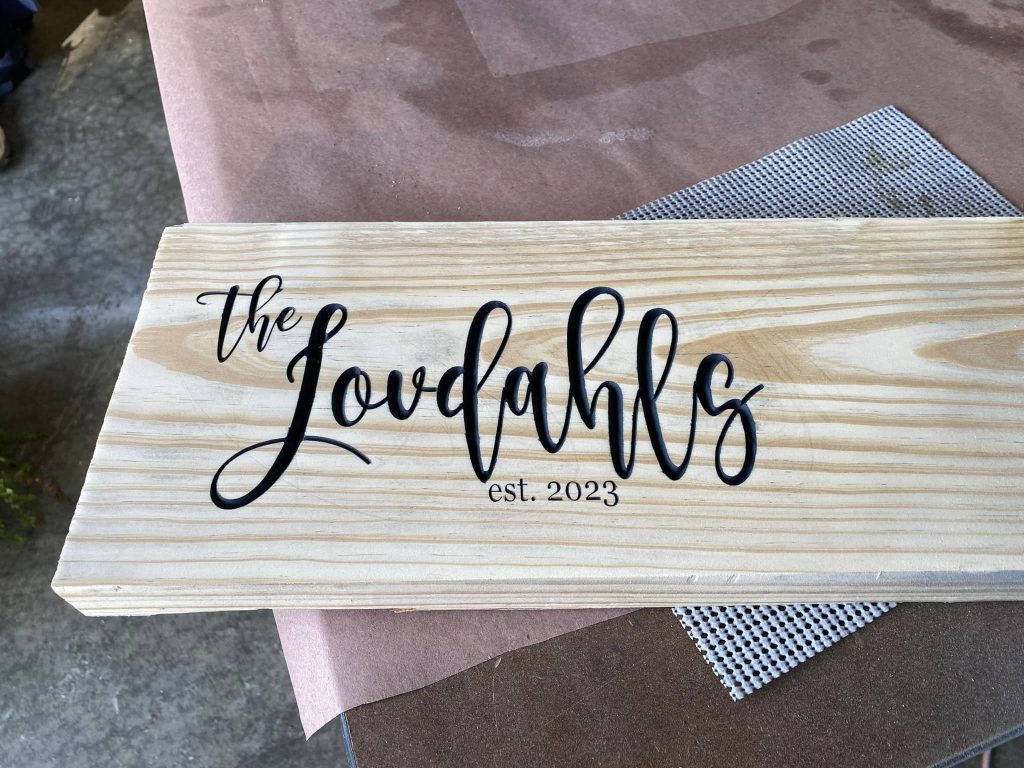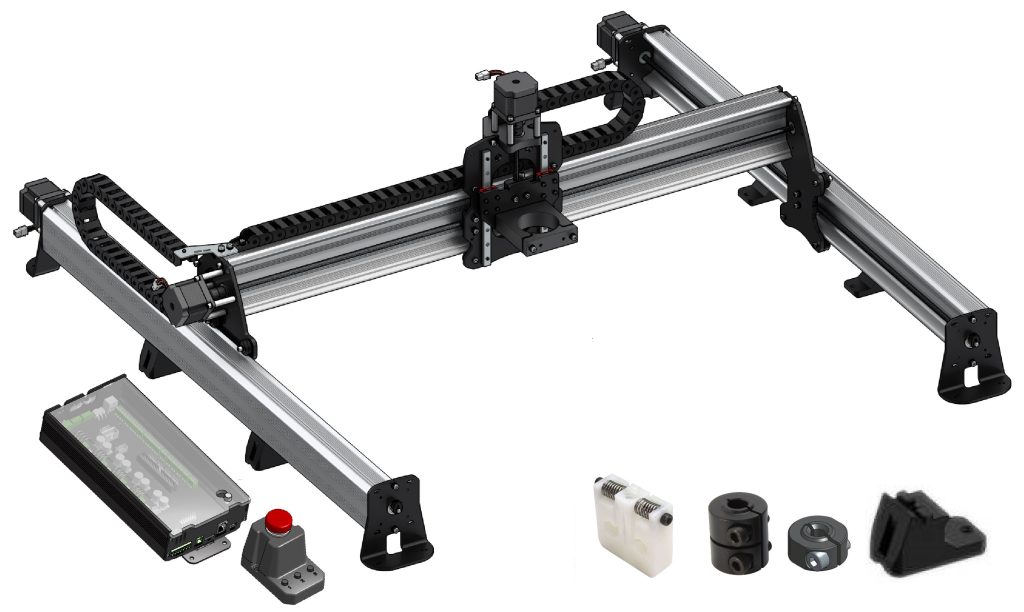Hey everyone, welcome back for our July 2024 production updates.
AltMill
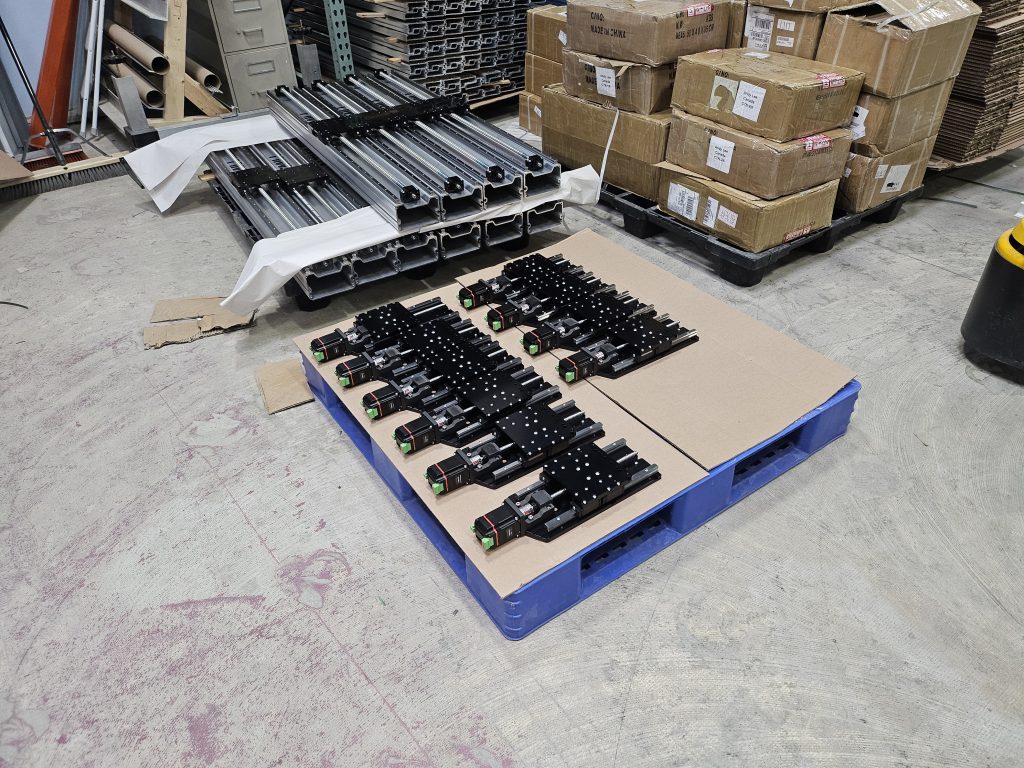
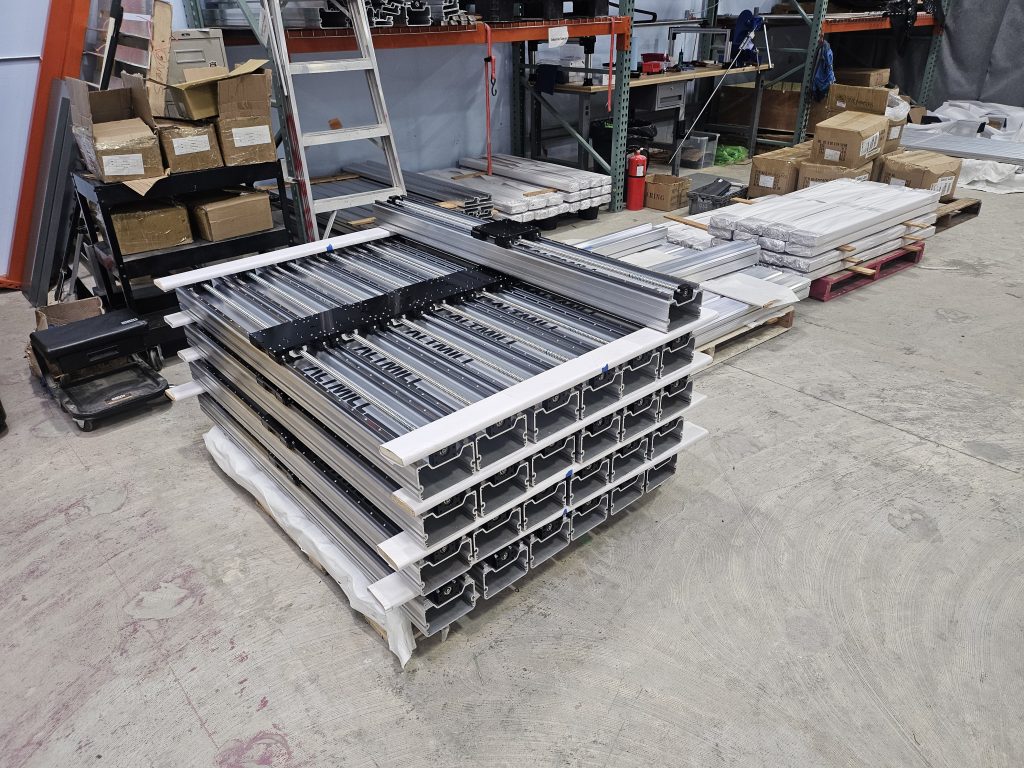
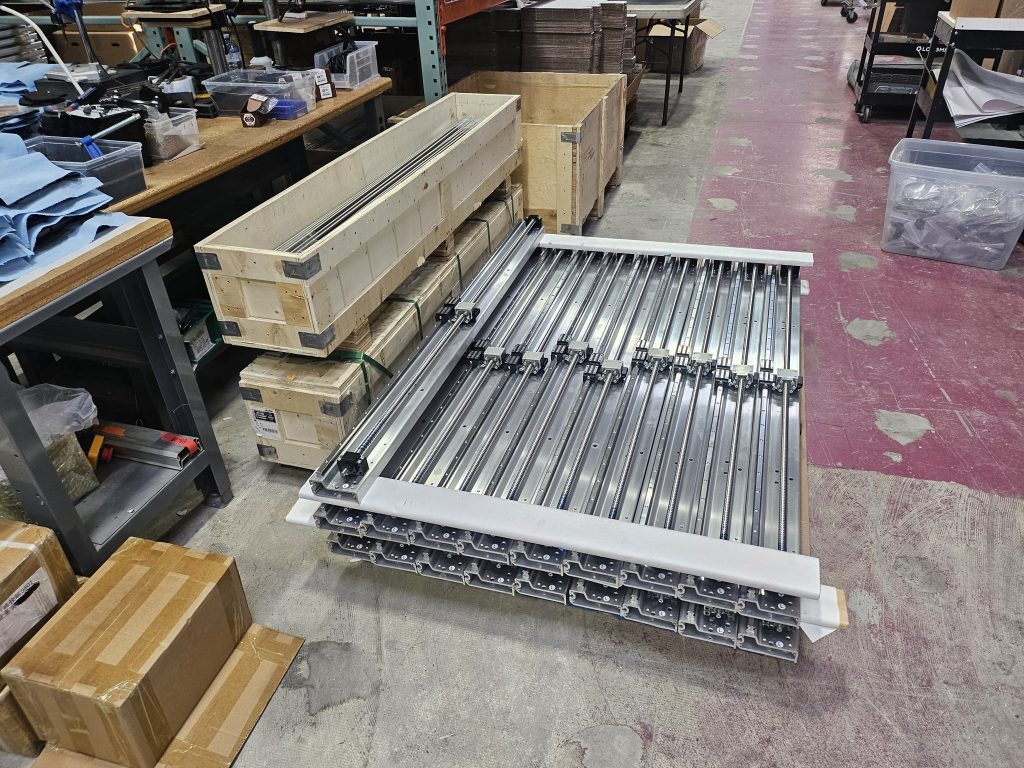
As we alluded to in the last update, we were hoping to start shipping AltMills mid-June. However, we did run into a few issues:
- There were some issues in the wiring for the spindles, which were done manually in-house to get some put together. We should have new ones arriving soon
- There were some parts on hold for coating due to some scheduling issues in the plant.
However, we are excited to announce we have started shipping AltMills! Horray!
You can also find resources for AltMill here: https://resources.sienci.com/view/am-welcome/
We’ve brought on several new people to help on the production and operations side of the AltMill so that we can ramp up shipping and iron out any kinks as they come up during our production.
Also… new gSender update is expected to come in the second week of July, which will contain settings and defaults for AltMill.
Our first batch of 200 is now sold out, and we are working on stocking up on our second batch. This means that new orders will be part of the second batch. The shipping schedule will also be largely determined by the timely arrival of those parts.
AltMill/LongMill Spindle Kit
I’m not sure where I should add some extra info about the AltMill Spindle Kit, with regards to LongMill compatibility but I’ll throw that in here for now.
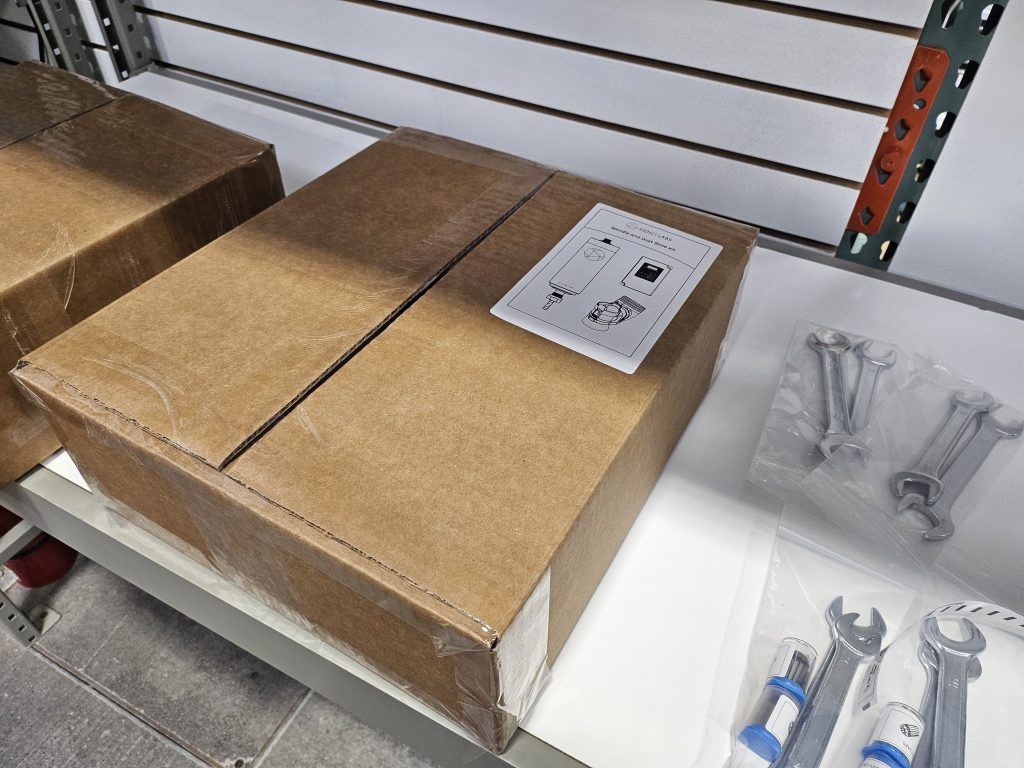
We have gotten a lot of requests for the AltMill Spindle Kit to be available as a separate purchase, and we have planned to have it available since the beginning. It is now available in our store.
This also brought up a lot of interest in official spindle support for the LongMill. Some of the factors why we are working on supporting a spindle option include:
- Now that we have established a spindle testing and QC procedure for the AltMill spindles, we can use the same techniques for supporting LongMill as well
- We have created a relationship with an established spindle manufacturer who can build to our specifications
- The production of the AltMill provides enough volume for us to order more spindles, which brings the overall cost down.
- The addition of the SLB greatly improves and simplifies the installation and setup between the controller and the VFD. The SLB and the VFD used in this package allow for RS485 communication which allows for control of the spindle speed directly through gcode and the gSender interface, and can allow for features such as “wait for spindle”, which allows the spindle to get up to speed before starting the cut.
- This interface also allows for additional safety features such as being able to stop due to spindle issues and shut things down in the case of an emergency (with the SLB)
- With the improved motor holding capabilities of the SLB, the Z axis is better able to support the weight of the axis.
I should include that the spindle can be used with the original LongBoard, however there are some limitations
- Speed control through code or gSender may not be supported out of the box. It is possible to control it using the PWM, but a converter from 5V PWM to 0-10V analogue may be needed. The spindle can be controlled manually and turned on and off directly from the VFD, and so it can still be used this way.
- The added weight of the spindle may be enough to cause the Z axis to come down when no power is going to the motors. To mitigate this, users can use the command “$1=255”, which causes the drivers to hold their position. However, this constantly powers the motors and use a lot of power. There is no way to control how much power goes to the motor and each motor draws full current when this setting is turned on. The SLB allows for specific current values when the machine is stationary, so power draw can be controlled.
With that in mind, to take advantage of the new features, it is strongly recommended to use the spindle with the SLB.
We have ordered 200 spindle kits to finish the first batch of AltMills, plus an additional 200 kits that will be shared between AltMill sales and separate spindle kit sales. These are expected to arrive in mid-August.
At this stage, the spindle used for the AltMill has been tested on the LongMill and work is being done to have completed support documentation for the LongMill. Users can order the AltMill spindle kit for their LongMills. At this moment, we don’t officially support it, but we will officially support it once our testing is complete.
This also brings up the consideration of potential support for non-Sienci machines. If you have a machine that you want us to consider working with for the spindle kit, let us know.
Additionally, we’ve checked the fit for the 80mm dust shoe to be compatible between the AltMill and LongMill. We are also working on supporting 2.5in hoses (the 80mm dust shoe uses 4in at the moment).
LongMill MK2.5
LongMill MK2.5 machine are shipping now. We are working to get lead times down as we work our way through our list of orders, but at the time of writing, most are shipping within 3-4 weeks. Please refer to the order page information for most up-to-date estimates.
More shipments continue to roll in for LongMill production, and we aren’t expecting much news at this moment for production.
Vortex
Vortex orders continue to ship out. We’re excited to announce that we are working on the official version of the independent 4th axis, which combines and external driver with the SLB to allow for all axis to move simultaneously. For those who don’t know, the Vortex is currently connected to the Y-axis drivers so that you can switch between either the Y axis or the rotary axis. The SLB has an external driver output which allows another driver to be used to control another motor, in this case, the Vortex.
4th axis support is already officially supported and documented on the Resources. Users can integrate their own drivers for full 4th-axis support. The new development we are doing will be a plug-and-play option for the AltMill and SLB-integrated LongMills.
Given that we are purchasing a lot of closed-loop steppers, we have decided that the cheapest and easiest way to provide the 4th-axis support was to integrate them. While this might be little bit wasteful for existing users, since it leaves one unused motor in the conversion, in the long run as we move towards the SLB adoption, it will be the simplest and best option for this application.

SLB
A new batch of SLBs has arrived and folks who have ordered them after our first batch of 500 units should be getting them now.
A small change that’s coming to the SLB will be in the design of the e-stops. Our initial version had an illuminated switch. However, we found that it would make more sense to have lights on the case itself since it offered more button choices and we wanted to have something more durable/easier to replace. Both buttons work the same and are interchangeable so there likely won’t be any particular notice on when this change happens. We have another 500 of the original version in production now and we’re getting things together to make another 1000 sets.
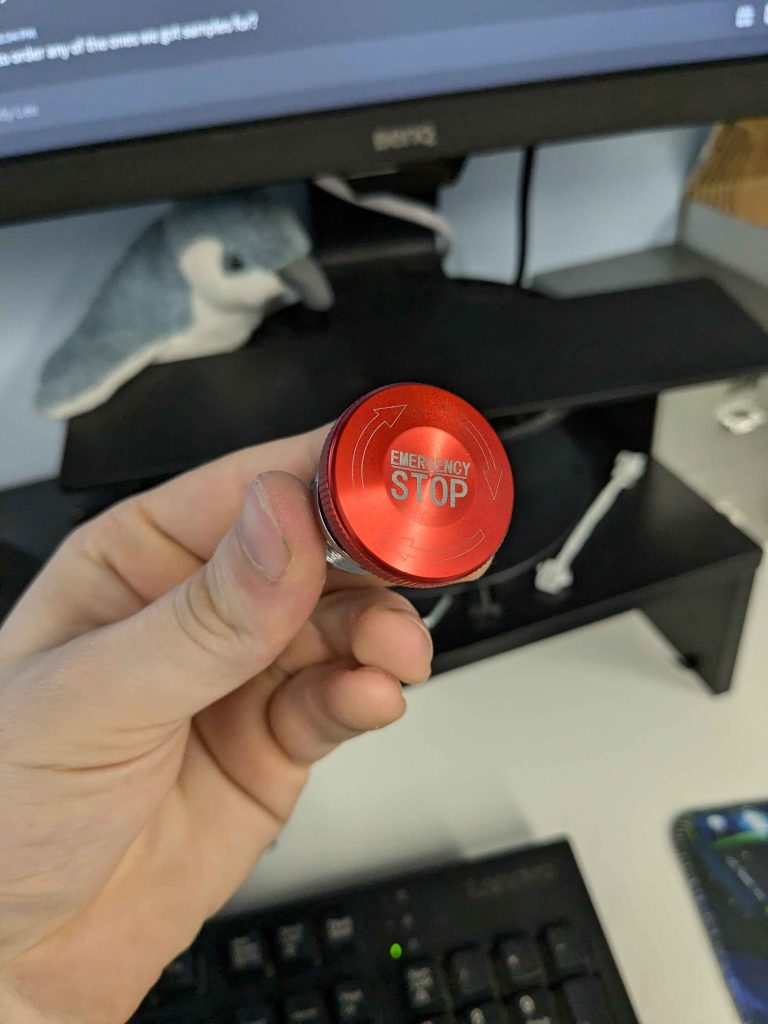
Sprouter
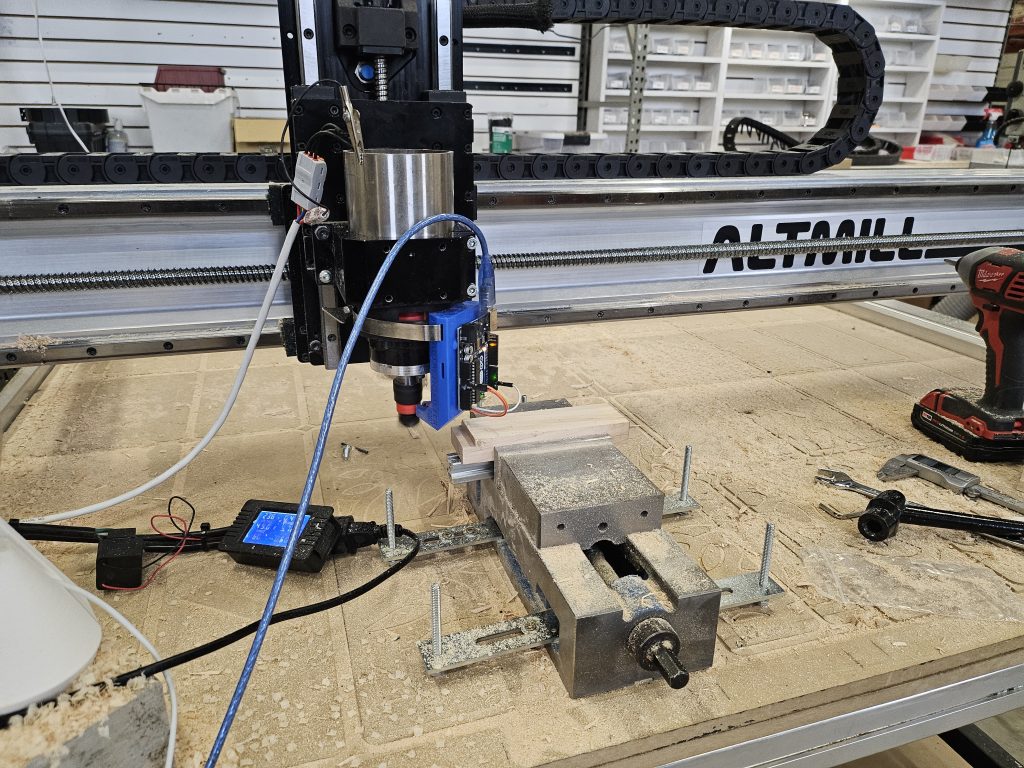
I guess one of the things that the Sprouter project has become is an exercise in understanding spindles, routers, and machining science in general.
We have received another set of prototype motors and Johann has been testing that plus the Makita router and 1.5KW spindle. Here’s a breakdown:
- At the lowest level, the Makita has the highest torque, but drops proportionally to the speed (green)
- The spindle keeps a fairly flat torque curve, but needs to spin above 20,000RPM to see power advantages over the Makita (blue)
- The BLDC/Sprouter tested in various configurations show the potential to have a higher power output between the spindle and Makita router.
It also looks like the sensorless BLDC speed response was greatly improved in the new iteration. However, because the motor was built and tested to run at 160V (to be voltage compatible for both 110V and 220V), testing at 220V gives very good results, testing at 110V does not have an acceptable response time.
The manufacturer is currently working on a new version specifically tested and manufactured for 110V use only, which in theory should have similar performance as our current version, with the compatibility for 110V.
I should include some disclaimers here:
- While this shows the maximum power output, it may not reflect real-life optimal use. For example, running the Makita at it’s highest power level can destroy itself, whereas a spindle/sprouter is designed to run at the higher level for longer.
- Power output was calculated through indirectly with speed and torque simulation under real-life cutting loads, as our dyno cannot handle this level of power at this moment, it would be
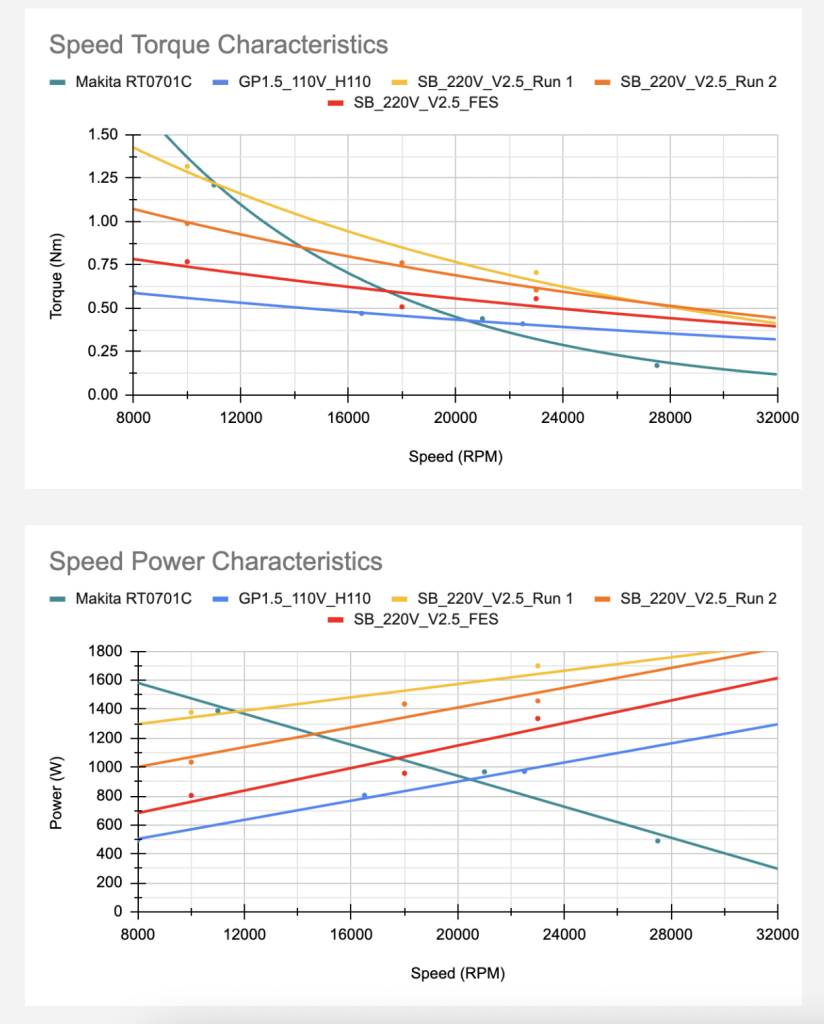
Here are some current conclusions:
- The BLDC, after all the work, shows a lot of promise. These are results that we feel are “extraordinary”, which is that because they are so good, we have to make sure they are actually true. If the results are actually accurate, then in theory, it is possible to design a spindle using BLDC that could outperform a 1.5KW spindle.
- There is also a massive potential for this technology to be used in more applications outside just our machines. Perhaps it opens up a new roadmap for the company? We feel that after all of this work and development focused in this space, we may be one of, if not the only company doing this R&D, and perhaps the only one who is in the position to put out a new revolutionary (haha, bad pun), spindle design and platform.
- This also feels like uncharted territory, so there’s a lot of business end planning we need to do to decide how we want to keep committing to this project.
In other news, the testing of the Makita clone was not very good, as the speed control was poor. After some back and forth with the manufacturer, we are expecting to have a new sample with much-improved speed control soon. This version won’t have the 5V PWM input yet, but we should know if the performance is acceptable before moving onto this next step.
Panel Computer
We have now received the new batch of fanless panel computers and they are pretty great.
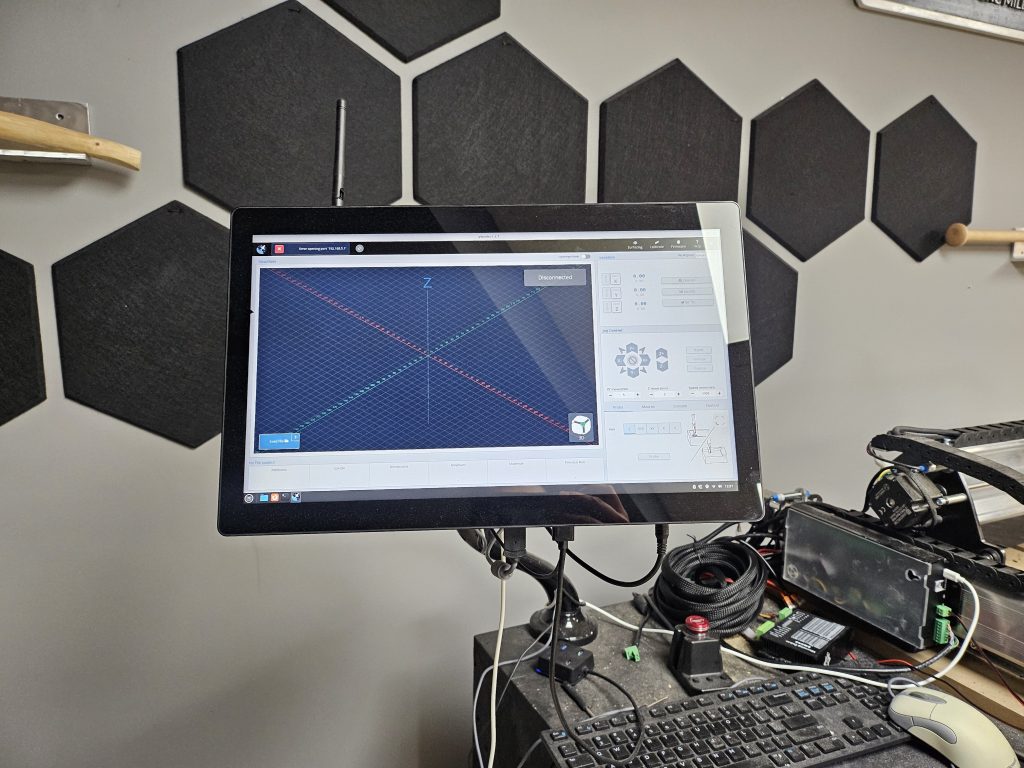
There are a few things we’re trying to decide on. One of them is which operating system to use. The two main contenders are Windows 11 and Linux. These are some of the things we are trying to weigh:
- Linux is free. Windows on the other hand, is pretty configurable, but does cost money. We aren’t exactly sure what that cost would be, as some sources offer it for $10-65USD, whereas the Microsoft store sells them directly for around $139USD. For us to be able to offer Windows as an option, we would need to navigate getting the licenses legally.
- Pretty much everyone either knows how to use Windows or has used it at some point. Linux on the other hand has a pretty small following. This may make some of the support for Linux more difficult, since there are a lot of info and resources available for Windows.
- Based on initial testing, the performance of gSender on the same hardware running Linux is slightly less fast than on Windows. We are still trying to iron this out, but we suspect that due to the differences in the drivers and optimization, going with Linux may mean there needs to be some additional optimization on gSender to make it compatible.
Here are my current thoughts.
- If we can get Windows licenses at a small cost, it would be a better option because we know that it works and people are familiar with it. We would of course have to pass this cost off to the customer, but I think people would be willing to pay a little extra for being able to use the platform they are familiar with.
- We can create images for both Windows and Linux, and they can be available for anyone to download and use. They should in theory work for both the panel computers we will sell and other computers as well, but we’ll only know once we do the testing. This means that if people want to switch between operating systems, or use their own computers, they can do that.
Currently, we are:
- Looking for a way to get legitimate Windows licenses
- Testing with Windows and Linux
- Testing and designing ways to attach the panel computer to the machine
If you want to provide any extra feedback for the Panel Computer, please feel free to fill out the survey.


